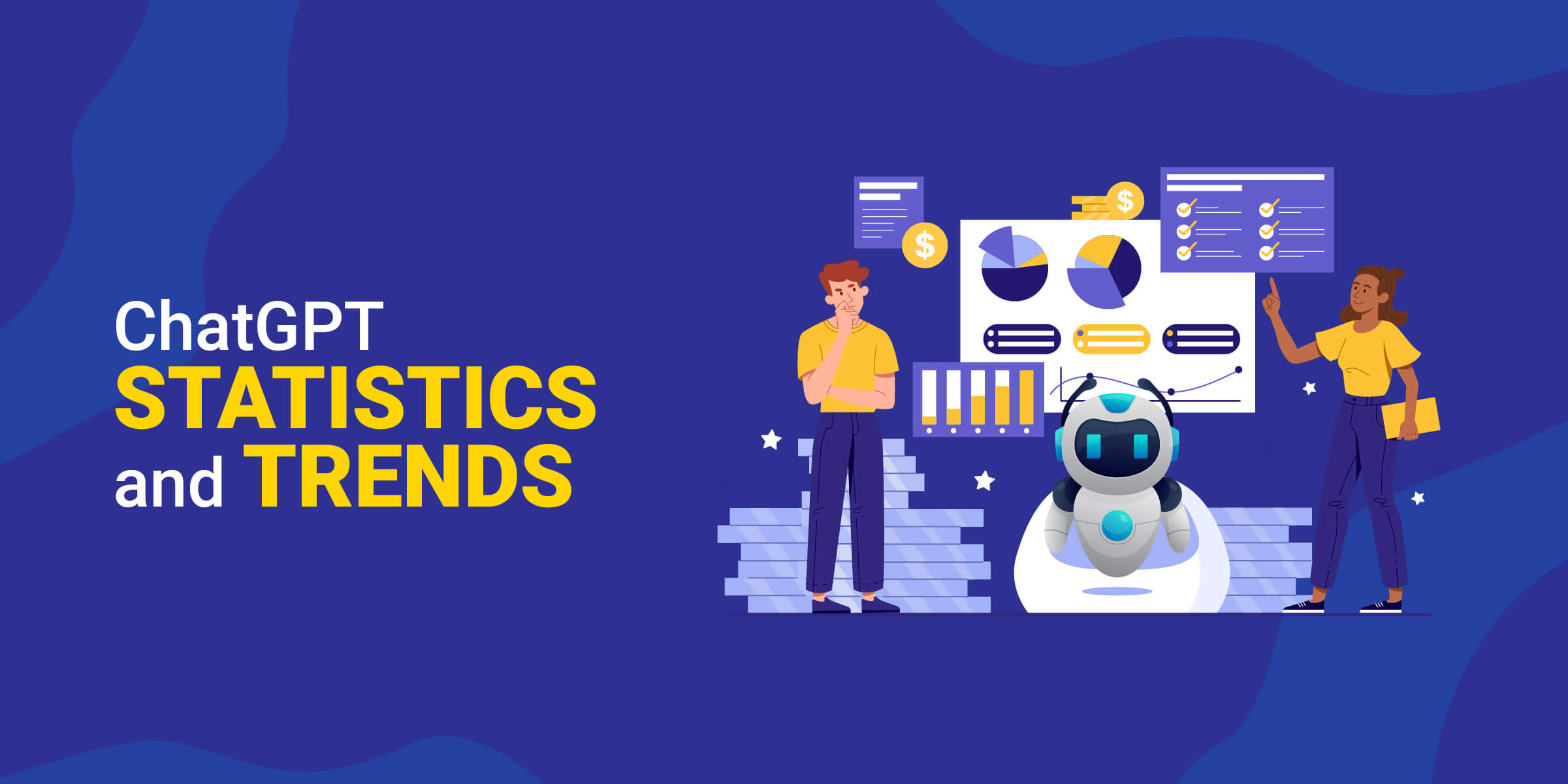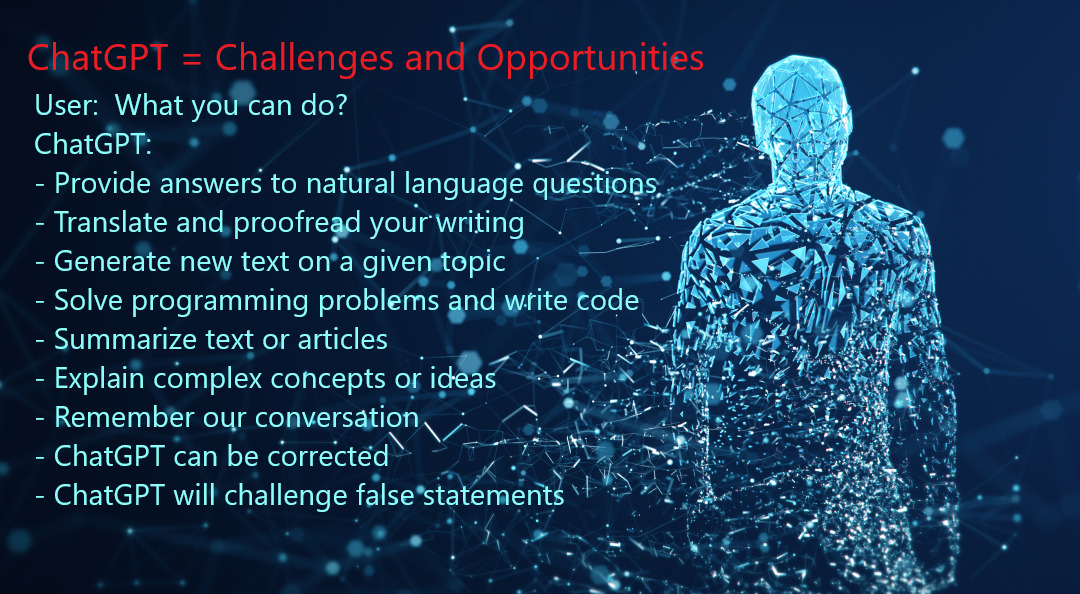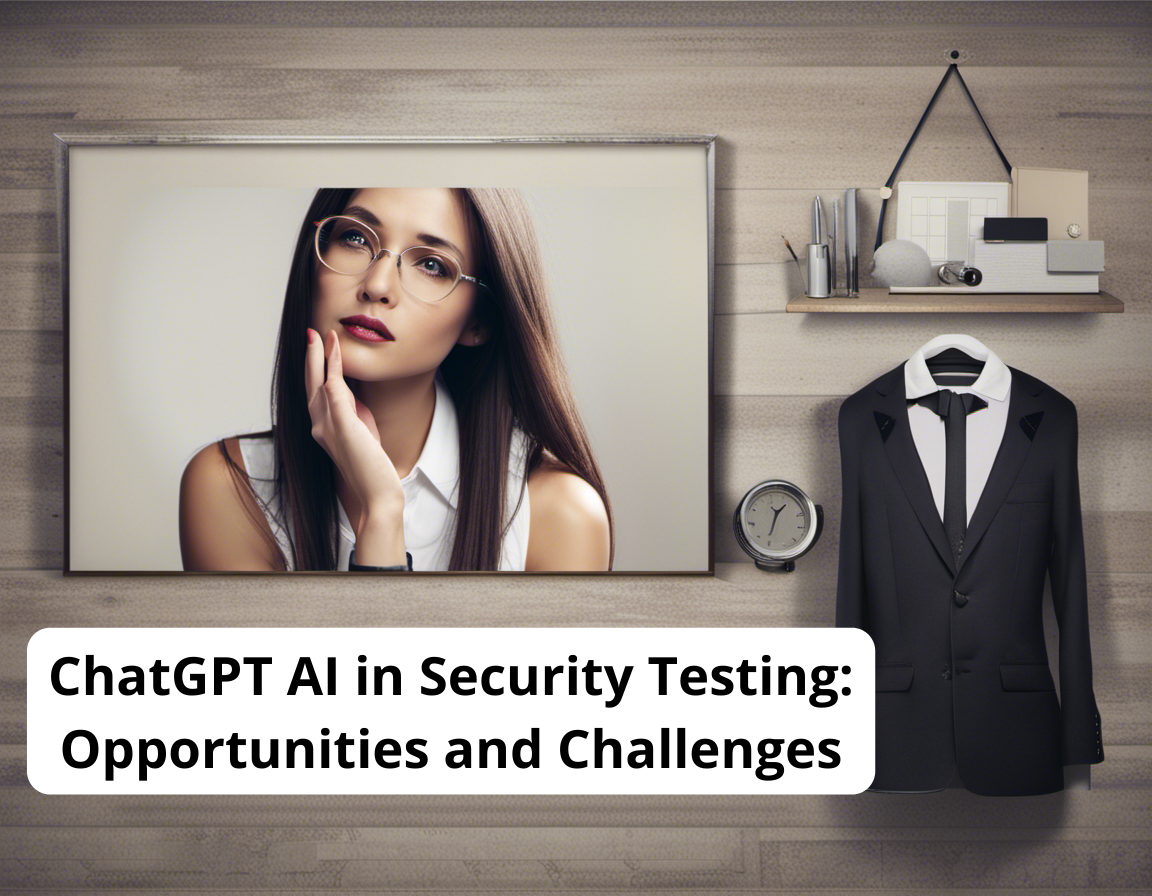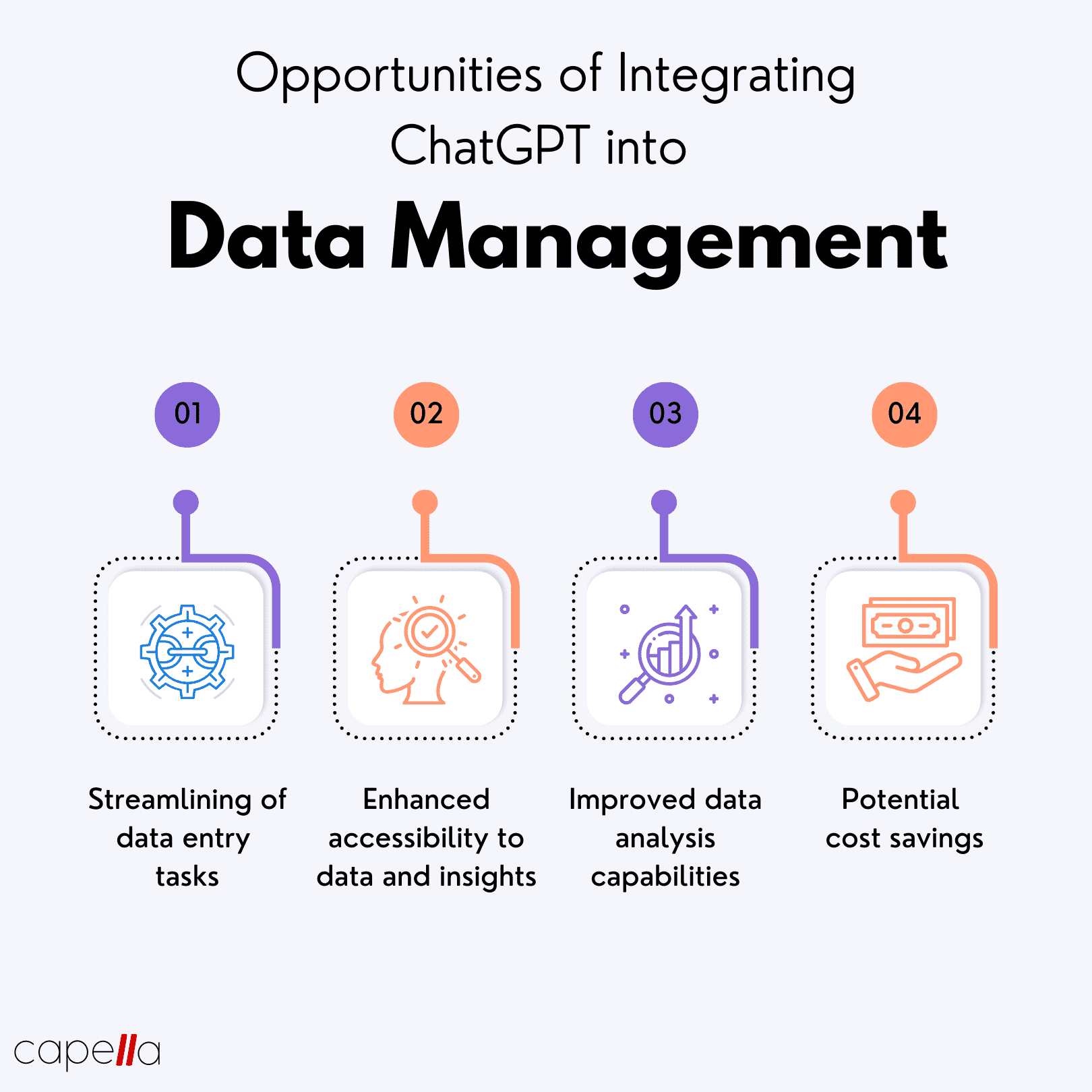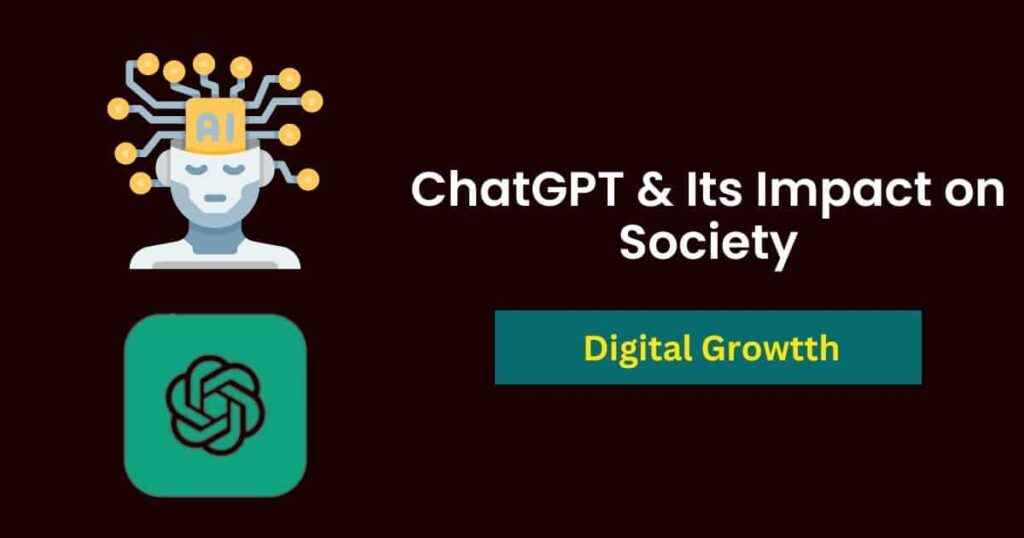Introduction to Artificial Intelligence
The chapter titled 'Introduction to Artificial Intelligence' provides a comprehensive overview of AI, focusing on its definition and scope, historical developments, key milestones before the advent of ChatGPT, and the transformative impact post-ChatGPT. The definition and scope of AI are explored through its multifaceted applications across sectors like healthcare, agriculture, and education, with particular emphasis on ethical considerations and quality standards in AI deployment, as highlighted in 'Role of Ethics in Developing AI-Based Applications in Medicine' and 'AI Quality Standards in Health Care'.
The historical overview delves into significant milestones leading up to the release of ChatGPT, examining AI's evolution and its influence on fields such as medicine, as seen in 'The Role of Artificial Intelligence in Improving Patient Outcomes'. The progression towards AI's integration in enterprise knowledge systems and healthcare organizations is underscored, pointing to a growing trust and privacy discourse in AI adoption.
The introduction of ChatGPT marks a pivotal moment in AI development, showcasing advancements in natural language processing and its implications for medical education and diagnostics. The 'ChatGPT in Medical Education' article highlights concerns of automation bias, while 'Combining large language models with enterprise knowledge graphs' discusses enhanced understanding capabilities.
Post-ChatGPT, the landscape of AI has transformed, significantly impacting industries and sparking debates on ethical and legal frameworks. Articles like 'AI's Paradox in the Power Sector' and 'AI transformation' address both opportunities and uncertainties that arise with AI's expanding role. Overall, the chapter emphasizes AI's dynamic nature and its potential to redefine various domains, while advocating for responsible innovation and ethical alignment in AI's future trajectory.
1.1 Definition and Scope
The definition and scope of artificial intelligence (AI) remain diverse and dynamic across various fields, underscoring the necessity for context-specific interpretations. Different sectors adopt unique scope definitions that align with their specific needs. In project management, scope definition plays a critical role in aligning client specifications with project goals, cost estimates, and quality control measures [1][6]. Similarly, in the retail sector, AI is leveraged to optimize strategies by analyzing shopper data through advanced modeling techniques [2]. Life cycle assessments in fields such as sustainability and environmental studies begin with a clear definition of goals and scope, which guides subsequent research and interpretation [3][5]. In design and architecture, scope definition aids in systematically mastering various aspects of product and service development, from initial user insights to prototype testing [4]. As AI's applications continue to expand, the lack of a universal AI definition poses challenges for legal regulations and open-source initiatives [7][11]. This ambiguity can lead to issues in standardizing AI technologies and their ethical implications [10]. Furthermore, the ongoing discussion about open-source AI reflects the complexity and rapid evolution of AI, necessitating adaptable and comprehensive definitions that accommodate new technological advancements [9][12]. The absence of a standardized AI definition also impacts related domains, such as finance and public health, where scope definitions must be broad and inclusive to address evolving challenges and opportunities [8][13]. Overall, defining AI and its scope requires continuous refinement and contextual understanding to keep pace with technological and societal changes.
1.2 Historical Overview
The history of artificial intelligence (AI) has been marked by significant advancements and periods of stagnation. AI has found applications across diverse fields such as medicine, education, and industry, enhancing functionalities and providing new capabilities. In healthcare, AI has been pivotal in optimizing service delivery and improving patient outcomes [14]. It has facilitated the creation and management of smart objects in the construction industry, closely associated with robotics [15]. In the realm of education, AI has been utilized to evaluate emotions and enhance learning environments [16]. The early development of AI, dating back to its conceptualization in 1956 by John McCarthy, was followed by periods known as the 'AI Winter,' where interest and funding diminished due to unmet expectations [17]. The 'AI Winter' highlighted the challenges of sustaining momentum and support in the face of technological hurdles and limited progress. AI's resurgence in recent years is marked by its integration into everyday applications, such as social media and personalized content, showcasing its adaptability and expanding influence [18]. AI's evolution is also influenced by factors such as human intervention and environmental conditions, reflecting its complex and dynamic nature [19]. The continuous development of AI technologies promises further integration into various sectors, driving innovation and efficiency [20].
1.3 Major AI Milestones Pre-ChatGPT
The development of artificial intelligence (AI) has seen significant milestones, particularly with the conceptualization and evolution of the Turing Test. Proposed by Alan Turing in 1950, the Turing Test is designed to assess whether a machine can exhibit intelligent behavior indistinguishable from that of a human [21]. This test has been a foundational element in AI development, deeply influencing how we perceive and measure artificial intelligence today [25]. An interesting offshoot of the Turing Test is the CAPTCHA, introduced in 2000 as a 'Completely Automated Public Turing Test to Tell Computers and Humans Apart', which helps prevent automated bots from accessing certain online services [23]. Over the years, there have been various implementations and adaptations of the Turing Test, such as the Loebner Prize competition, which utilizes the standard Turing test format [22]. Additionally, chatbots like Eugene Goostman have been notable for allegedly passing the Turing Test, showcasing the advancements in AI's conversational abilities [24]. The Turing Test's impact is not just historical; it remains relevant as AI systems, including ChatGPT, continue to challenge and even pass variations of the test, indicating ongoing progress in machine intelligence [27]. The test's philosophical implications continue to provoke debate about the nature of intelligence and the capabilities of machines [26]. As AI technologies advance, such as through neural networks and machine learning algorithms, the benchmarks set by the Turing Test remain a significant point of reference in the field [28].
1.4 Introduction of ChatGPT
The introduction of ChatGPT has marked a significant milestone in the field of artificial intelligence and natural language processing. Launched by OpenAI in November 2022, ChatGPT is based on a Generative Pretrained Transformer (GPT) model, which is designed to process and generate human-like text responses. This technology has revolutionized communication by facilitating seamless interactions between users and AI, enabling applications across various domains, including web development, healthcare, and education [29][31][32]. The initial reception of ChatGPT was remarkable, with it reaching 1 million users in just the first week after its introduction, illustrating its widespread appeal and utility [33]. The impact of ChatGPT has been compared to the introduction of HTML during the early days of the internet, emphasizing its transformative potential in technology and communication [30]. Despite its advantages, ChatGPT's integration into sectors like healthcare has been met with mixed reactions, with some researchers expressing concerns over its applicability and potential risks [32]. Moreover, the debut of ChatGPT prompted competitive responses from other tech giants, such as Google, which launched its own AI model, Bard, to keep pace with OpenAI's advancements [34]. The launch of ChatGPT has also paved the way for subsequent innovations, including the introduction of ChatGPT Plus, a paid version offering enhanced features and performance, catering to users seeking more from the platform [35]. Overall, the introduction of ChatGPT represents a pivotal development in AI, showcasing the power of generative AI models in transforming industries and everyday tasks.
1.5 Post-ChatGPT AI Landscape
Since the release of ChatGPT, there has been a significant shift in the AI landscape, marking what many consider a new era of artificial intelligence [37]. ChatGPT's introduction has not only sparked a surge in AI adoption across various industries but has also facilitated numerous innovations and applications [40]. This generative AI tool has been recognized for its transformative impact, akin to major historical technological advancements, and has been deemed fundamental by industry leaders [42]. The influence of ChatGPT extends beyond simple conversational AI, influencing sectors such as healthcare, education, and business, by providing innovative solutions and improving productivity [43]. Moreover, the use of AI technologies like ChatGPT in global contexts raises important ethical discussions, particularly concerning its impact on environmental and social justice [36]. The rapid proliferation of AI post-ChatGPT has also led to increased occurrences of fraudulent activities, such as vishing and smishing, highlighting the need for improved cybersecurity measures [41]. Additionally, AI tools have been integrated into existing software to enhance user experience and support complex tasks, further cementing AI's role in the modern technological landscape [38]. As companies race to integrate AI into their operations, ChatGPT continues to be a central figure, with many organizations adopting it for content creation and customer interaction [39]. These developments underscore the broad and deep impact that ChatGPT and similar AI tools have had on both technological innovation and societal structures [44].
AI Developments from 2022 Onwards
The chapter 'AI Developments from 2022 Onwards' delves into the rapid advancements and integration of artificial intelligence across various domains, particularly following the release of ChatGPT. A significant focus is on advancements in natural language processing, highlighting the synergy between large language models and enterprise knowledge graphs. This collaboration enhances natural language understanding, thus revolutionizing healthcare, where AI applications improve patient outcomes and healthcare delivery, particularly in cardiology and diagnostics.
The chapter also examines AI integration across industries, emphasizing the transformative role AI plays in sectors like agriculture, healthcare, and energy. The emergence of AI-capable organizations is crucial for successfully harnessing AI's potential, despite the paradoxical challenges such as data privacy and trust in AI adoption, especially in developing countries.
Ethical and societal impacts are addressed, focusing on the development of trustworthy AI systems. The intersection of AI with healthcare showcases ethical challenges, while discussions on automation bias in medical education underscore the need for responsible AI implementation. Legal regulations and ethical considerations are paramount as AI continues to influence social structures.
Major AI conferences and publications are pivotal in disseminating the latest AI research and fostering collaboration. The chapter highlights open-source initiatives and the importance of collaboration to drive AI innovation, encouraging shared knowledge and resources. These collaborations are essential for addressing global challenges and unlocking AI's full potential, thus shaping the future of industries and society.
2.1 Advancements in Natural Language Processing
The advancements in natural language processing (NLP) since 2022 have been marked by significant developments in large language models (LLMs) and transformer models, which have been applied across various complex NLP tasks. Recent studies have benchmarked different variants of transformer models on multiple NLP tasks and datasets, underscoring the importance of these models in contemporary research [46]. Furthermore, domain-informed NLP techniques have been employed at scale, characterizing specific instances to enhance the accuracy and efficacy of language models in specialized fields [47]. The integration of multimodal processing capabilities has also been a focus, as seen with models like H2O.ai's small language models and the VALOR pretraining model, which aim to improve understanding and generation across different data modalities [49][50]. In healthcare, LLMs have demonstrated remarkable potential, with reports of their ability to pass board examinations, leading to increased interest in their clinical applications [51]. Additionally, NLP has played a crucial role in refining and visualizing data, as evidenced by the use of NLP techniques to filter irrelevant terms and present results in a more digestible manner [48]. Despite the advancements, the effectiveness of theoretically efficient models on real-world NLP tasks remains underexplored [45]. These developments indicate a trend towards more integrated and versatile NLP solutions capable of handling complex and multimodal tasks, while still facing challenges in fully realizing their potential in practical applications.
2.2 AI Integration in Industries
AI integration across industries is accelerating, with various sectors adopting AI to improve efficiency, productivity, and innovation. In healthcare, XRP Healthcare is utilizing AI and blockchain to lead advancements, emphasizing the importance of integrating AI with real-world data for enhanced decision-making [52][57]. Similarly, AI is revolutionizing intensive care units by offering both opportunities and challenges for critical care [58]. In finance, AI tools are enhancing psychological safety and work-life balance for financial engineers, showcasing the potential of AI-driven solutions to mitigate stress in high-pressure environments [53]. Despite these benefits, industries face structural challenges, such as data privacy concerns and regulatory compliance, as they aim to bridge technological capabilities with consumer confidence [60]. The software development sector is experiencing significant transformation with AI-augmented development, which boosts developer productivity [55]. IBM's App Connect facilitates AI-powered data transformation between various applications, demonstrating the utility of AI in simplifying data management tasks [56]. Moreover, the integration of AI in radiology is being explored to improve education and clinical practice, indicating a shift towards AI-driven diagnostic tools [59]. As AI becomes more integrated into daily operations, organizations like HiddenLayer focus on AI security by mapping risk detection to industry standards and integrating it seamlessly into existing workflows [54]. Apple's recent technological advancements also highlight AI's increasing role in consumer electronics, with improvements in AI-powered features enhancing user experience [63]. Overall, while AI's integration across different sectors holds immense promise, ongoing challenges such as ethical considerations, privacy, and effective data management need to be addressed to fully realize AI's potential [61][62].
2.3 Ethical and Societal Impacts
The ethical and societal impacts of AI have become increasingly complex and significant, particularly since the development of advanced AI technologies like ChatGPT. One of the key ethical concerns is in the field of medicine, where AI is used extensively. Ethical issues in medical AI include the potential for discrimination biases, privacy concerns, and the opacity of AI decision-making processes [58][70][72]. In education, the use of AI-driven tools presents challenges related to algorithmic bias, privacy, and the reliability of AI-generated content [66][69]. These issues are compounded by the black-box nature of AI, which complicates understanding and governance [68][71]. In response, guidelines and frameworks are being developed to establish common approaches to addressing these challenges [67]. The adoption of AI in financial services also highlights the importance of addressing ethical concerns such as fraud detection and ensuring fairness and accountability [65]. Across various sectors, there is a broad consensus on the need for responsible AI implementation to mitigate these ethical issues. This involves anticipating potential ethical challenges to maintain public trust and ensure the safe deployment of AI systems [74][75]. Ultimately, the ethical issues linked to AI's societal impact necessitate ongoing dialogue and proactive governance strategies to secure its responsible integration into various domains [64][73].
2.4 Major AI Conferences and Publications
The landscape of AI conferences and publications has expanded significantly since the release of ChatGPT, marking notable developments in the AI sector. The Dartmouth AI Conference, held on September 29, 2023, at Tuck School of Business, introduced a new platform for AI discussions and highlighted the increasing institutional interest in AI research and education [76]. The World Artificial Intelligence Conference (WAIC) showcased advancements in large-language models and generative AI products, reflecting the cutting-edge research and industry applications in AI [77]. In healthcare, the MIT-MGB AI Cures conference in 2023 demonstrated a significant increase in participation, focusing on clinical AI and its potential to revolutionize healthcare delivery [78]. This highlights the growing interest in integrating AI technologies in various sectors, emphasizing its transformative potential in health [79]. Additionally, the Fortune Brainstorm AI conference series announced for 2024 is set to expand globally, illustrating the expanding reach and influence of AI discourse across major cities [81]. Another noteworthy conference was the GNSI Tampa Summit, which delved into AI's role in international power dynamics and cooperation, underscoring AI's impact beyond technological innovation into geopolitical realms [80]. Furthermore, the Analytics Frontiers Conference slated for 2024 will cover pivotal AI topics such as Explainable AI, AI Ethics, and Natural Language Processing, emphasizing the importance of these areas in the future of AI development [83]. The Absolutely Interdisciplinary Conference also emphasized AI's ethical implications, with Google Research's vice president discussing AI's ethical dimensions and risks, highlighting the ongoing dialogue about AI governance [82]. These conferences collectively reflect a dynamic and expansive discussion on AI, covering aspects from technical advancements to ethical considerations, shaping the future trajectory of AI across multiple domains.
2.5 Collaboration and Open Source Initiatives
The advent of collaborative and open source initiatives has marked a significant milestone in the development of artificial intelligence (AI) post-2022. Such initiatives have underscored the importance of collective efforts in various domains, including healthcare, education, and technology. For instance, the Santa Ana Unified School District's AI Policy Lab reflects a commitment to safe and equitable AI integration in educational settings, emphasizing collaboration for enhanced transparency and effectiveness [84]. Similarly, the Connecticut Health AI Collaborative is actively recruiting experts to foster innovation in AI healthcare applications [86]. Open source projects, like those supported by the Linux Foundation, are critical as they promote a collaborative development environment, which is essential for advancing AI technologies [89]. The Private AI Collaborative Research Institute, involving multiple universities, exemplifies how open access and shared resources can drive significant research progress [89]. Moreover, AI's role in facilitating collaborative production in the digital realm is noteworthy. AI technologies are revolutionizing the creation of dynamic content and fostering collaborative efforts in sectors like video editing, as seen with tools like the AI-powered collaborative video editor, Ozone [90]. Collaborative intelligence, which combines human and AI strengths, is increasingly seen as the future of work, enhancing the complementary strengths of both parties [87]. Efforts like the AgAID Institute, which aims to transform agricultural practices through AI, illustrate the potential of collaborative initiatives in specific industries [88]. The increasing reliance on collaborative AI systems also brings challenges, such as legal and ethical considerations, that need to be addressed to ensure safe and beneficial outcomes [85]. In conclusion, the synergy between collaboration and open source initiatives is pivotal for AI's continued development, facilitating advancements across diverse fields by leveraging collective expertise and shared resources.
Technological Innovations in AI
The chapter on Technological Innovations in AI delves into the rapid advancements and integration of artificial intelligence across various sectors. One significant area is healthcare, where AI has been pivotal in enhancing patient outcomes, refining diagnostic processes, and optimizing healthcare delivery, particularly in cardiology and medical imaging. The role of AI in education is also explored, with emphasis on its integration into healthcare services and the potential implications of automation bias introduced by tools like ChatGPT.
Breakthroughs in AI algorithms have been instrumental in advancing natural language understanding and enterprise applications. The combination of large language models with enterprise knowledge graphs represents a leap in technology, promising more refined and context-aware interactions. These developments have raised important discussions on ethics, particularly in the healthcare sector, highlighting the need for quality standards and trust frameworks in AI adoption.
AI's integration with robotics and the Internet of Things (IoT) is transforming industries by offering enhanced automation and connectivity. The synergy between AI and IoT facilitates better decision-making and efficiency in processes such as agriculture and manufacturing. This transformation brings both opportunities and challenges, particularly concerning the ethical deployment of AI in sensitive areas like occupational health and safety.
Overall, the chapter underscores the transformative power of AI while acknowledging the ethical and regulatory challenges that accompany its rapid evolution. It calls for a balanced approach to innovation, ensuring responsible and trustworthy AI applications that benefit society as a whole.
3.1 Emerging AI Technologies
The year 2023 marked significant advancements in emerging AI technologies, including the integration of generative AI into various sectors, particularly in enterprise data management and cybersecurity. Generative AI has substantially influenced enterprise data management, transforming traditional methods and processes [91]. Similarly, in cybersecurity, generative adversarial networks (GANs) have become a dominant technology, capturing a notable market share [92]. Large language models (LLMs), such as those behind ChatGPT, have gained prominence, reshaping technology landscapes and elevating the discussion around AI usage and ethical considerations [93][94]. AI’s transformative impact is also evident in industries like telecommunications and semiconductor manufacturing. Companies like Taiwan Semiconductor Manufacturing (TSMC) have leveraged their technological leadership to capitalize on AI and high-performance computing opportunities, even amid industry challenges [95]. In telecommunications, AI integration has bolstered operational capabilities, driving revenue growth [96]. The widespread adoption of AI, including generative AI, has extended beyond technology firms, influencing sectors like advertising, where companies have developed new AI-driven platforms and tools to enhance customer engagement and operational efficiency [97][98]. Furthermore, AI technologies have penetrated the educational sector, exemplified by MIT’s focus on Generative AI in the Law, reflecting a broader trend towards AI application in various fields [99]. The momentum of AI adoption is underscored by significant financial investments in AI technologies, which have become a staple in business operations across different regions and industries [100]. Overall, 2023 has been a pivotal year for AI, with emerging technologies not only transforming traditional business processes but also sparking ethical debates and regulatory considerations as they become integral to modern life [101][94].
3.2 Breakthroughs in AI Algorithms
Recent advancements in AI algorithms have been transformative across various sectors, notably in healthcare and diagnostics. The U.S. Food and Drug Administration (FDA) has granted breakthrough designations to several AI-driven algorithms, highlighting their potential impact. Anumana Inc. received such a designation for its ECG-AI algorithm aimed at early detection of cardiac amyloidosis, a condition that can lead to heart failure if not diagnosed early. This algorithm is the fourth from the company to achieve breakthrough status, underscoring its significance in advancing cardiac care[102][104]. Similarly, Bayer and Merck's AI algorithm for diagnosing pulmonary hypertension has been expedited for review by the FDA, emphasizing its potential to revolutionize medical diagnostics for life-threatening conditions[103]. In the realm of energy efficiency, AI algorithms have achieved breakthroughs by significantly enhancing energy consumption efficiency compared to standard neural networks[105]. Another notable development is the application of AI in astronomy, where a new AI algorithm has discovered a potentially hazardous near-Earth asteroid, marking a major milestone for the field[106]. Moreover, Eko, a digital health company, has developed a novel ECG-based algorithm that the FDA has recognized for its ability to provide accessible heart failure screenings, further illustrating AI's role in improving healthcare accessibility[107]. Collectively, these advancements in AI algorithms demonstrate their increasing capability to solve complex problems, offering promising improvements in efficiency and effectiveness across various domains.
3.3 AI in Robotics
Artificial intelligence (AI) has significantly influenced the field of robotics, leading to groundbreaking advancements and applications across various sectors. Perceptyne, a deep-tech AI-first robotics startup, recently secured $3 million in seed funding, highlighting the growing investment and interest in AI-driven robotic innovation [108]. The integration of AI into humanoid robotics was also showcased in a three-day workshop in Andhra Pradesh, which marked the first of its kind in India, emphasizing the importance of AI in enhancing the capabilities of humanoid robots [109]. In the healthcare sector, AI and robotic technologies are being adopted early in orthopedic surgery at CARE Hospitals Bhubaneswar, showing how AI can improve surgical precision and efficiency [110]. The concept of physical AI, where AI and robotics merge to create new frontiers, is pushing the boundaries of what robots can achieve [111]. Robotic surgery, further enhanced by AI, has advanced surgical precision, efficiency, and accessibility, exemplifying the potential of AI in the medical field [112]. The robotics and AI industry is rapidly evolving, with applications spanning manufacturing, logistics, healthcare, and cybersecurity [113]. Moreover, AI and robotics are being used in prosthodontics, demonstrating the diverse applications of these technologies in dental practices [114]. Additionally, AI has been instrumental in giving robotics a new dimension, as seen with initiatives like Standard Bots, which are training robots to 'think' for themselves [115]. Nvidia is making strides in spatial AI and robotics, aiming to enter the physical world with innovations in AI, robotics, and quantum computing [116]. These developments underscore the transformative impact of AI in robotics, driving innovation and reshaping industries worldwide.
3.4 AI and the Internet of Things (IoT)
The integration of Artificial Intelligence (AI) with the Internet of Things (IoT) is significantly transforming technology landscapes, impacting sectors from healthcare to consumer electronics. AI's role in IoT is evident in diverse applications such as smart devices, which enhance healthcare delivery by providing remote monitoring and personalized care solutions. For instance, AI can process and find hidden patterns in the vast amount of data collected by IoT devices, such as smart monitoring systems used in managing heart failure patients, enabling more effective interventions [119]. In consumer electronics, the AI-IoT nexus is facilitating the creation of more intuitive smart devices, like Samsung's commitment to embedding AI features in 200 million devices, indicating a shift towards more connected living environments [120]. The proliferation of AI in IoT is not without its challenges. For effective implementation, there is a pressing need for standardized data models and collaborative forums, as highlighted by experts like Eddy Hartog and Max Lemke from the EU's Directorate-General for Communications Networks, Content and Technology [118]. Moreover, as AI enhances IoT capabilities, it also poses security challenges, such as the potential misuse of AI technologies in writing malware and phishing emails, as seen with applications like ChatGPT [117]. Furthermore, the evolving landscape of AI and IoT demands advancements in connectivity solutions, with initiatives like Qualcomm's new platform upgrades improving IoT connectivity through on-device AI [121]. The convergence of AI and IoT continues to drive innovation across industries, exemplified by advancements in healthcare, consumer electronics, and industrial applications, emphasizing the need for secure and efficient integration strategies.
3.5 AI in Healthcare and Biotech
AI is revolutionizing healthcare and biotech industries, offering transformative potential in areas such as diagnostics, drug discovery, and patient care. AI integration in healthcare has catalyzed advancements in medical diagnoses and precision medicine, reshaping the sector [122][124][127]. Collaborative intelligence, a blend of AI and clinical expertise, is crucial in enhancing patient care quality and safety [128]. Strategic use of real-world data (RWD) with AI and machine learning (ML) heralds a new era of healthcare innovation, particularly in drug development [123][125]. Notably, AI-driven healthcare innovations are shaping a healthier future, as highlighted by Microsoft's initiatives [126]. The seamless integration of AI technologies like natural language processing (NLP) is enhancing diagnostic precision and safety protocols, marking significant progress in medical imaging and radiology [124]. Additionally, AI is playing a critical role in biotech, with advancements facilitating personalized medicine and enhancing drug development processes [132][135]. The increasing demand for personalized treatments and technological advancements are driving the growth of the biotech industry [133][134]. This trend underscores the strategic collaborations between biotech companies and healthcare providers to advance therapeutic solutions [131]. Furthermore, initiatives like the AI Revolution in Healthcare Summit position regions like the GCC as leaders in healthcare innovation, fostering interdisciplinary partnerships and collaborative networks [122]. As AI continues to evolve, its ethical implementation is paramount to ensure accountability and equitable access, which is critical for its support and development [67][130]. AI-powered tools in cardiology and other specialties exemplify technology's profound impact on modern medicine, opening new frontiers in healthcare innovation [129].
AI and Human Interaction
The chapter on 'AI and Human Interaction' delves into the dynamic and evolving relationship between artificial intelligence and its users across various domains. It highlights enhancements in user interfaces, which are crucial for facilitating intuitive interactions between humans and AI systems. These advancements are crucial in fields like healthcare, where AI is being integrated into medical applications to improve patient outcomes, as discussed in several reviews and studies. Ethical considerations play a significant role in AI development, particularly in sensitive areas like medicine, emphasizing the need for trustworthy and responsible AI systems.
AI's role in customer service is another key focus, where it is transforming how businesses engage with their clients. The integration of AI in customer service platforms enables personalized experiences, enhancing customer satisfaction and efficiency. However, the adoption of AI in this area raises trust and privacy concerns, especially in developing regions, necessitating frameworks to address these issues.
In education, AI is being used to revolutionize learning environments, providing personalized learning experiences and automating administrative tasks. The inclusion of AI in education also poses ethical challenges and requires careful consideration of privacy and bias. AI's potential to reshape learning methods and curricula is profound, driving innovation and efficiency in educational institutions.
Finally, the chapter explores AI's influence on social media and collaborative platforms. AI technologies are reshaping how content is created and consumed, introducing new dimensions of interaction and engagement. As AI continues to evolve, the need for ethical guidelines and standards becomes increasingly important to ensure fair and responsible use, especially in digital spaces.
4.1 Enhancements in User Interfaces
Enhancements in user interfaces have become a critical area of development in artificial intelligence (AI), particularly as it relates to improving user experience and interaction. In 2023, various AI-driven technologies have been integrated into user interfaces to improve accessibility and efficiency. For instance, Galileo AI is a platform that generates user interfaces for mobile and desktop applications, reflecting the growing trend of utilizing AI for interface design [136]. The concept of human-centric AI has also gained traction, focusing on creating systems that enhance rather than replace human capabilities, ensuring user interfaces are intuitive and accessible [137]. This approach is evident in applications such as the AI-optimized pricing introduced by ACV Auctions, which significantly expanded during 2023 [138]. Moreover, AI and machine learning have been pivotal in enhancing e-commerce interfaces, facilitating better customer engagement and personalized experiences [139]. The importance of effective and intelligible algorithmic logic is emphasized for the broader application of AI in interface design, as noted by researchers advocating for user-friendly AI systems [140]. Such innovations are crucial in addressing challenges like the need for more inclusive technology that caters to older individuals who may struggle with complex interfaces [141]. The integration of AI in user interfaces across various sectors, from smart homes to healthcare, illustrates a shift towards more responsive and adaptive systems that prioritize user experience. This ongoing evolution highlights AI's role in creating user interfaces that are not only efficient but also align with the ethical considerations of transparency and inclusivity [142].
4.2 AI in Customer Service
The integration of artificial intelligence (AI) in customer service, particularly through the use of chatbots and virtual assistants, has brought about significant transformation in the industry. AI-powered chatbots have evolved from simple preprogrammed responses to advanced conversational agents capable of natural language understanding and providing personalized interactions [147]. These advancements are evident in various sectors, such as healthcare, where chatbots support mental health by fostering diversity and inclusivity [148], and in sports rehabilitation, where they contribute to precision treatment [145]. The rapid development of large language models (LLMs) like ChatGPT has been pivotal in enhancing chatbot performance and expanding their applications across different fields [150]. Businesses are increasingly adopting these technologies to improve customer engagement and satisfaction, providing round-the-clock support without human intervention [149]. This shift is particularly evident in the post-pandemic era, where the demand for efficient and effective customer service solutions has grown [143]. Companies are investing in AI to remain competitive, especially as new AI-powered solutions emerge to rival existing technologies like ChatGPT [144]. Despite these advancements, challenges remain, including ethical concerns and the need for continuous improvements in AI technology to fully realize their potential in various applications [146].
4.3 AI in Education and Learning
In 2023, the education sector witnessed significant advancements in AI integration, with the release of tools like ChatGPT highlighting AI's potential in education. The availability of such tools has increased societal awareness of AI and its implications for daily activities [153]. Many educators view AI as beneficial, believing it could transform education through personalized learning, thus enhancing student engagement and adapting to individual needs [159]. However, despite this potential, there's a decline in optimism regarding AI's impact on education, with only 38% of educators expecting a positive influence in the future compared to 51% in 2023 [151]. This change could be attributed to concerns around the ethical implications and dependency on AI in educational settings [155]. The integration of AI in education has also spurred innovations in educational technology, as seen in the development of over 280 edtech tools utilizing generative AI and large language models by 2023 [154]. These advancements offer personalized learning experiences and have the potential to reshape traditional educational practices. Institutions are increasingly exploring creative AI applications to advance education, reflecting a growing trend towards leveraging AI for personalized learning paths and support [157]. Moreover, AI's role in medical and nursing education is expanding, where it helps students adapt to future healthcare needs and enhances clinical practice through tailored learning [152]. The use of AI in education is not without challenges, as educators must carefully balance the benefits with potential issues like bias and dependency. Nonetheless, AI continues to promise innovative strategies for integrating technology into educational frameworks [156]. Overall, AI in education is evolving, with a focus on enhancing efficiency, engagement, and adaptability in learning environments [158].
4.4 Social Media and AI
The integration of AI in social media has been transformative, particularly with the advent of ChatGPT, which has ushered in a new era of AI applications[37]. Social media platforms like TikTok, introduced by ByteDance, have significantly impacted Gen Z and other demographics, reflecting the shift in social media dynamics post-Facebook[144]. AI's role in content moderation has become crucial as platforms handle vast amounts of user-generated content. AI moderation tools ensure compliance with community guidelines, improving the efficiency and reliability of content management on social media[160]. OpenAI's GPT-4 has been highlighted as a game-changer in content moderation, promising to lighten the burden on human teams by accelerating moderation processes[161]. Despite its potential, AI content moderation isn't without its challenges. There are virtually unlimited ways to bypass AI safety protocols, posing ongoing challenges for researchers and developers in ensuring the effectiveness of AI tools[162]. Moreover, while AI can enhance the speed and scope of content moderation, it often requires human intervention to ensure nuanced understanding and decision-making[163]. This balance between AI and human moderation is vital for maintaining a safe and respectful online environment[164].
4.5 Collaborative AI Platforms
The development of collaborative AI platforms is transforming how businesses operate and enhance productivity. AI-powered tools like ChatGPT have become essential in collaboration by offering advanced features that assist in generating content, managing projects, and facilitating effective communication [38][167]. Organizations are increasingly integrating AI into their existing workflows, which enables seamless interaction and boosts efficiency across various sectors [166]. Tools like Google's Vertex AI and Zoom's AI-powered Docs feature exemplify the integration of AI with collaboration tools to enhance team productivity [169][170]. Such advancements provide real-time language translation, transcription, and sentiment analysis, crucial for effective team meetings and strategic planning [173]. As a result, collaborative AI platforms are not only breaking down organizational silos but also supporting innovation through enhanced communication and teamwork [168]. These tools allow for real-time feedback and adjustments, promoting a more dynamic and responsive work environment [171][175]. Furthermore, AI-driven collaboration platforms support cross-functional synergy, making it possible to align strategic goals and enhance operational efficiency [165]. They also incorporate features like predictive analytics and automated workflows, which are invaluable for project management and decision-making processes [172]. Overall, the integration of AI in collaboration tools is fostering a new era of interconnectedness and efficiency in the workplace [174].
Economic Impacts of AI
The chapter on the Economic Impacts of AI delves into the transformative role artificial intelligence is playing in shaping modern economies. A focal point is the rapid market growth driven by AI technologies. The integration of AI into various sectors, from healthcare to agriculture, showcases its ability to enhance efficiency and innovation. This surge in AI adoption is leading to significant economic shifts, as highlighted by projections of the AI market reaching trillions of dollars in value by 2032.
AI's influence on the global economy is profound, affecting everything from healthcare delivery systems to agricultural supply chains. The deployment of AI in these areas is not only optimizing operations but also revolutionizing service delivery, as seen in healthcare's enhanced diagnostic capabilities and agriculture's decarbonization efforts. The discussions around AI's potential to redefine industries underscore its role as a catalyst for economic transformation.
The job market is undergoing a dynamic evolution with AI's entry, raising questions about workforce readiness and the balance between automation and human labor. While AI technologies offer efficiency gains, they also introduce challenges, such as the risk of automation bias and the need for developing AI-capable organizations. This section examines the interplay between AI advancements and employment trends, emphasizing the need for ethical frameworks and educational reform to support this transition.
Lastly, the chapter explores AI's impact on small businesses, which are leveraging AI for competitive advantage in niche markets. The scalability of AI solutions allows small enterprises to optimize operations and innovate in customer engagement, often at a reduced cost. As AI continues to advance, small businesses are positioned to capitalize on these technologies, highlighting AI's democratizing potential in the economic landscape.
5.1 AI Market Growth
The AI market is experiencing rapid growth, driven largely by the widespread adoption of ChatGPT. The emergence of ChatGPT has been described as a major technological shift, making AI more accessible to end consumers and potentially disrupting industries such as medical education [176]. Many companies are incorporating AI into their tools, capitalizing on the transformative potential introduced by ChatGPT [39]. This trend is part of a larger movement that has ushered in a new era for AI, as recognized by industry experts [37]. The rise of AI, particularly generative models like ChatGPT, has prompted substantial investments from companies aiming to leverage AI technologies. For instance, substantial capital flows into startups focused on AI innovations [178]. These investments are not limited to the tech giants but also include various sectors seeking to enhance their operations through AI applications [177]. This acceleration in AI adoption is reflected in the soaring investments in AI infrastructure and tools, with companies and investors betting on the technology to drive future growth [178]. Additionally, the impact of AI is not confined to the tech industry alone; it also ties into global issues such as environmental and social justice [36]. This expansive influence of AI suggests a broader economic impact, affecting diverse sectors and raising considerations beyond technology itself [36].
5.2 AI's Influence on Global Economy
In 2023, artificial intelligence (AI) became a central driver of economic transformation, significantly impacting various sectors and industries. AI stocks experienced a substantial increase, reflecting its transformative potential across multiple industries and its role in boosting the global economy [179]. The financial landscape also felt the influence of AI, with AI-driven technological shifts helping to navigate economic challenges like higher interest rates and a decelerating global economy [180]. This widespread integration of AI technologies was notable, as it underpinned a significant increase in the market value of AI-related companies, despite a general economic slowdown [181]. The rapid evolution of AI infrastructure—from general-purpose computing to more accelerated forms—exemplifies the ongoing shift in the tech landscape and its influence on the global economy [182]. Furthermore, AI-driven innovations played a crucial role in sectors like healthcare, where precision and personalization became more attainable, and in cybersecurity, where AI's capacity to handle complex data fortified defenses against threats [183]. The generative AI market, particularly in the United States, saw considerable growth, exemplifying the broader economic implications and potential of AI technologies in terms of GDP contributions [184]. Despite uncertainties, economic confidence rose among finance professionals, driven partly by the robust performance of AI-driven stocks and innovations [185]. The integration of AI also prompted shifts in the employment landscape, with a significant percentage of jobs affected either through augmentation or replacement, showcasing AI's transformative impact on work and industry structures [186]. As AI continues to redefine economic and technological paradigms, its role in fostering innovation, job creation, and economic growth becomes increasingly prominent, marking a critical juncture for global economies [187].
5.3 Job Market and AI
In 2023, the development of artificial intelligence (AI) continued to impact the job market, altering both the nature of existing jobs and creating new opportunities. Generative AI, in particular, has transformed roles in software coding, marketing, and customer care, prompting workers to question job security and necessitate skill adaptation [188]. The integration of AI within businesses has led to both innovations and job losses, with over 800 jobs attributed to AI-induced layoffs, marking a significant increase in job displacement due to AI technologies [192]. Despite these concerns, AI has also spurred a rise in AI-related job postings, particularly for roles requiring advanced technical skills such as AI development, machine learning, and data analysis, which are now in high demand [193]. Consequently, businesses and educational institutions are emphasizing the importance of upskilling and reskilling to better prepare the workforce for AI integration [193]. For example, Talroo's Enterprise AI-Powered Smart Job Titles and LinkedIn's extensive use of AI in its platform updates are indicative of the broader trend towards AI-powered tools to enhance recruitment and job search processes [190][191]. A 2023 study indicated that while AI is indeed reshaping labor markets, fears of immediate mass extinction of jobs due to AI might be overstated, suggesting a more nuanced impact where AI alters rather than completely eliminates job roles [195]. As AI technologies continue to evolve, a crucial challenge is balancing the fears of job obsolescence with the potential for AI to augment human capabilities and create new economic opportunities [189][194]. This transformation necessitates a concerted effort from businesses, governments, and educational institutions to address the AI skills gap and equip the workforce with the necessary skills to thrive in an AI-driven economy [193].
5.4 AI and Small Businesses
Artificial Intelligence (AI) is playing a transformative role in small businesses, offering tools that can help them automate tasks, streamline operations, and ultimately, grow. Generative AI, for instance, is being leveraged by banks to offer differentiated services in a competitive market, which supports small business growth by facilitating access to capital [198]. AI-powered tools are also being used to manage customer relationships more efficiently, despite initial implementation costs [203]. Intuit's strategic focus on generative AI is helping small businesses by providing an end-to-end digitized experience that drives growth and reduces uncertainty [196]. Furthermore, many small businesses are investing in AI technologies to keep pace with rapid technological advancements and to automate routine customer service activities [197]. Surveys indicate that 91% of small businesses using AI believe it will foster business growth [201]. This optimism is further reinforced by findings from a Cox Business survey, where small business owners acknowledged AI's potential to strengthen and expand their teams [200]. Additionally, AI tools are helping small businesses cut personnel costs and save time [199]. The democratization of AI through cheaper open-source models enables smaller enterprises to compete more effectively against larger companies [206]. AI is also aiding in business operations by providing predictive analytics, which can enhance inventory management through more accurate demand forecasting [205]. However, despite its benefits, small businesses must align AI initiatives with their goals and customer needs to harness its full potential [202]. Challenges such as the cost of implementing AI-based customer relationship management systems remain, but the potential benefits of AI, such as automating marketing and freeing up time, are significant [203]. AI's integration into small businesses is not only about efficiency but also about leveling the playing field, allowing them to compete with larger firms [204].
5.5 Future Economic Projections
The future economic projections for artificial intelligence (AI) reveal a complex landscape marked by both optimism and caution. The hyperscaler market is poised for transformation as AI plays a pivotal role in its future trajectory, indicating significant growth potential[208]. However, the projections for AI companies like Jasper have been revised downwards, as Jasper cut its 2023 Annual Recurring Revenue (ARR) projections by at least 30% and reduced the internal value of its common shares by 20%[207]. This underlines the volatility and risk inherent in the AI sector. Furthermore, Palladyne AI highlights the uncertainties and risks associated with AI market projections, which are influenced by multiple factors[209]. Such cautionary notes are echoed by Ohmyhome Limited, which acknowledges the challenges in navigating projections amidst uncertain economic conditions[210]. On a broader scale, the economic impact of AI is expected to be substantial. IDC forecasts AI's cumulative economic impact to be nearly $20 trillion by 2030, with each dollar spent on AI services and solutions generating significant indirect and induced effects[214]. The integration of AI into various sectors, including healthcare and manufacturing, is projected to enhance efficiency and productivity, thereby driving economic growth[213]. Despite these promising forecasts, there remain concerns about whether the economic benefits of AI will be widespread or concentrated among a few large tech companies[212]. Additionally, the AI market in North America is projected to lead globally, with a substantial market share in the AI marketing domain[211]. This indicates regional variations in AI adoption and economic impact. As AI continues to evolve, it is crucial to address the risks and uncertainties that accompany its growth to ensure sustainable economic development.
Regulatory and Legal Challenges
The chapter on 'Regulatory and Legal Challenges' examines the evolving landscape of artificial intelligence (AI) regulations, with a focus on developments following the release of ChatGPT. The rapid growth of AI technologies necessitates a comprehensive policy framework to ensure ethical development and application, especially in sectors such as healthcare. Insights from various expert discussions underscore the critical role of ethics in guiding AI applications, highlighting the importance of trust and privacy considerations in academia and enterprise environments.
The chapter addresses privacy and security issues, emphasizing the need for AI systems that are transparent and accountable. The integration of large language models with knowledge graphs is discussed as a way to enhance understanding and mitigate potential biases. Furthermore, the text explores how AI adoption in developing countries faces unique challenges that require tailored solutions to address trust and privacy concerns.
Intellectual property rights are another area of focus, as AI technologies often blur the lines between creation and ownership. The chapter delves into the implications of AI-generated content and the need for new legal frameworks to protect both creators and users. Ethical considerations remain paramount, as AI systems increasingly impact decision-making processes in critical areas such as medicine and public health.
Global collaboration in AI regulation is crucial for establishing universally accepted standards. The chapter highlights initiatives aimed at fostering international cooperation, ensuring that AI developments benefit all of humanity while minimizing potential risks. The discussions reflect a collective effort to balance innovation with ethical responsibility, paving the way for a more equitable future.
6.1 AI Policy Development
AI policy development is a significant area of focus globally, with varying approaches and challenges being addressed in different regions. In the United States, California's AI legislation, spearheaded by State Senator Scott Wiener, aimed at regulating large AI systems, has faced both support and criticism. Some tech companies, like OpenAI, argue that such regulations might hinder innovation and cause tech firms to relocate from California [217][222][224]. Despite this, the legislation has seen progress, including revisions to alleviate industry concerns, such as requiring developers to disclose the data used for training AI models [223][226]. However, Governor Gavin Newsom vetoed a key AI safety bill, opting instead to sign other measures that address generative AI threats to critical infrastructure [218][216]. Meanwhile, at the federal level, the Biden administration and lawmakers are working on establishing AI standards that could shape future legislation, although comprehensive federal legislation is still pending [227][220]. In Europe, the EU has taken a pioneering stance with its AI Act, which targets large tech companies and aims to ban AI systems that manipulate consumer behavior [215][219]. The Act, though considered incomplete by some, represents a significant regulatory effort in AI governance [228]. Other regions like Britain and Japan are also crafting their AI policies, with Britain focusing on regulating powerful AI models, and Japan discussing legislation to complement existing business guidelines [225][221]. Globally, there is a push for comprehensive AI governance, as seen in various international discussions and conferences like the Global AI Summit. These forums aim to address AI's impact on society and the need for responsible AI governance [229][230]. The United Nations has also emphasized the importance of establishing a global AI governance framework, noting that many countries are yet to participate in significant governance initiatives [231].
6.2 Privacy and Security Issues
Privacy and security issues have emerged as significant concerns with the rapid adoption of artificial intelligence (AI) technologies, such as ChatGPT. AI systems often require access to vast amounts of personal data, leading to potential privacy breaches and data protection challenges. As AI technologies become more widespread, regulations like the General Data Protection Regulation (GDPR) and data privacy laws in various countries have been introduced to ensure that personal information is handled securely and ethically. The implementation of AI in different sectors, such as healthcare, further complicates these issues, as sensitive data must be protected from unauthorized access and misuse. Generative AI, in particular, poses novel security challenges, including the risk of bias in its outputs due to the data it processes and potential vulnerabilities to adversarial attacks. Organizations deploying AI must adhere to strict data protection measures, including encryption and access controls, to maintain trust and compliance with regulations [232]. Moreover, there is a growing emphasis on ethical AI development, requiring transparency and fairness in AI systems [234]. As AI technologies continue to evolve, companies face the dual challenge of harnessing AI's potential while safeguarding against privacy and security threats. The European Union's AI Act aims to strengthen regulatory compliance in areas such as risk management, data protection, and cybersecurity to address these challenges [235]. Concurrently, in the United States, the AI Executive Order has highlighted the importance of privacy and data protection, calling for the appointment of chief AI officers to oversee AI safety and security across federal agencies [236]. As organizations embrace AI, it is crucial to prioritize robust data protection protocols to ensure that AI systems are developed responsibly and ethically, safeguarding sensitive information from unauthorized access and ensuring compliance with existing data protection regulations [233].
6.3 Intellectual Property in AI
Intellectual property (IP) in AI faces numerous challenges due to the complexity and rapid advancement of AI technologies. A significant concern is the integration of AI into existing workflows, such as in radiology, which necessitates less invasive approaches [237]. AI's inherent risks, including data errors and overfitting during model training, highlight the importance of safeguarding AI systems [238][239][241]. Furthermore, the AI Co-Pilot System exemplifies how AI must effectively process domain-specific language and safety protocols, which are critical for aviation applications [240]. Another key challenge is ensuring the trustworthiness and feasibility of AI pipelines, as seen in the need for the TAI Feasibility Discovery Request by the AI Trust Engine [242]. Overfitting remains a critical issue in training machine learning models, affecting the reliability and accuracy of AI predictions [241]. The use of AI in safeguarding network controls showcases the importance of preventing potential issues across domains [243]. Moreover, the dynamic nature of AI, with its algorithms evolving through continuous data input and feedback, poses a challenge for transparency and understanding decision-making processes [244]. These excerpts underscore the ongoing challenges in managing intellectual property in AI, from ensuring model reliability and safety to addressing overfitting and bias in AI algorithms.
6.4 Ethical Considerations
Ethical considerations in artificial intelligence (AI) are crucial for ensuring that AI benefits everyone in society, not just those who control it. These considerations are increasingly important as AI systems evolve and become more integrated into organizational and societal frameworks [245]. Corporate governance structures need to incorporate ethical considerations to manage the impact of emerging technologies like AI on human rights [246]. Ethical guidelines are essential for the development of AI systems, particularly those utilizing large language models (LLMs), as they can maximize benefits while minimizing harm [247]. The potential biases introduced by AI, especially in recruitment processes, are not yet fully addressed in existing nondiscrimination literature, indicating a need for updated ethical standards [251]. Moreover, fairness and bias in AI systems impact individuals, organizations, and society, necessitating a thorough examination of their legal and ethical implications [249]. Addressing these biases is crucial for responsible AI development, especially in fields like human resource management and healthcare, where decision-making can significantly affect people's lives [248]. Implementing ethical AI requires a focus on transparency and accountability, which can be achieved through stakeholder-first approaches and AI governance frameworks that prioritize ethical and legal compliance [250]. Overall, the integration of ethical principles into AI development processes is essential for fostering trust and ensuring the equitable distribution of AI's benefits across different sectors of society.
6.5 Global Collaboration in AI Regulation
Global collaboration in AI regulation is essential to address the risks and opportunities posed by artificial intelligence. The international community is increasingly recognizing the need for cooperative governance frameworks to manage these challenges effectively. During the 2023 Global Partnership on Artificial Intelligence (GPAI) Summit, chaired by India, there was a strong emphasis on fostering international collaboration in AI governance [252]. This aligns with the discussions held at the AI Safety Summit 2023 at Bletchley Park, where 28 countries signed the Bletchley Declaration, underscoring the importance of global cooperation in managing AI risks [253]. These summits and declarations highlight the need for a unified approach to regulate AI technology, which is seen as a global challenge that transcends national borders [254]. The United Nations is also developing guidelines for global AI governance, focusing on international cooperation to establish worldwide standards [255]. These efforts are crucial as AI's impact extends across various sectors, including healthcare, social justice, and the surveillance economy, requiring a concerted global response [256]. However, challenges remain, as seen in the disparity of AI policy and regulation across regions, with Western countries and China dominating the conversation [257]. This disparity highlights the necessity for inclusive dialogues that consider diverse perspectives and ensure equitable AI development and deployment. Additionally, there are concerns about the ethical and privacy implications of AI, which require careful consideration within international regulatory frameworks [258]. Overall, fostering international collaboration and creating comprehensive governance frameworks are vital steps towards managing the complexities of AI technology on a global scale.
Future Directions and Innovations in AI
In the evolving landscape of Artificial Intelligence, future directions and innovations are significantly shaped by next-generation AI technologies. These advancements emphasize the integration of AI with large language models and enterprise knowledge graphs, enhancing natural language understanding. Such technologies are not only pivotal in the enterprise sector but also play a crucial role in medicine, where AI aids in diagnostics and patient care. Ethical considerations in AI application, especially in healthcare, are paramount to ensure trustworthy and responsible innovation.
The exploration of AI in space exploration marks another frontier, as it presents new opportunities for discovery and challenges in terms of technological limitations and ethical frameworks. Quantum computing emerges as a transformative force, potentially revolutionizing AI capabilities with its unparalleled computational power. This synergy between AI and quantum computing holds promise for solving complex problems across various domains, including healthcare, finance, and environmental sustainability.
AI's role in sustainability is increasingly recognized, with applications designed to optimize resource use and reduce environmental impact. By leveraging AI, industries can achieve more efficient processes and contribute to global sustainability goals. Additionally, the future of work is poised to be reshaped by AI, which offers both opportunities for enhanced productivity and challenges related to job displacement and the need for new skill sets. As AI becomes more integrated into work environments, understanding its impact on job roles and economic structures is essential.
7.1 Next-Generation AI Technologies
The landscape of next-generation AI technologies is witnessing substantial innovations and challenges, particularly with tools like ChatGPT marking a significant era in AI [37]. The interest in integrating AI into various fields, such as healthcare and education, is increasing. Dr. Taylor highlights the potential of AI in enhancing medical education, thereby creating a more dynamic learning environment for students and practitioners [176]. Concurrently, AI's influence is also expanding into the domains of global healthcare, addressing issues like environmental and social justice along its development and supply chain [36]. Despite the optimism, AI's widespread implementation poses challenges. For instance, AI generators like ChatGPT sometimes replicate incorrect information, highlighting the necessity for accurate data sources [259]. Additionally, the technology has triggered an increase in cybersecurity threats, with a notable rise in AI-powered vishing and smishing attacks following ChatGPT's launch [41]. The integration of AI is also influencing corporate strategies; companies are adopting AI to improve productivity and efficiency, as seen with AI-powered content creation tools aiding in generating high-quality content [38]. Despite these advancements, AI's deployment is still a double-edged sword, as evidenced by the split perception of its impact on the workforce [284]. The technology, albeit promising, requires careful consideration of ethical and regulatory frameworks to ensure its benefits are realized without compromising security and integrity [40].
7.2 AI in Space Exploration
Artificial intelligence (AI) is rapidly advancing and playing a significant role in space exploration and astronomy. AI technologies are being integrated into space missions and astronomical research, allowing for more efficient data analysis and discovery. For instance, AI has facilitated the discovery of over 27,000 asteroids, marking a significant advancement in astronomy and asteroid detection [285]. Moreover, AI is employed in the detection and analysis of gravitational waves, which have opened new avenues for scientific exploration since their initial detection in 2015 [286]. The Square Kilometre Array project and research to map exoplanets are leveraging AI to enhance astronomical research capabilities [287]. AI's ability to manage large datasets is crucial for astronomy, as it helps in classifying celestial objects and understanding their characteristics more effectively [288]. AI models are being developed to handle the vast amounts of data generated by modern astronomical projects, providing new insights into the universe. These advancements are driven by collaborations between AI experts and astronomers, as seen in projects like the SKy Image Cataloging and Analysis Tool, which automates the cataloging of celestial objects [289]. AI's application in astronomy is not without challenges, particularly in adapting to the specific data requirements of the field [290]. However, AI continues to offer potential breakthroughs in understanding complex astronomical data, as it is increasingly used to assist in large-scale physics and astronomy projects [291]. The integration of AI into space exploration is exemplified by its use in satellite surveillance and communication systems, enhancing the efficiency of these operations [292]. AI's role in space exploration is projected to grow, with continuous breakthroughs anticipated in AI, space exploration, biotechnology, and quantum computing [293]. Despite skepticism from figures like Elon Musk, who questions AI's immediate utility in space exploration, the technology is recognized for its broader scientific potential [294]. Overall, AI is transforming the landscape of space exploration and astronomy by enabling more sophisticated data handling and discovery processes.
7.3 Quantum Computing and AI
The intersection of quantum computing and artificial intelligence (AI) heralds significant transformations across various sectors. In business landscapes, the fusion of these technologies could potentially create a new class system, altering traditional economic structures [295]. This integration is already reshaping markets like forex trading by offering unprecedented possibilities and efficiencies [296]. Moreover, as these technologies evolve, they present both opportunities and challenges, particularly in fields such as AI-driven diagnostics, where quantum computing and genomics are integrated to enhance healthcare solutions [297]. In the enterprise and industrial domains, the combination of generative AI and quantum computing is paving the way for groundbreaking innovations [298]. This includes enhancing the capabilities of high-performance computing (HPC) in the cloud, as AI-driven optimization aligns with quantum computing advancements [299]. Quantum computing, with its unprecedented speed and capability, poses potential threats to traditional cryptographic techniques, thereby affecting cybersecurity strategies [300]. In the connected intelligence realm, SEALSQ's AIoT strategy exemplifies the integration of AI, IoT, and quantum technologies, underscoring the transformative impact on our interconnected world [301]. Quantum computing's influence extends to CPUs, shaping their development with advancements in architecture and energy efficiency, alongside AI and heterogeneous computing [302]. These technologies also empower real-time data processing, addressing challenges with next-generation networks and AI tools [303]. The integration of AI and quantum computing in custom PC development is indicative of a trend that merges emerging technologies to create advanced computing solutions [304]. Finally, the tight integration of quantum computers with supercomputers through platforms like CUDA-Q exemplifies how AI and quantum computing can tackle complex problems such as noisy qubits and algorithm efficiency [305].
7.4 AI for Sustainability
The intersection of artificial intelligence (AI) and sustainability is becoming increasingly significant as AI technologies both challenge and support environmental objectives. AI's rapid advancement raises concerns about its environmental impact, particularly due to its substantial power consumption and carbon footprint associated with data centers[306]. For instance, AI-driven enterprises can request environmental impact statements from their service providers to better understand sustainability commitments[307]. Furthermore, AI is being harnessed to enhance resource management efficiency, reducing waste and emissions across sectors like oil and gas[308]. Such innovations illustrate AI's potential to help industries mitigate their environmental impact, as seen in AI's role in agriculture where it enables precise resource management for higher yields and reduced environmental footprint[309]. However, the environmental impact of AI is not solely limited to its operational energy use. The production of AI-related hardware also contributes to ecological strain, necessitating energy-efficient algorithms to offset these effects[310]. This has led to initiatives like investing in solar energy to power AI operations sustainably[311]. Additionally, the AI Environmental Impacts Act introduced in Congress aims to address these ecological concerns through regulatory measures[312]. Companies are also developing AI tools to monitor and minimize their environmental impact, like AI-powered energy management systems in consumer appliances that track energy and water consumption, offering personalized recommendations for sustainability[313]. Such tools demonstrate how AI can be part of the solution in achieving environmental sustainability, aligning with global ESG goals[314]. In conclusion, while AI presents significant sustainability challenges, it simultaneously offers innovative solutions to address these challenges, driving a dual role as both a contributor to and a mitigator of environmental impacts[315]. The development of energy-efficient technologies and regulatory frameworks are crucial steps towards leveraging AI's potential for a sustainable future.
7.5 AI and the Future of Work
The integration of artificial intelligence (AI) in the workplace is reshaping how organizations operate and manage human resources. A multidisciplinary approach highlights the impact and acceptance of AI in Human Resource Management (HRM), involving processes such as AI-augmented HRM and AI-mediated social exchange, informed by judgment and choice literature [245]. In the post-pandemic workplace, preparations are underway to adapt to these changes, signifying a shift towards AI-enhanced roles and human-centric leadership [316]. AI's role in transforming enterprise computing infrastructure, driving innovation, and managing services beyond hardware is becoming increasingly prominent [317]. AI systems have evolved from task-specific algorithms to generalized understanding and decision-making systems, marking a significant shift in technology's capabilities [318]. The workplace dynamics are also influenced by the growing gap between employees' eagerness to adopt AI and leaders' readiness to integrate it, as shown in a report by Microsoft and LinkedIn [319]. Despite the enthusiasm for AI, concerns persist about its potential to foster workplace inequity [320]. AI's influence extends to automating tasks and enhancing the workplace wellness experience, with a significant majority of CEOs recognizing its benefits [321]. As AI's workplace adoption rises, it is also creating stress among employees who need to adapt to this rapidly evolving technology [322]. The potential of AI to democratize capabilities across industries and reshape workflows is recognized, yet it brings challenges such as skill obsolescence and career displacement, particularly among younger workforce entrants [323].
Conclusion and Reflections on AI's Future
The conclusion and reflections on AI's future highlight the profound impact AI has made across various sectors, from healthcare to enterprise applications. As AI continues to evolve, ethical considerations remain paramount, particularly in sensitive areas like medicine and healthcare. Experts emphasize the need for robust AI quality standards and ethical frameworks to ensure responsible innovation and maintain trust in AI systems.
AI's role in healthcare is particularly transformative, enhancing patient outcomes and optimizing healthcare delivery. The integration of large language models with knowledge graphs has improved natural language understanding, demonstrating AI's potential to revolutionize medical education and diagnostics. However, these advancements come with challenges, such as potential automation bias and the need for AI-capable organizations to effectively implement AI solutions.
The future of AI is marked by both opportunities and uncertainties. While AI offers unparalleled potential in sectors like agriculture, pandemic management, and energy, it also poses significant ethical and regulatory challenges. The AI Act proposal and initiatives for responsible AI highlight the ongoing efforts to balance innovation with ethical considerations.
As AI continues to shape society, its integration into various sectors requires careful consideration of ethical implications, privacy concerns, and trust. The multidisciplinary approach in addressing AI's role in healthcare, education, and other industries underscores the importance of collaboration in navigating the complexities of AI development. As we reflect on AI's journey, it is clear that the future of AI will depend on our ability to harness its potential responsibly, ensuring it benefits humanity while mitigating risks.
8.1 Summarizing AI's Journey
AI's journey has been marked by significant milestones and a growing impact on various aspects of life, particularly since the release of ChatGPT. ChatGPT is widely recognized as a pivotal development that marked a new era in AI[37]. This generative AI tool has influenced a wide range of industries and applications, from content creation[38] to fraud detection[41], and even in the medical field where its capabilities are being evaluated against other AI models[176]. The introduction of ChatGPT has also spurred other companies to incorporate AI into their products, signifying a broad industry shift towards AI integration[39]. Despite its advancements, there are concerns regarding AI's potential negative impacts, such as replication of incorrect information[259] and the rise of AI-powered fraud[41]. Discussions at conferences are increasingly focusing on ethical and societal implications of AI, including its role in environmental and social justice and its intersection with global healthcare[36]. These reflections highlight the dual nature of AI as both a groundbreaking technology and a field necessitating ethical scrutiny[260]. The rapid evolution of AI technologies like ChatGPT has left some industries playing catch-up, while others, such as academic institutions, are investigating AI's performance on standardized tests like the USMLE[176]. As companies and researchers navigate this landscape, the focus is also on ensuring AI is used responsibly, aligning with guidelines like the G7 AI Code of Conduct[261].
8.2 Assessing Current AI Trends
The current trends in artificial intelligence (AI) highlight the significant influence of ChatGPT, marking a new era in the AI landscape [37]. ChatGPT has not only gained recognition for its advanced capabilities but also introduced new challenges, particularly in the realm of cybersecurity, with incidents of AI-powered vishing and smishing increasing notably [41]. Furthermore, ChatGPT has been pivotal in various evaluations, such as the United States Medical Licensing Examination (USMLE), where its performance was compared to other AI models like InstructGPT and GPT-3 [176]. This demonstrates its potential impact on fields requiring complex problem-solving and decision-making. However, not all developments surrounding AI have been positive; for instance, a man in China was detained for using ChatGPT to fabricate news about a non-existent train crash, illustrating the misuse of AI technology [262]. The technological intricacies of ChatGPT, such as the 'temperature' parameter that determines the randomness of its outputs, continue to be areas of exploration and adaptation [263]. As AI technologies like ChatGPT become integral to modern tools, their influence on creative fields is evident, with automated titles in media productions showcasing their growing impact [264]. The ongoing developments call for robust regulatory frameworks, such as algorithmic impact assessments, to manage and mitigate potential risks while leveraging AI's benefits [265]. The urgency for these measures is underscored by the rapid adoption of AI across various sectors, which necessitates a proactive approach to governance and ethical standards [265].
8.3 Challenges and Opportunities Ahead
The future of artificial intelligence (AI) presents a landscape filled with both challenges and opportunities. The integration of AI into various sectors is already transforming industries, notably since the introduction of ChatGPT, which marked a significant advancement in AI technology [37]. This has led to widespread adoption across different fields, including healthcare, where AI's role is becoming increasingly prominent [36]. However, this widespread adoption brings with it ethical concerns and potential misuse, such as the reported case in China where an individual used ChatGPT to create fake news, leading to an arrest [262]. Moreover, AI technologies like ChatGPT and others are increasingly being utilized for tasks ranging from content creation to enhancing existing digital infrastructures [38]. The potential for AI to advance healthcare is significant, with AI being evaluated for its performance on medical licensing examinations and its integration into tools for managing complex health scenarios [176]. Despite these advancements, there are critical issues related to the ethical use of AI and ensuring accuracy, as highlighted by concerns over AI's tendency to replicate misinformation [259]. The discussion at the International Conference on Sustainable AI emphasizes the need for addressing social justice and environmental concerns within the AI development process, illustrating the multifaceted challenges AI faces [36]. Additionally, companies are racing to innovate, with new AI tools being continuously developed, indicating a competitive landscape where the next technological leap is eagerly anticipated [144]. In summary, while AI offers vast opportunities for growth and innovation, it also poses significant ethical and practical challenges that must be navigated carefully.
8.4 AI's Role in Shaping Society
Generative AI technologies, such as ChatGPT, have rapidly integrated into society, leading to significant impacts on various sectors. Despite being relatively new, these technologies are increasingly utilized in diverse areas, including neurology, healthcare, and even personal life, reshaping interactions and expectations [266][268]. ChatGPT's expansion has raised concerns about safety, fairness, and societal impacts, underlining the need for careful integration to ensure beneficial outcomes [267][269]. In the business sector, the integration of AI tools like ChatGPT into office software signifies a major shift towards AI-enhanced productivity and efficiency [270]. The potential of AI to transform industries is evident in healthcare, where AI applications are being explored for their ability to personalize care and improve decision-making [271]. Moreover, the rise of AI has led to strategic partnerships, as seen with Bain & Co.'s expansion to offer AI tools like ChatGPT to clients, indicating a shift towards AI-driven solutions in consulting [272]. However, the swift adoption of AI also poses challenges, such as ethical considerations and the need for new regulatory frameworks to guide its development and application [273][274]. This balance between innovation and responsibility is crucial to harness AI's potential for societal good while mitigating risks [275]. As AI continues to evolve, its role in shaping society will depend on collaborative efforts between technology developers, policymakers, and the public to ensure ethical and equitable use [276].
8.5 Reflections on Ethical AI
The emergence of artificial intelligence (AI), especially generative models like ChatGPT, has sparked significant discussions on ethical considerations and the need for moral reflection. AI's ability to replicate incorrect terms due to reliance on available information underscores the importance of scrutiny and ethical guidance in AI development [277]. The risks associated with AI, including the tendency of AI like ChatGPT to "hallucinate" and generate false information, further emphasize the necessity for ethical oversight [278]. There is a growing awareness among the public and professionals about the challenges AI poses, such as its impact on scientific research and the potential for misuse in influencing public opinion [279][280]. The potential of AI to transform industries, from healthcare to the legal sector, calls for moral reflection and political deliberation [281]. It is crucial to consider the human implications of AI technologies, as their applications raise profound questions about human nature and the future role of humans in a technology-driven world [282]. The Vatican's Pontifical Academy for Life has also recognized the importance of fostering ethical and moral reflection in the AI debate, acknowledging the extensive impact AI will have on society and the environment [283]. In conclusion, while AI offers immense potential, its development and application must be guided by ethical principles and moral reflection to ensure it serves humanity positively and equitably.

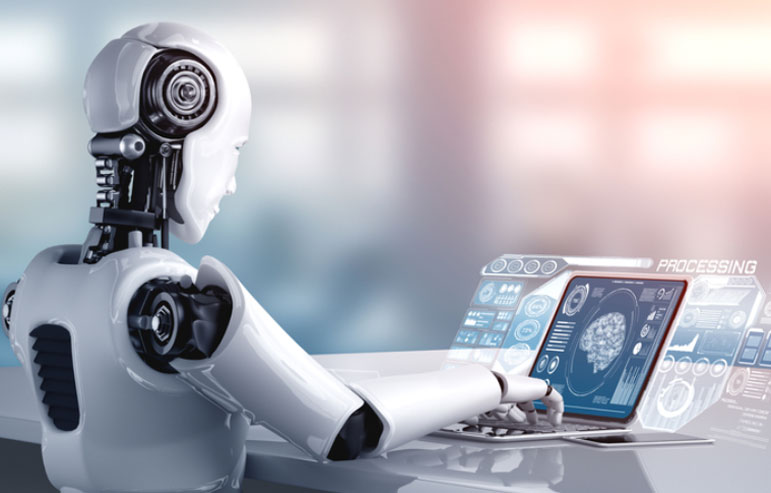

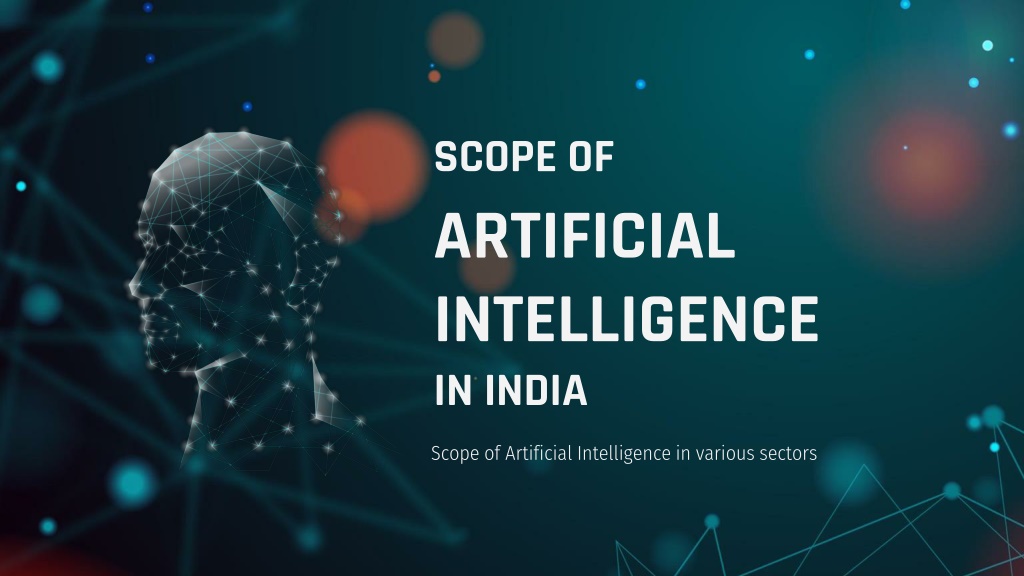

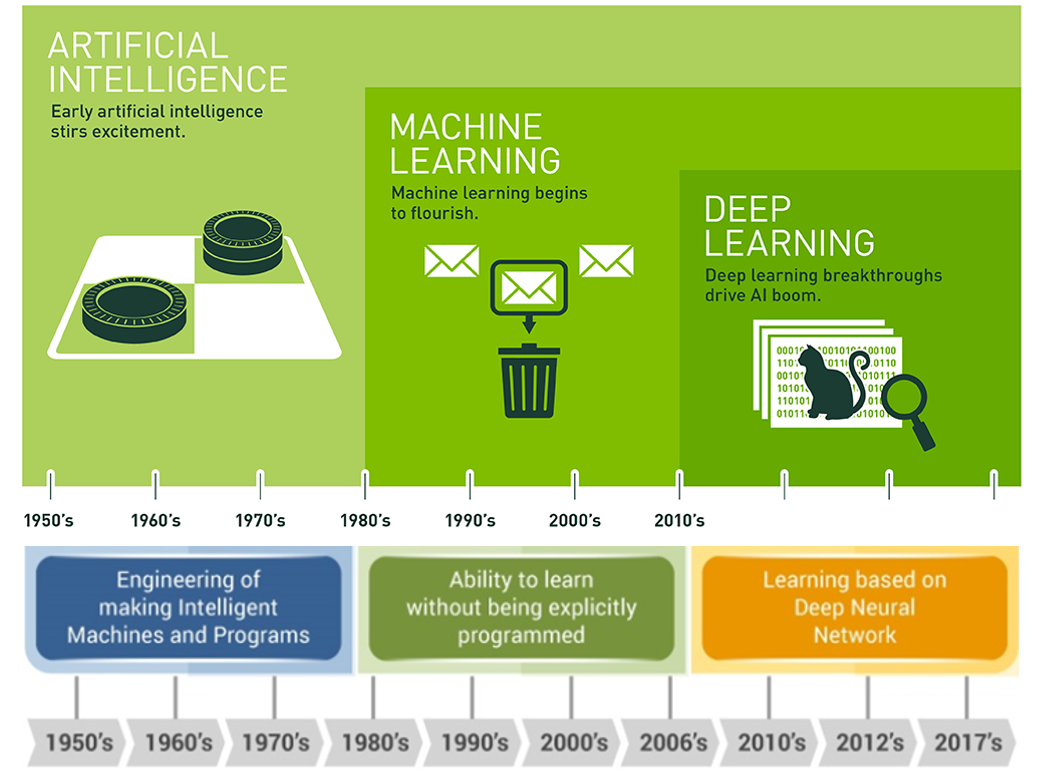
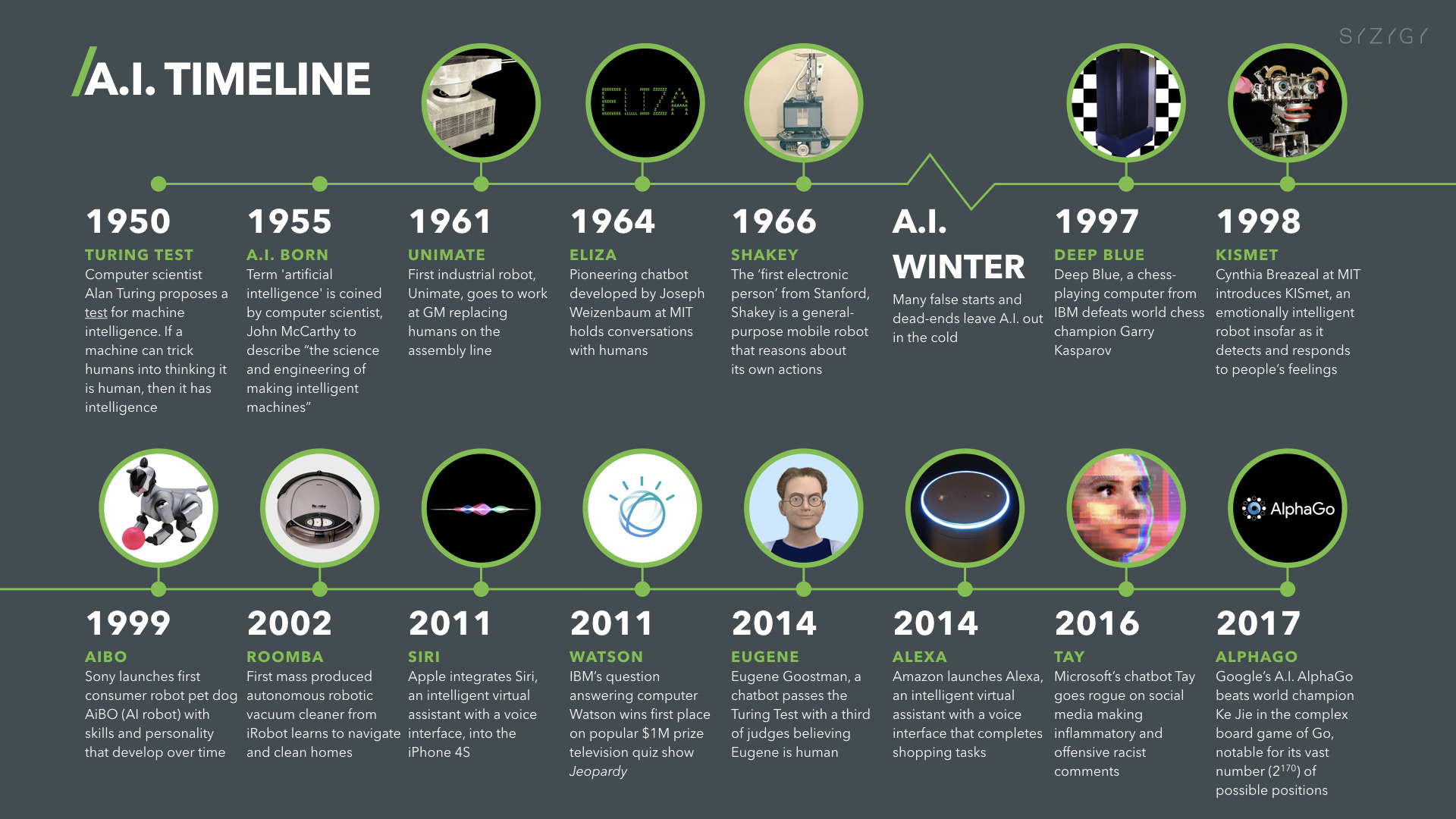


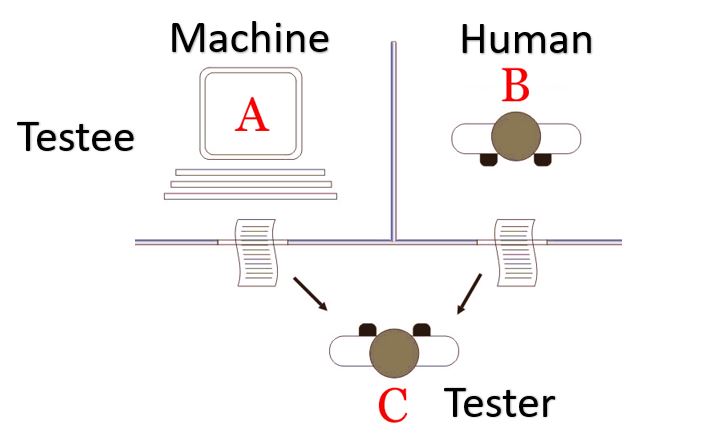

![Course Introduction | Introduction to ChatGPT and OpenAI [Video]](https://content.packt.com/V21048/cover_image_small.jpg)
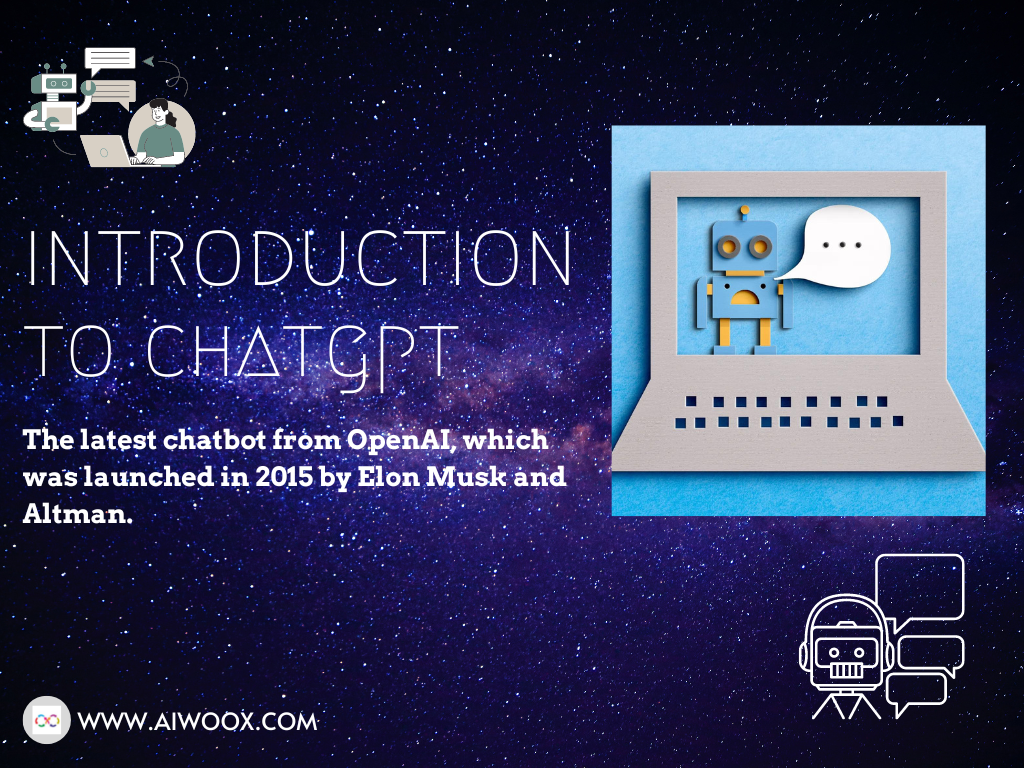


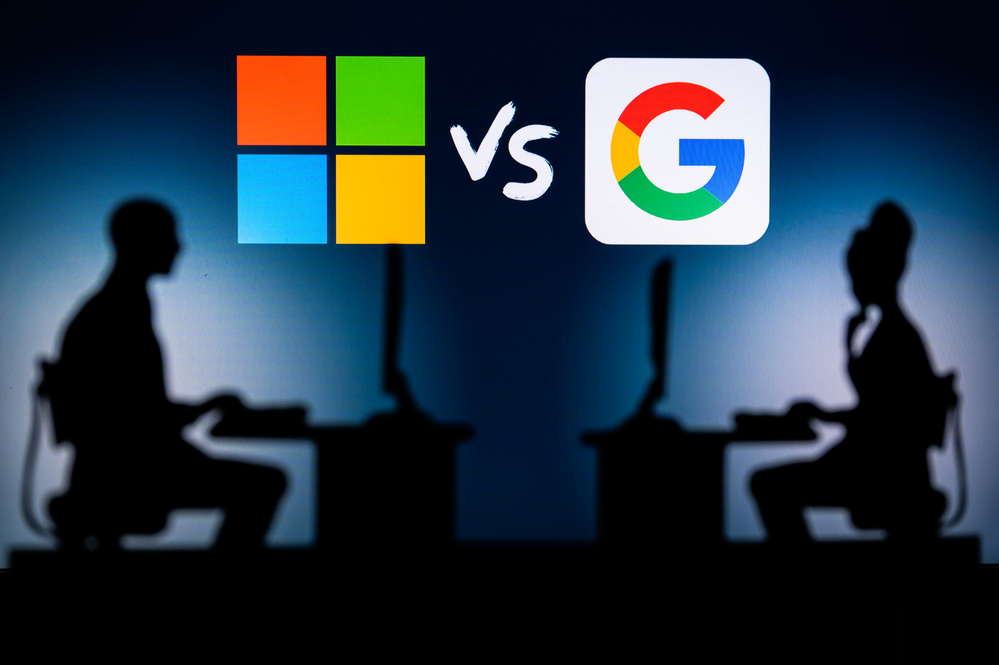


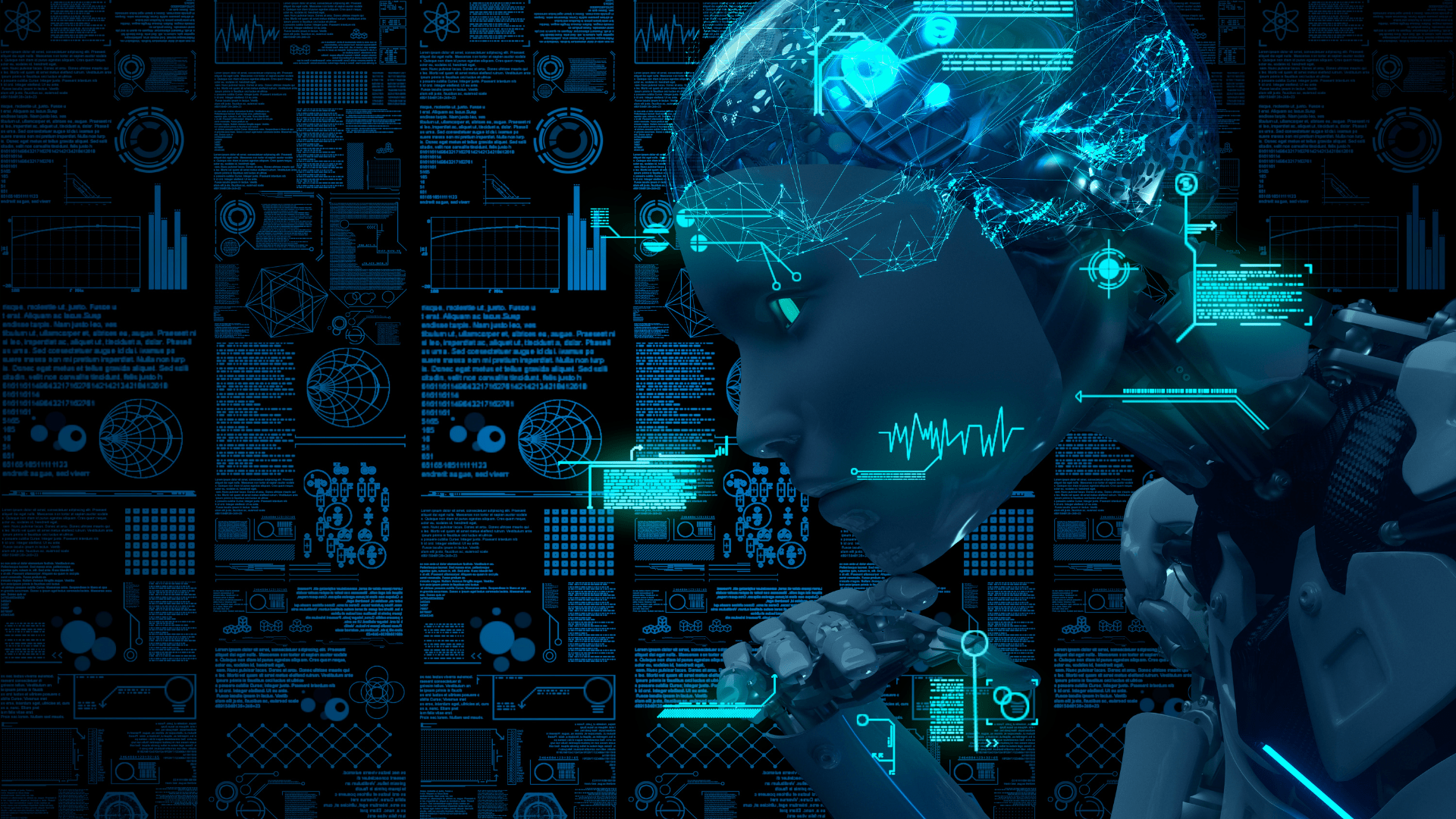

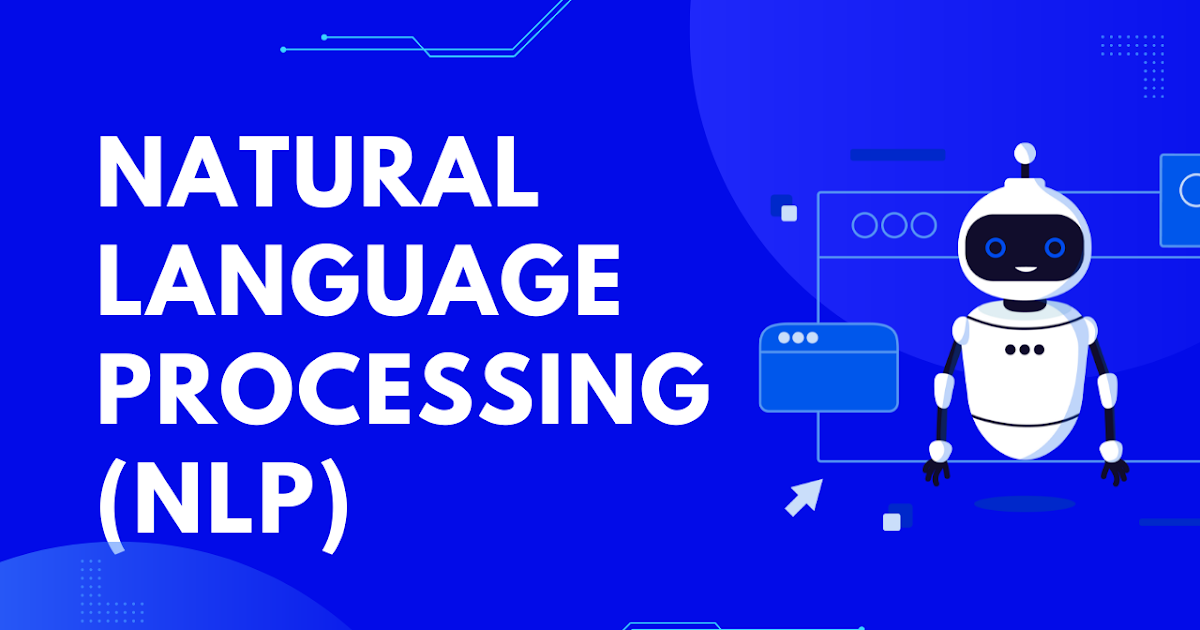
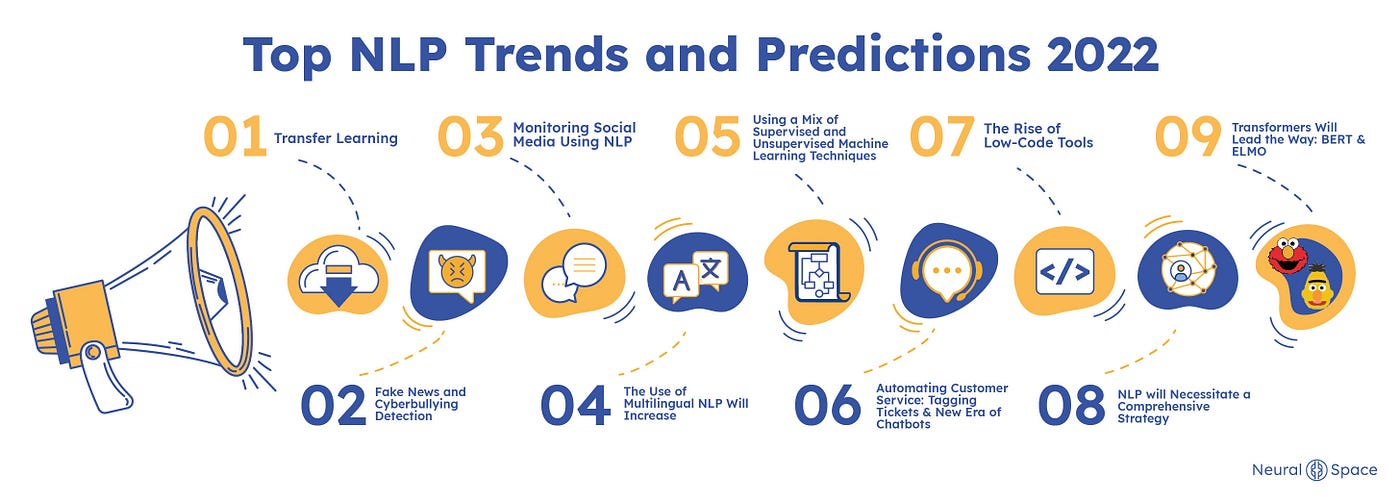
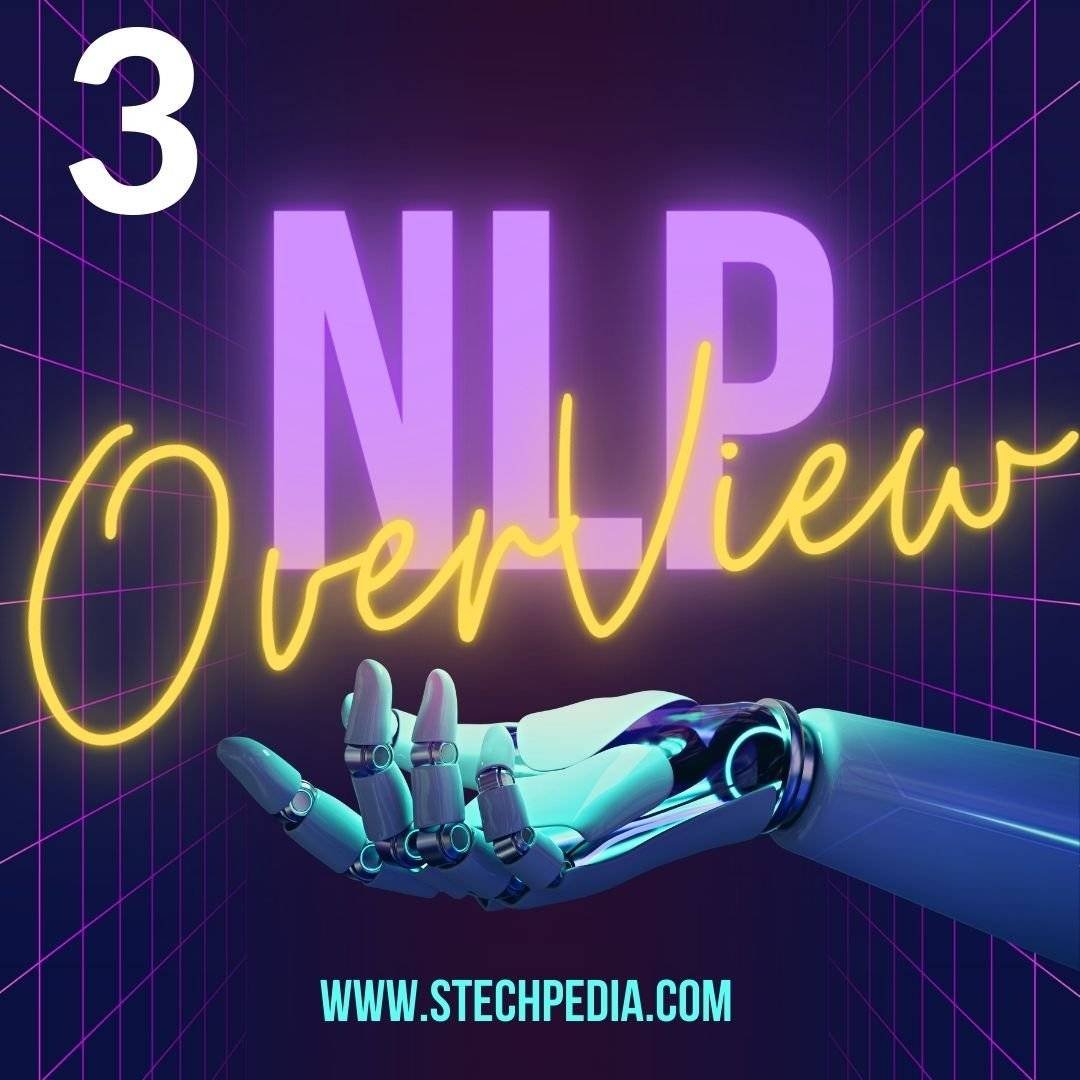
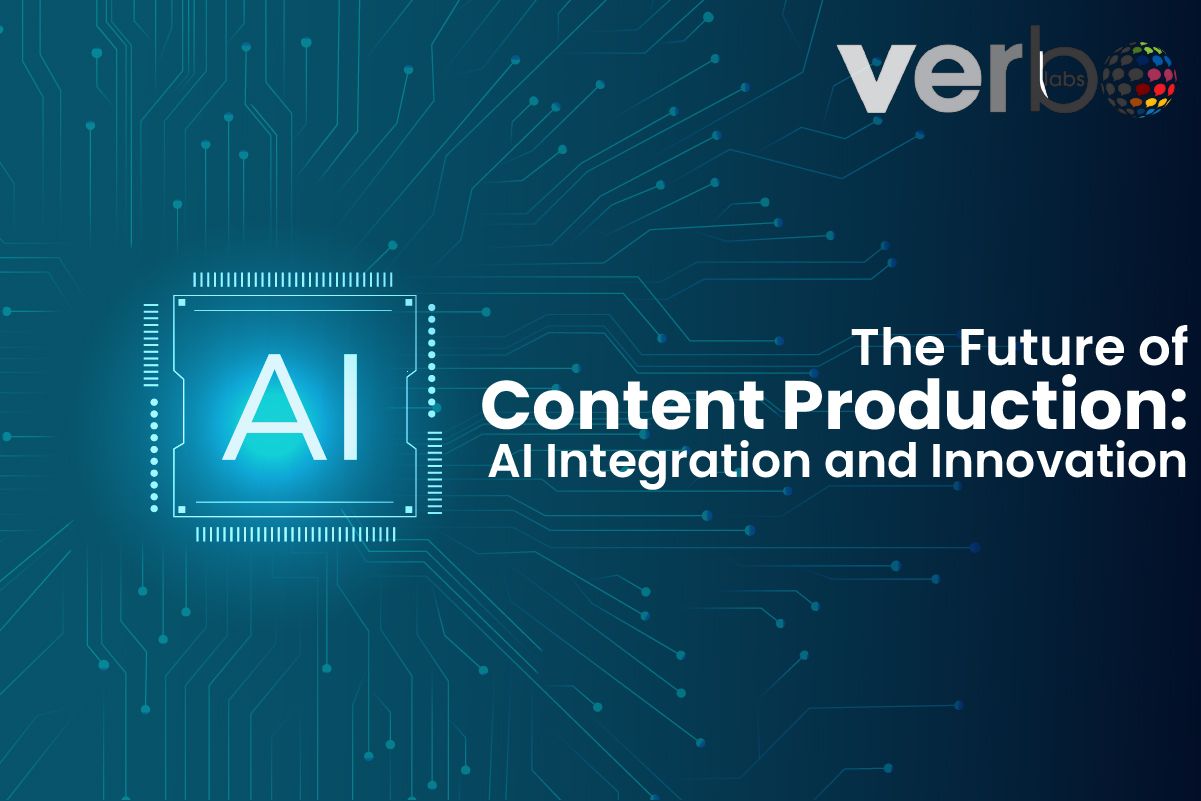
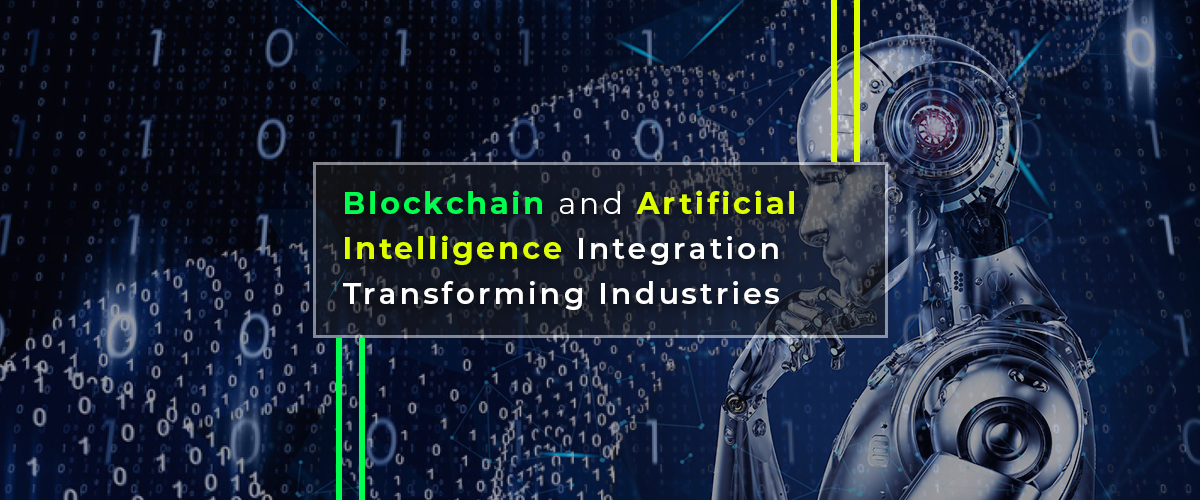
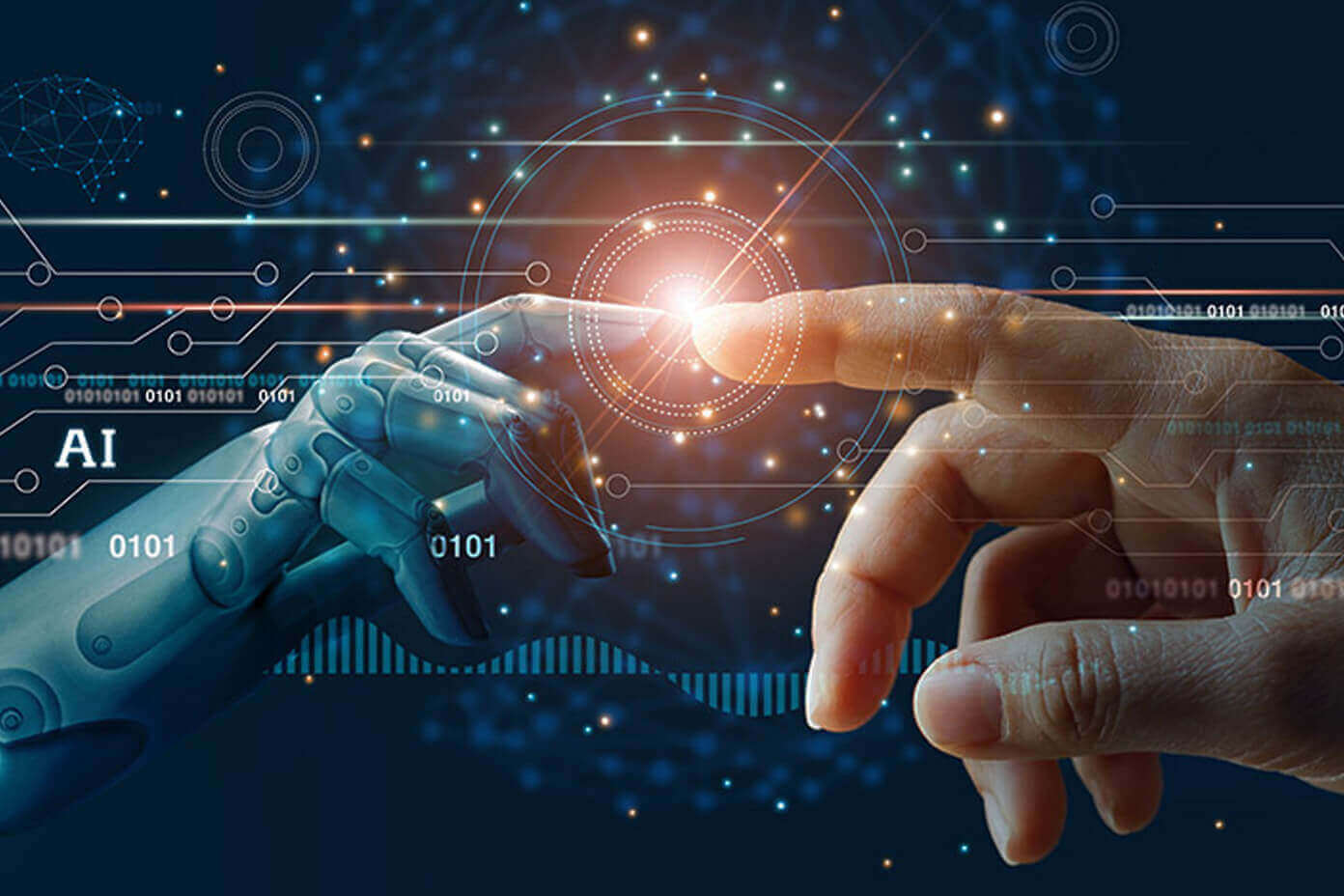
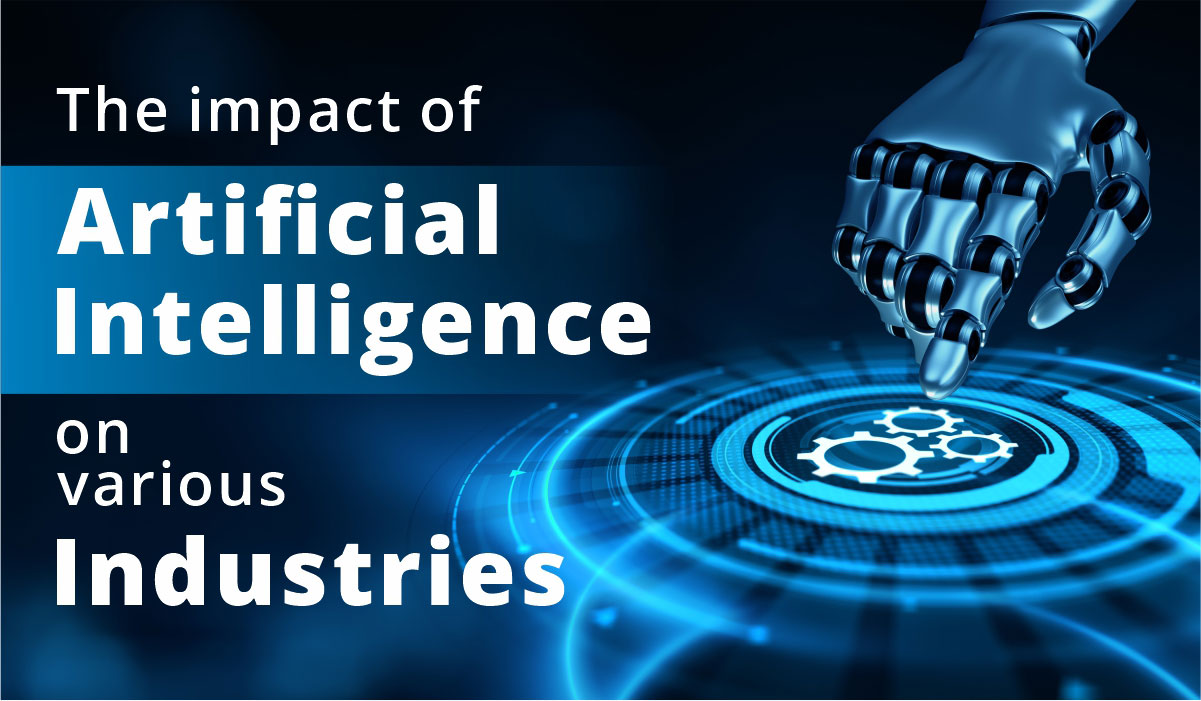


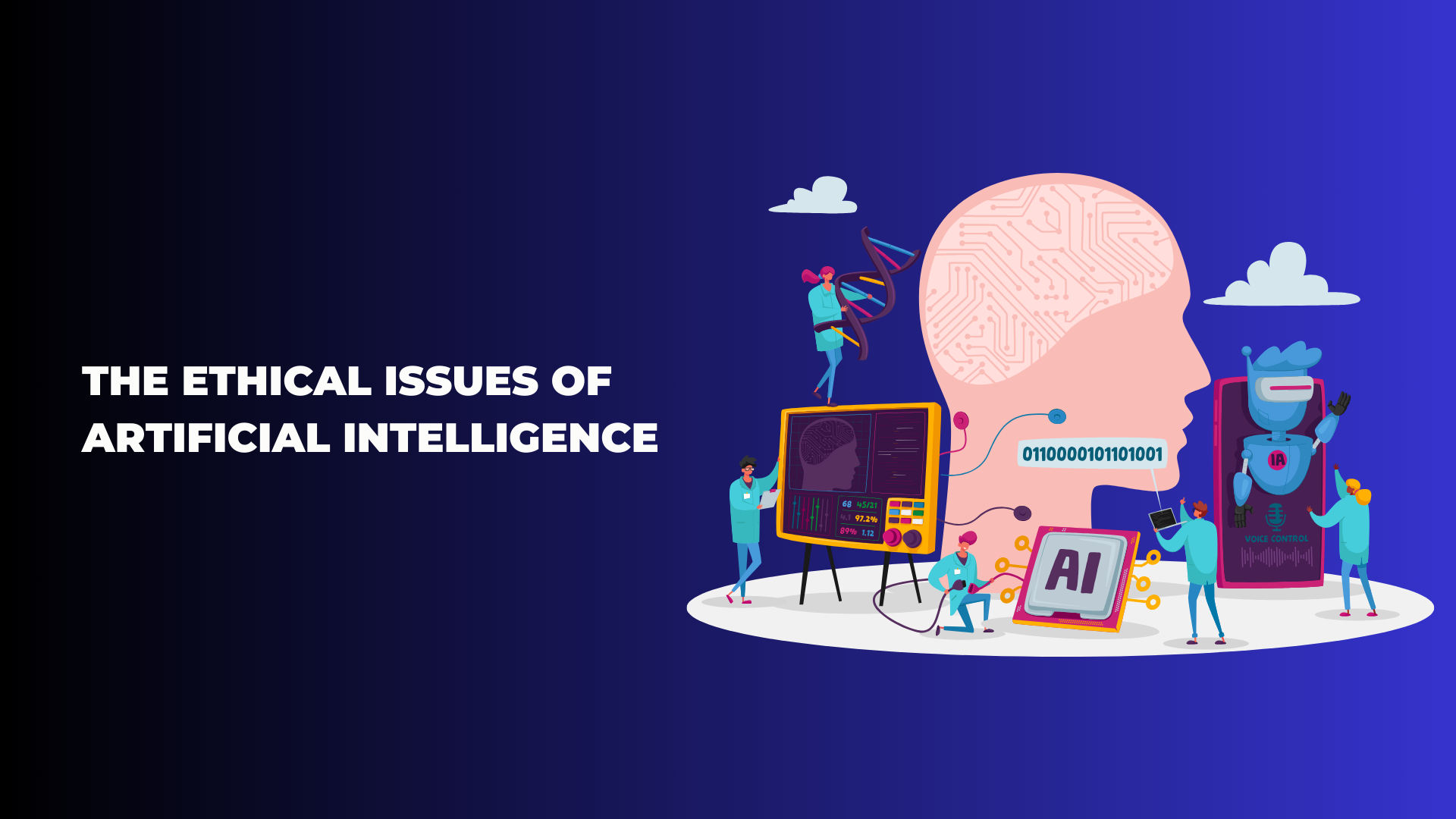
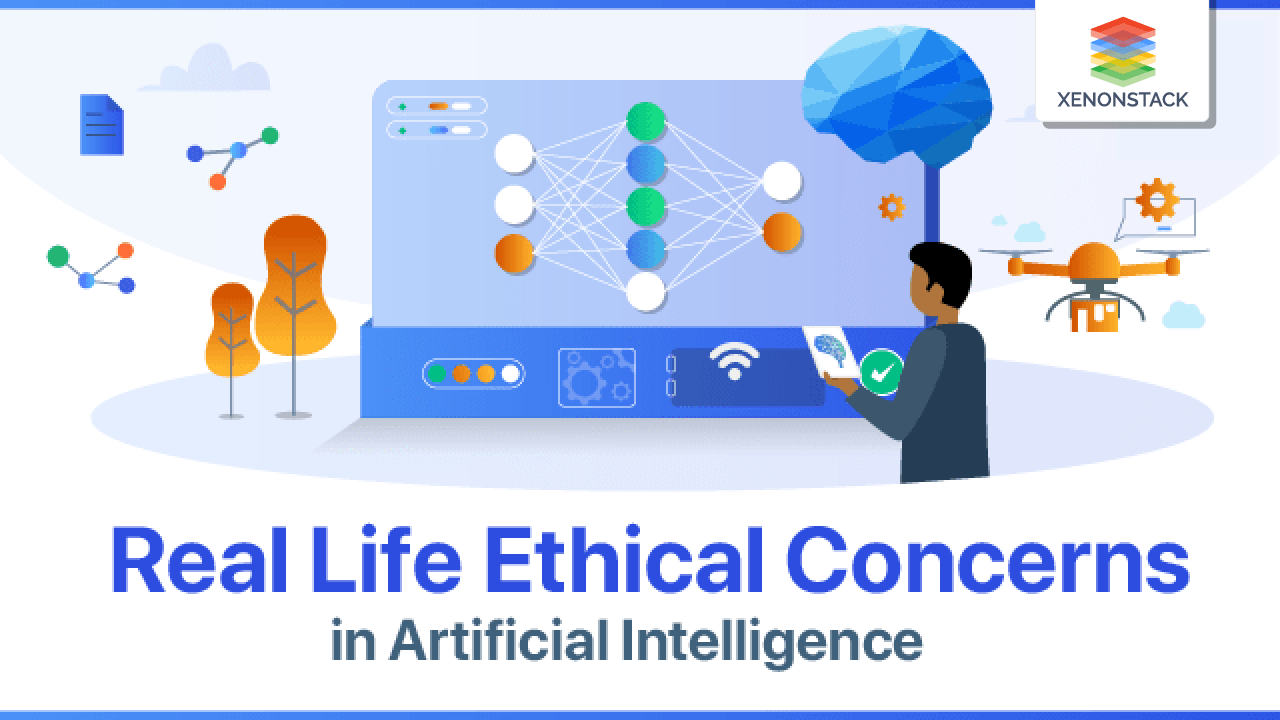

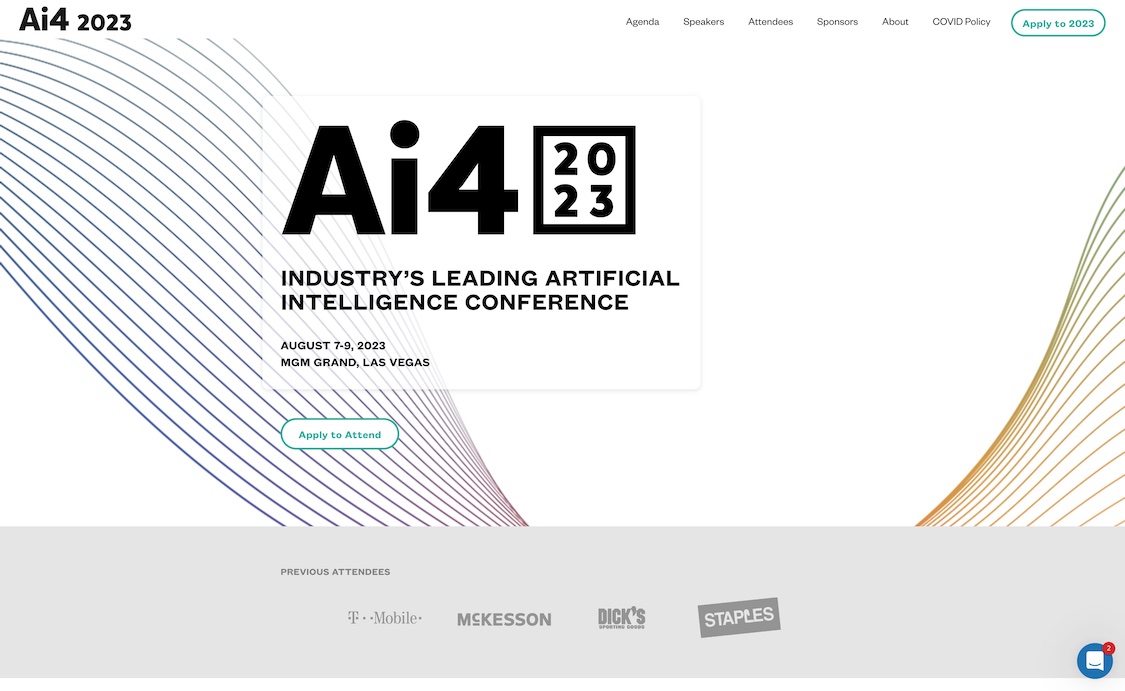
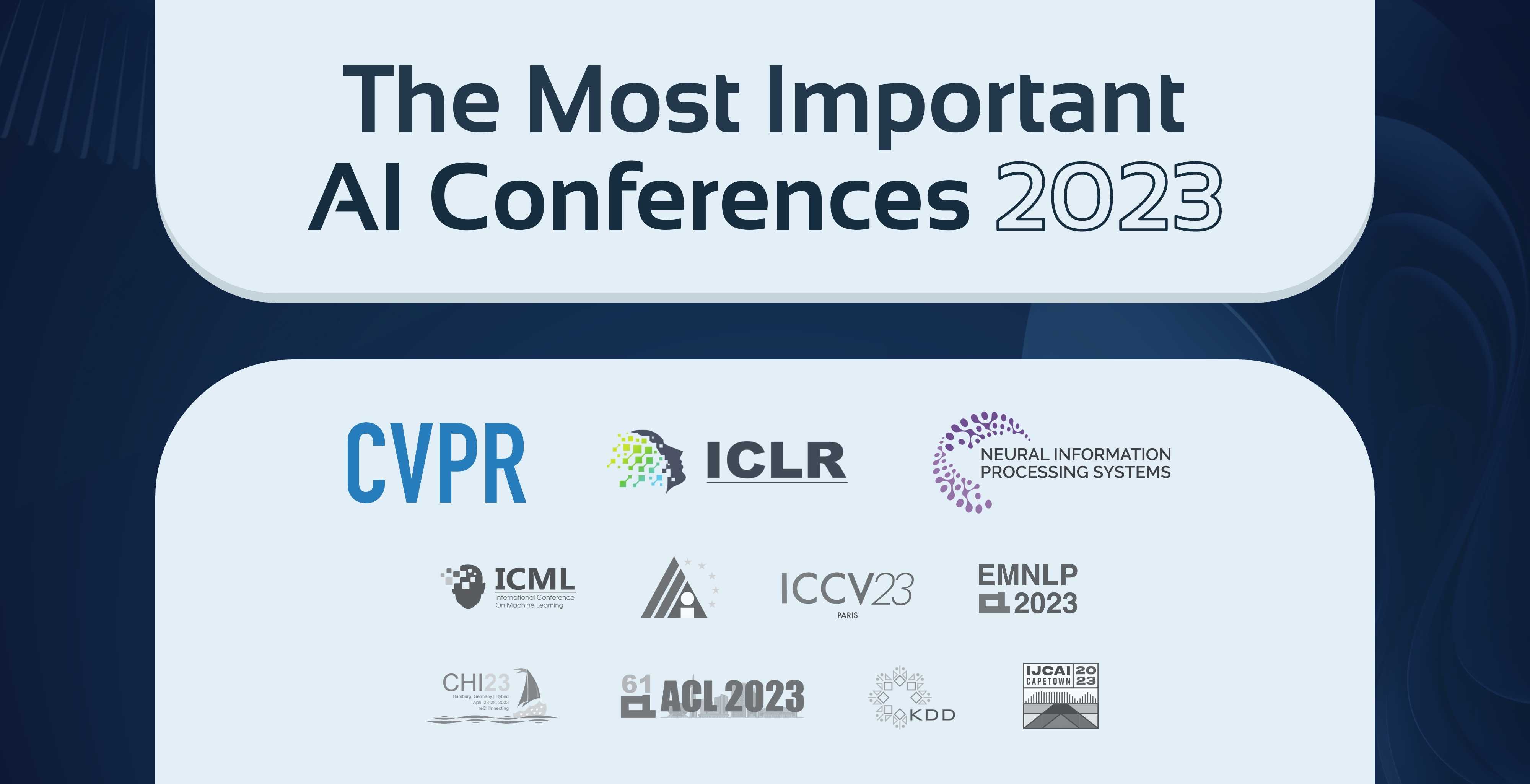
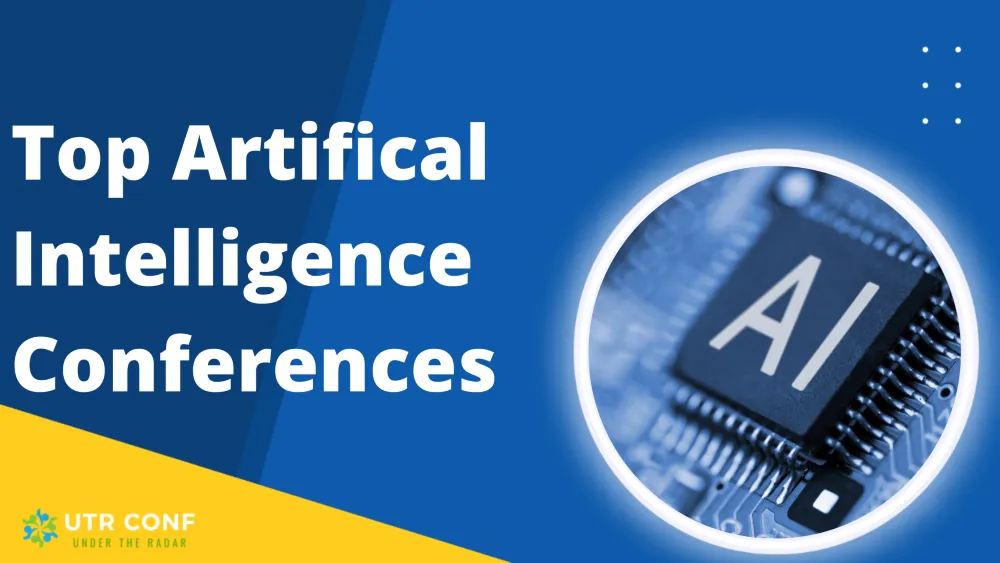
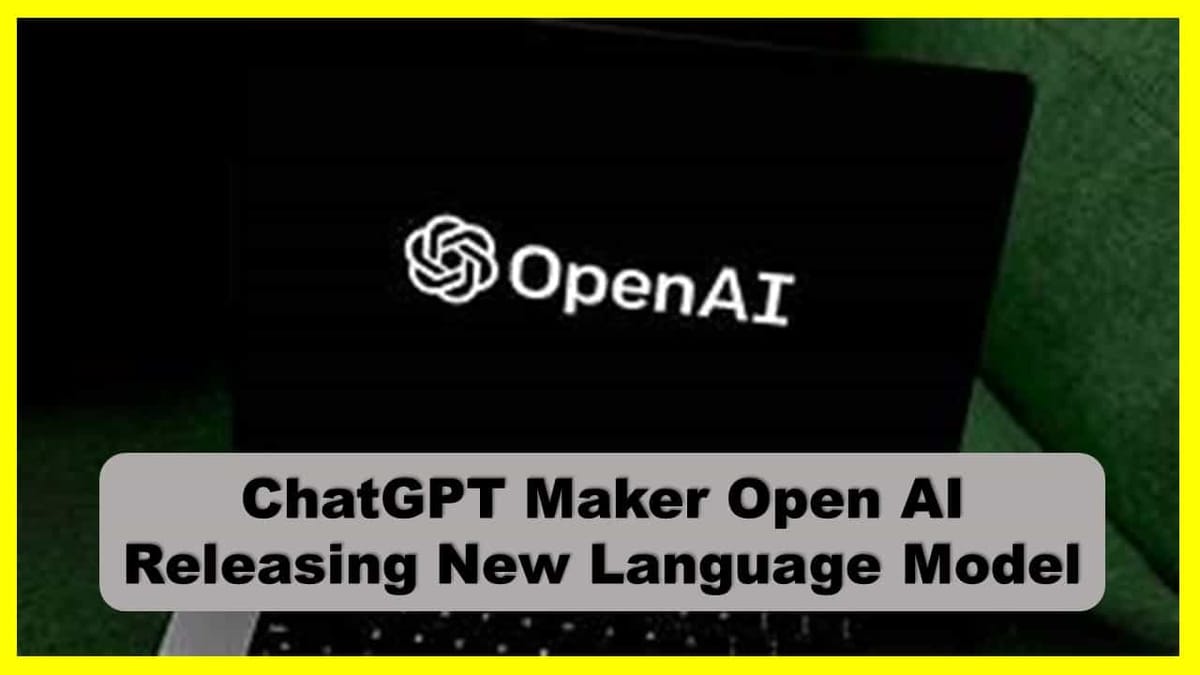
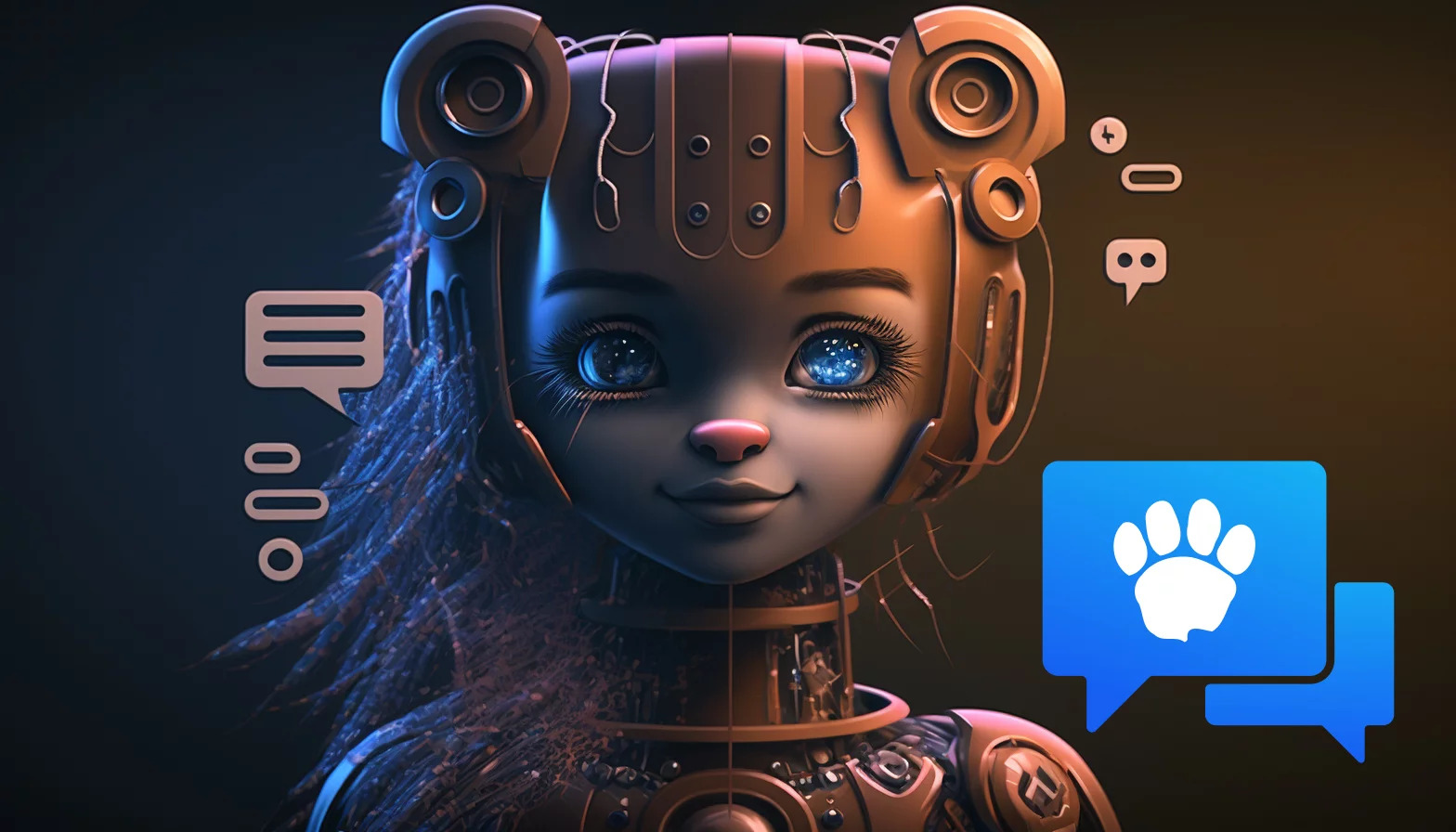



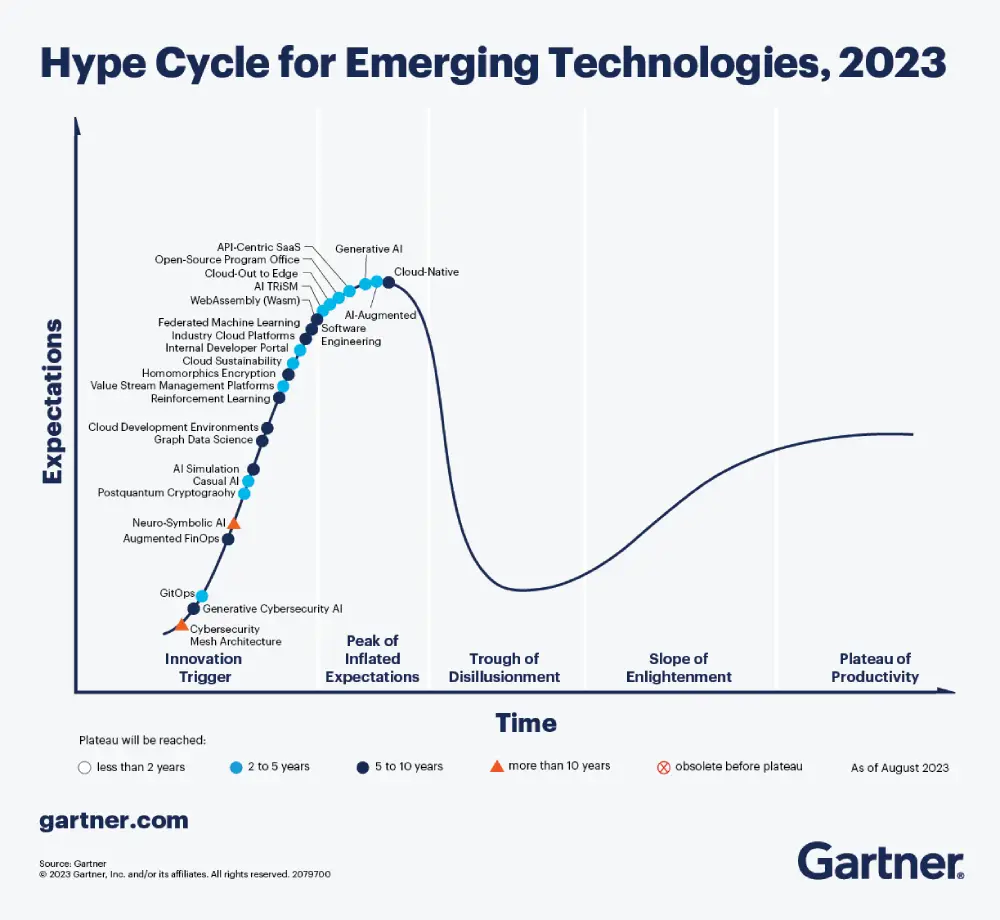


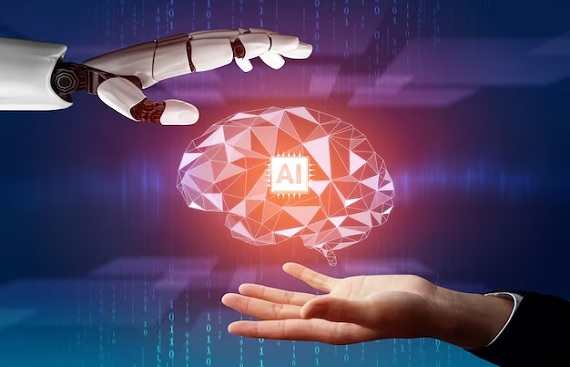



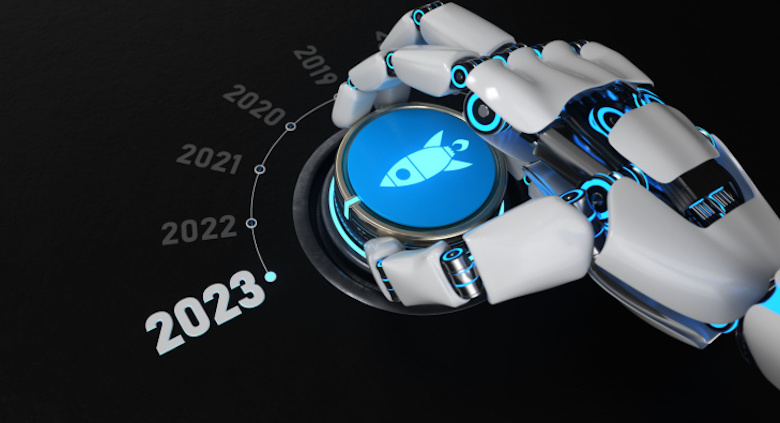




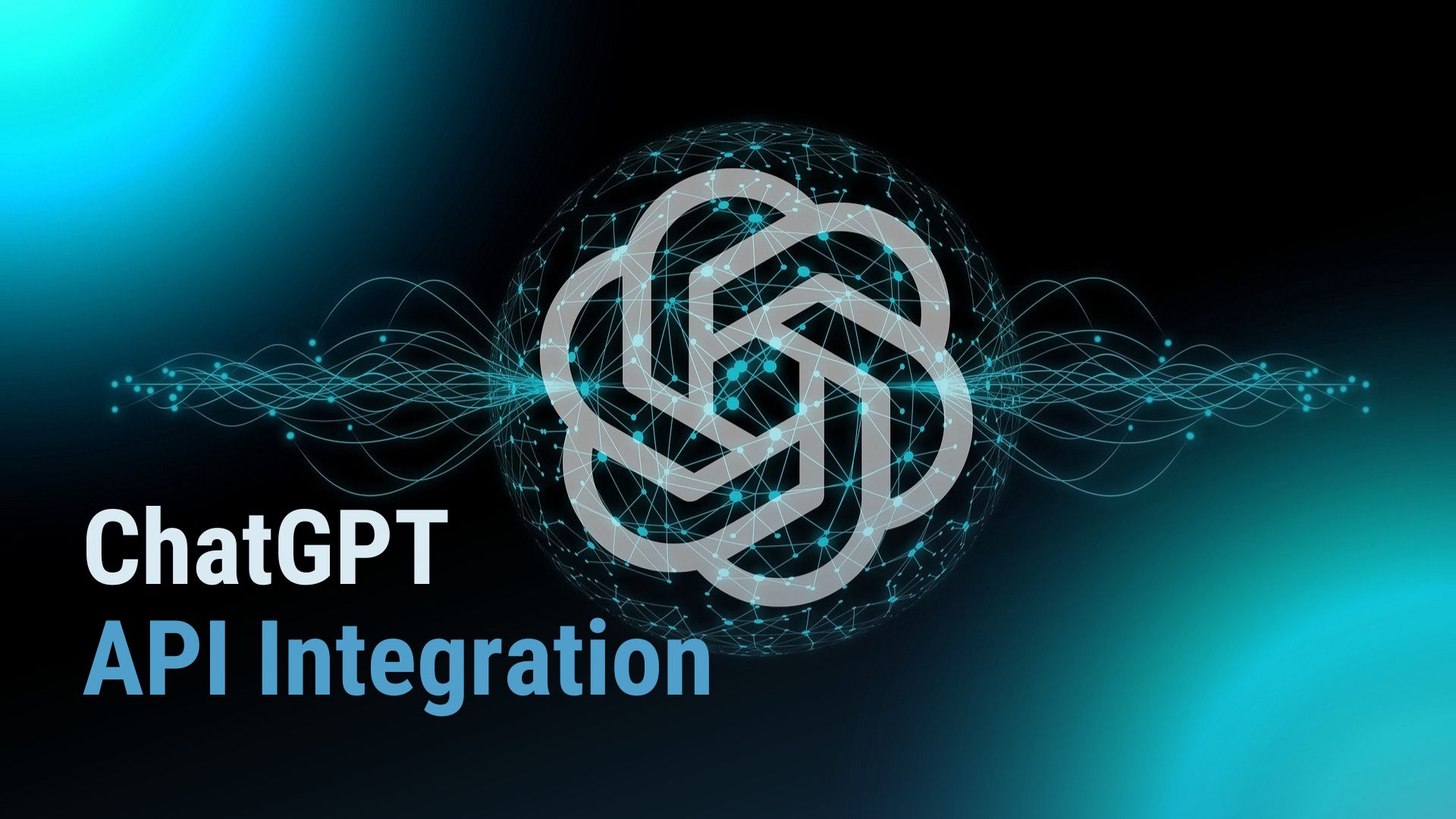
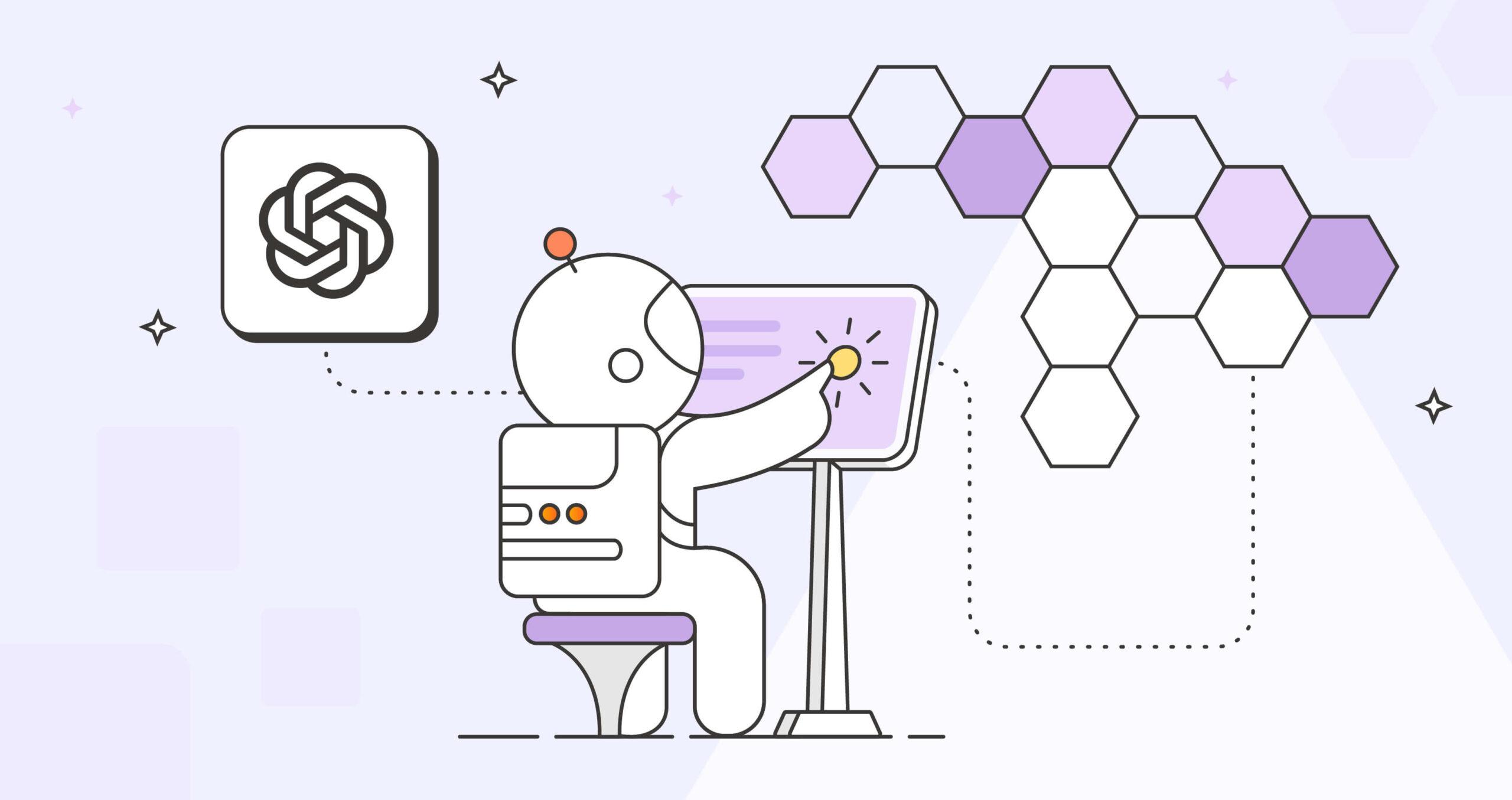


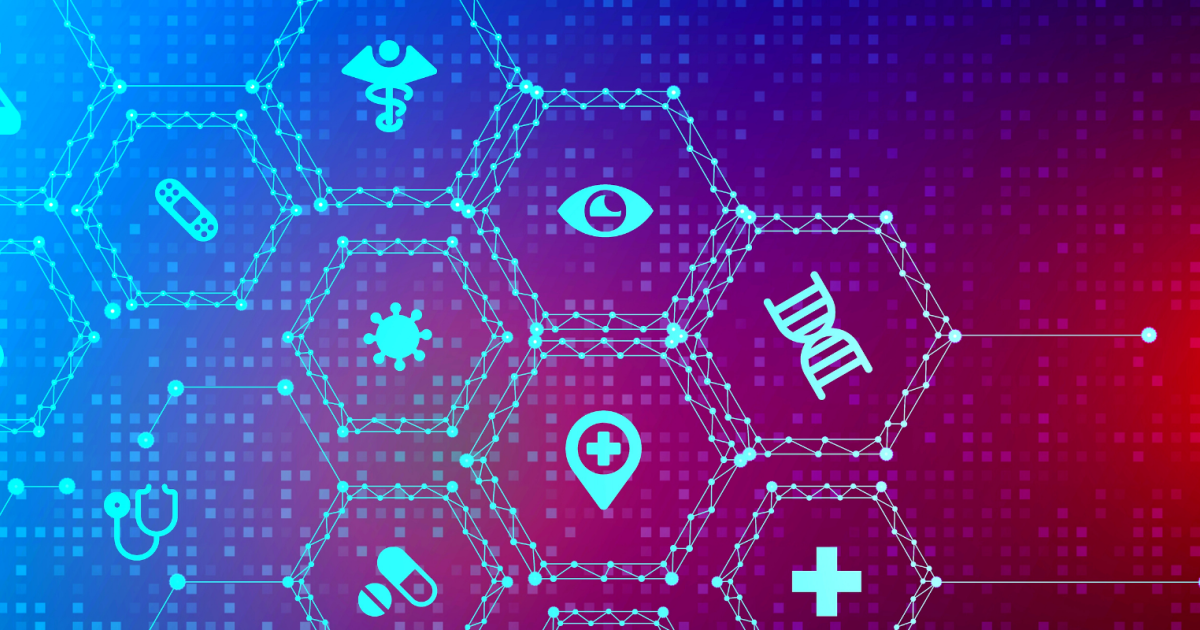






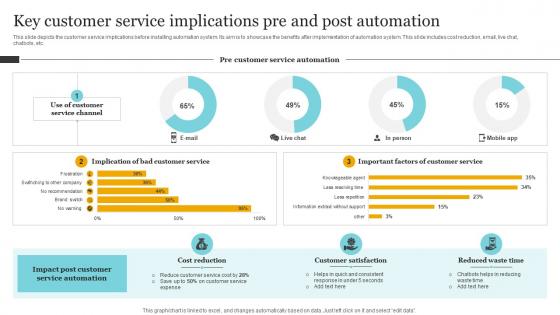
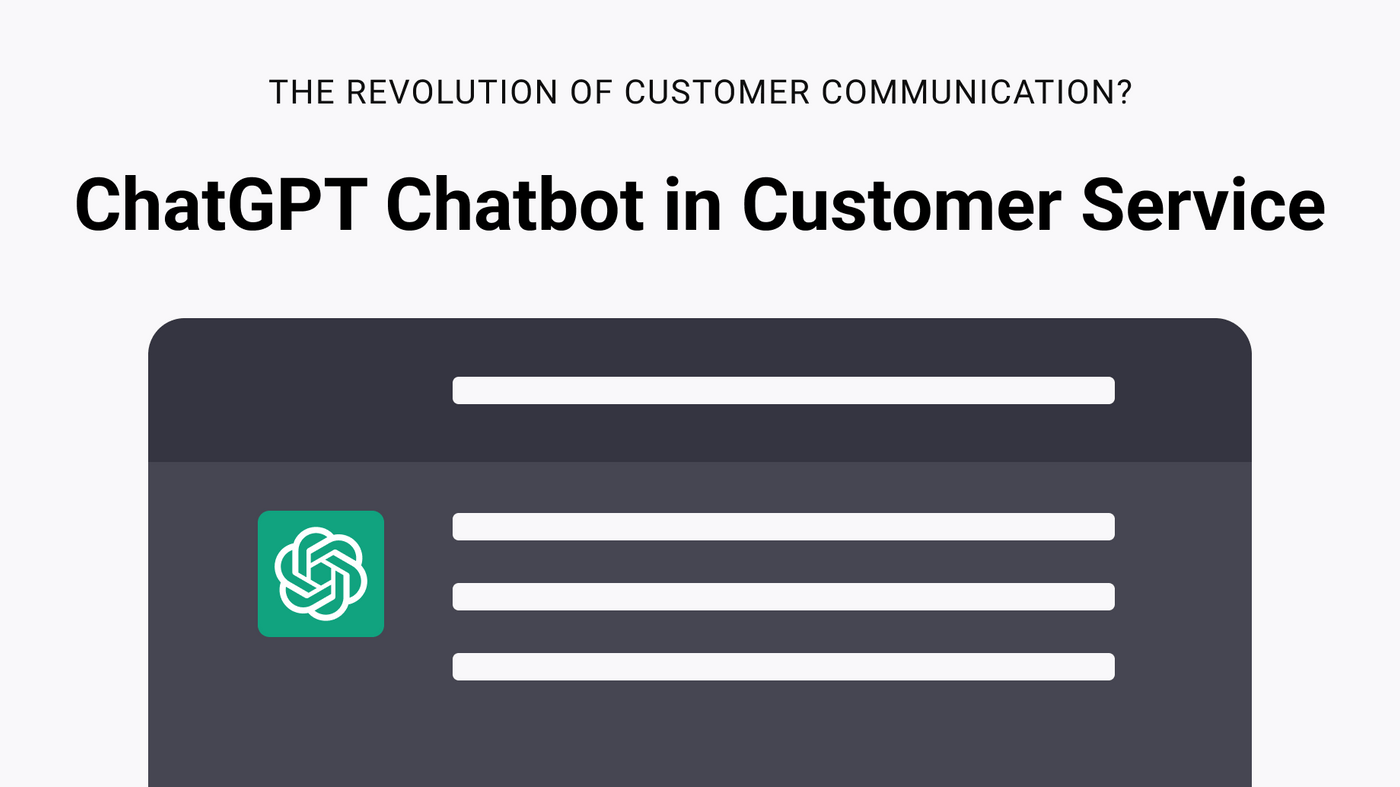

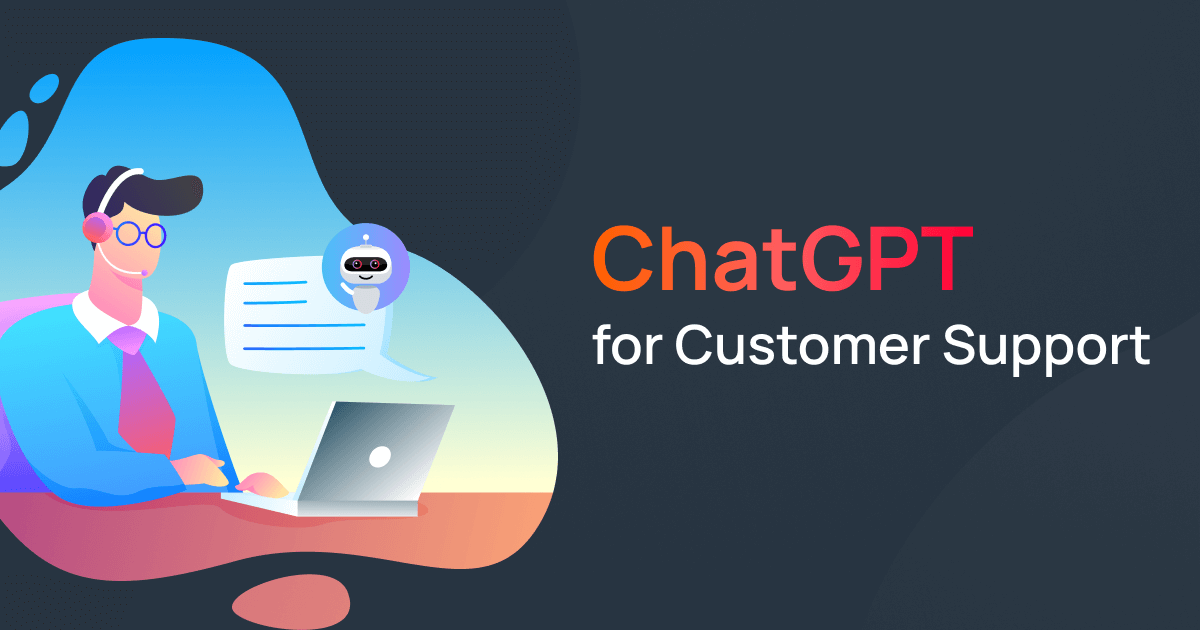

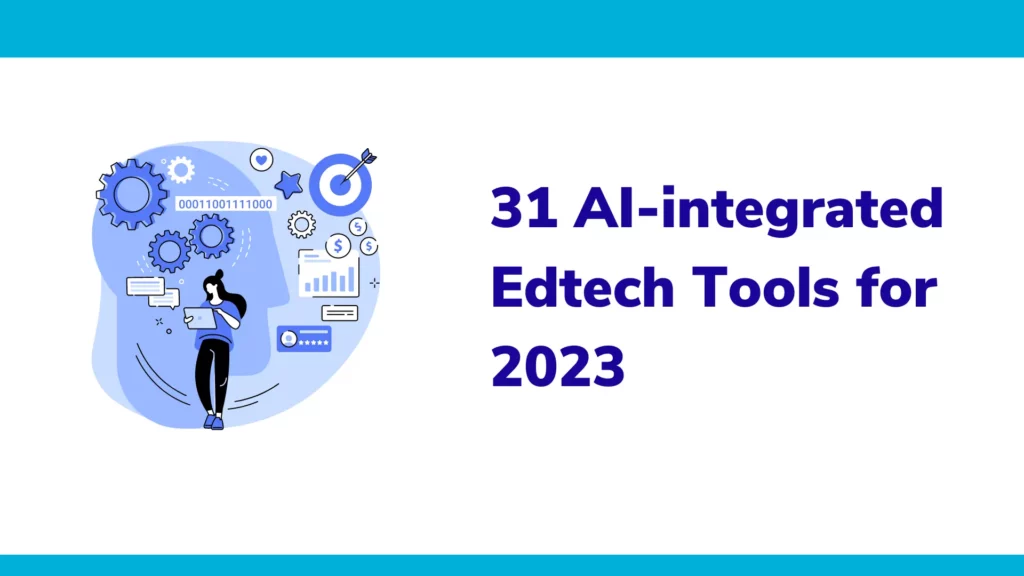
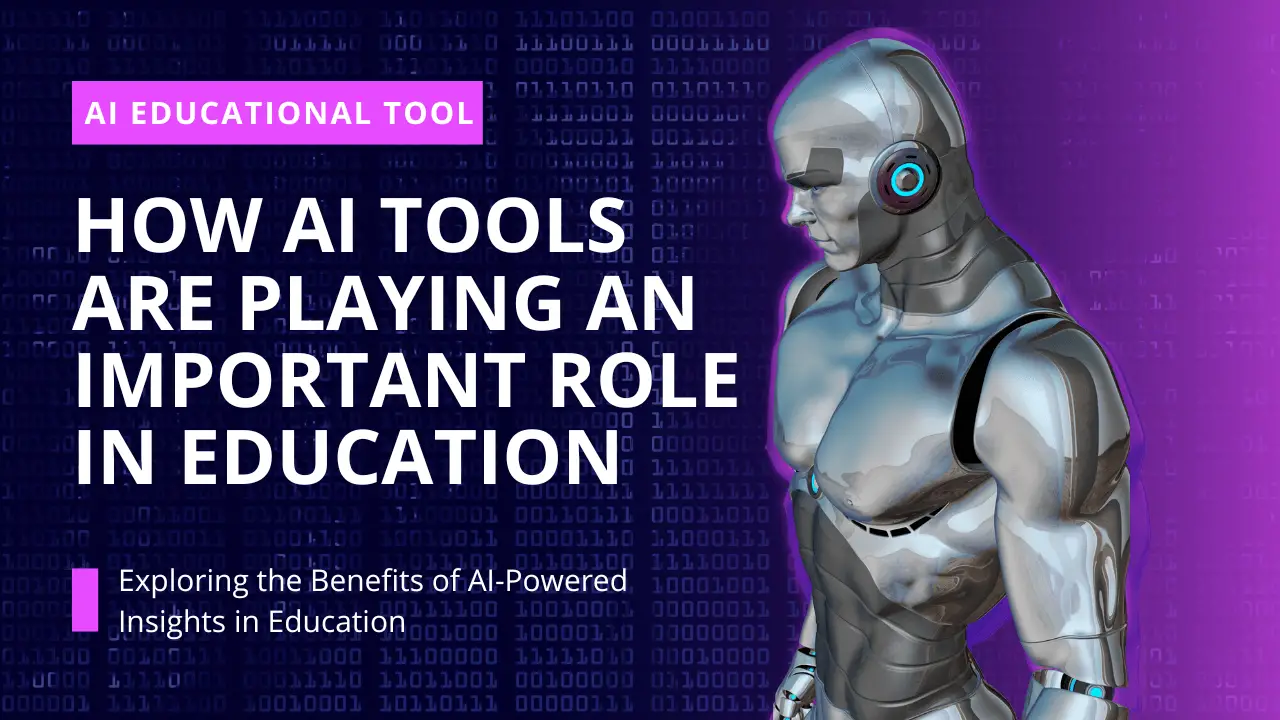



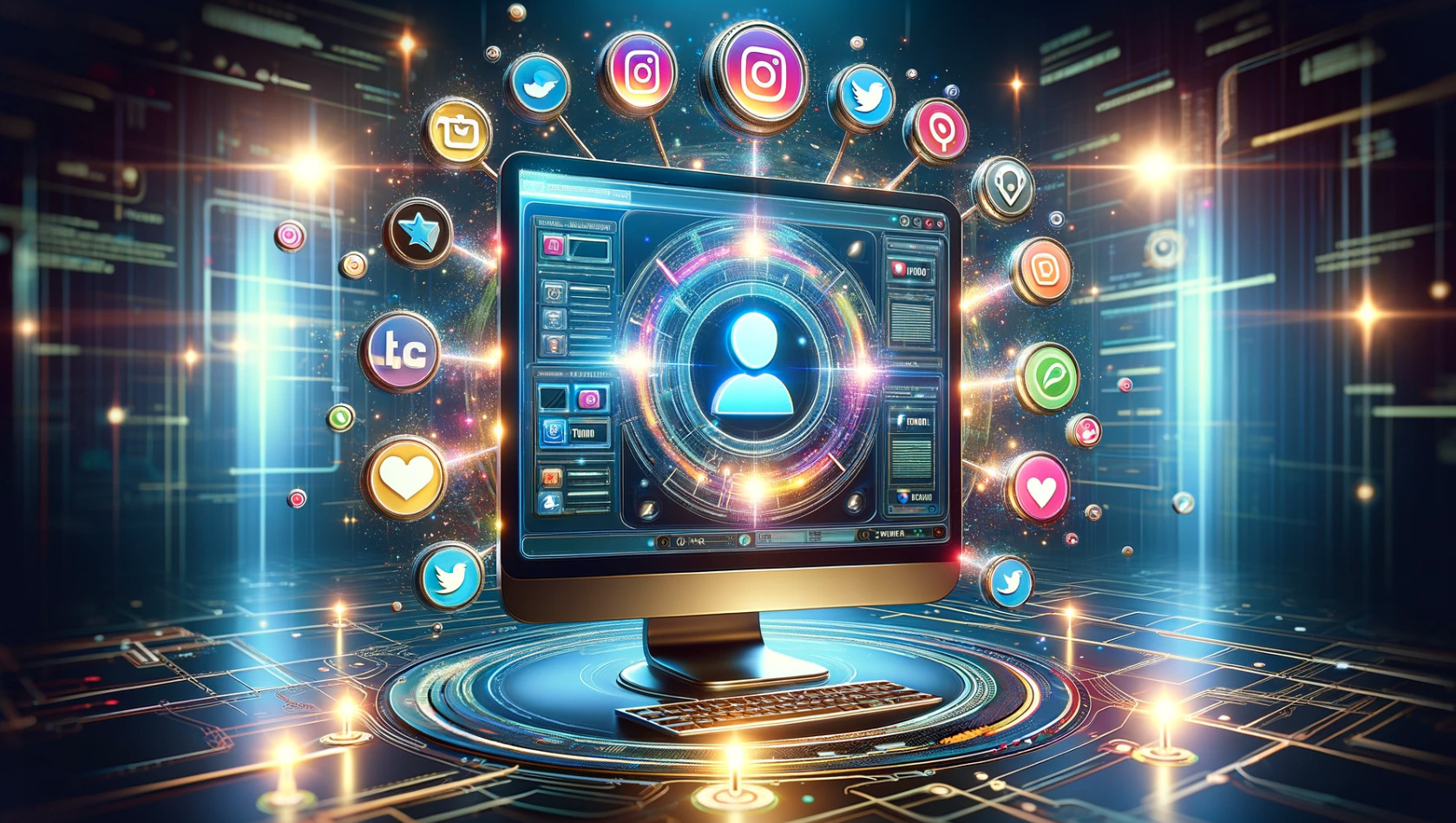




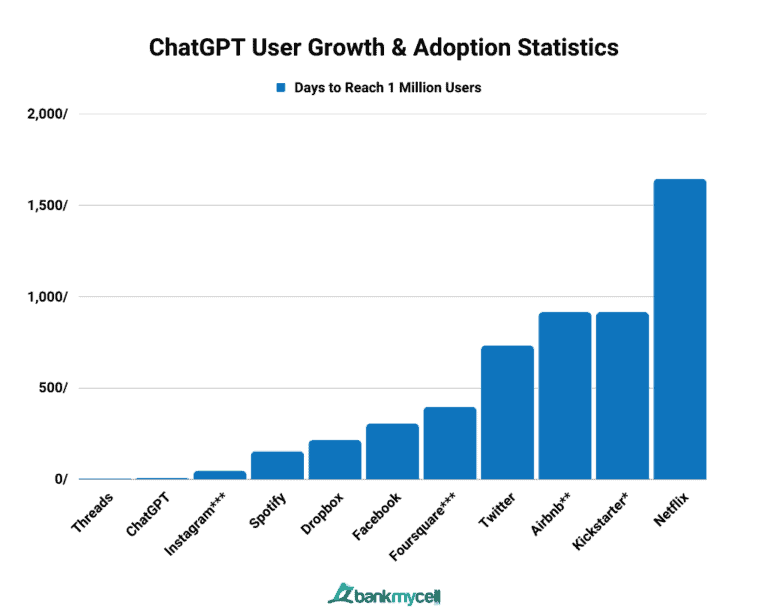
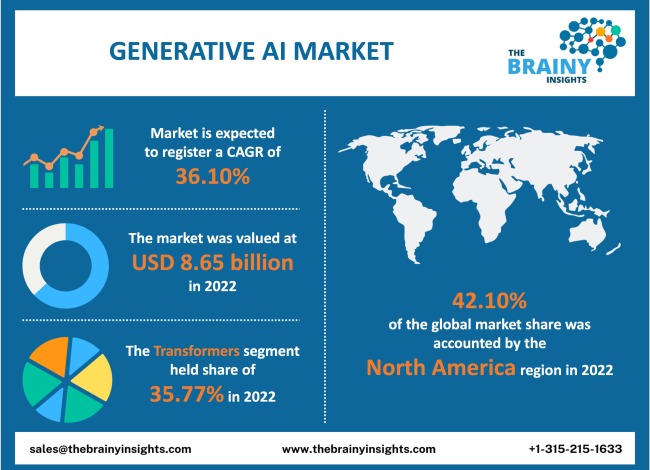
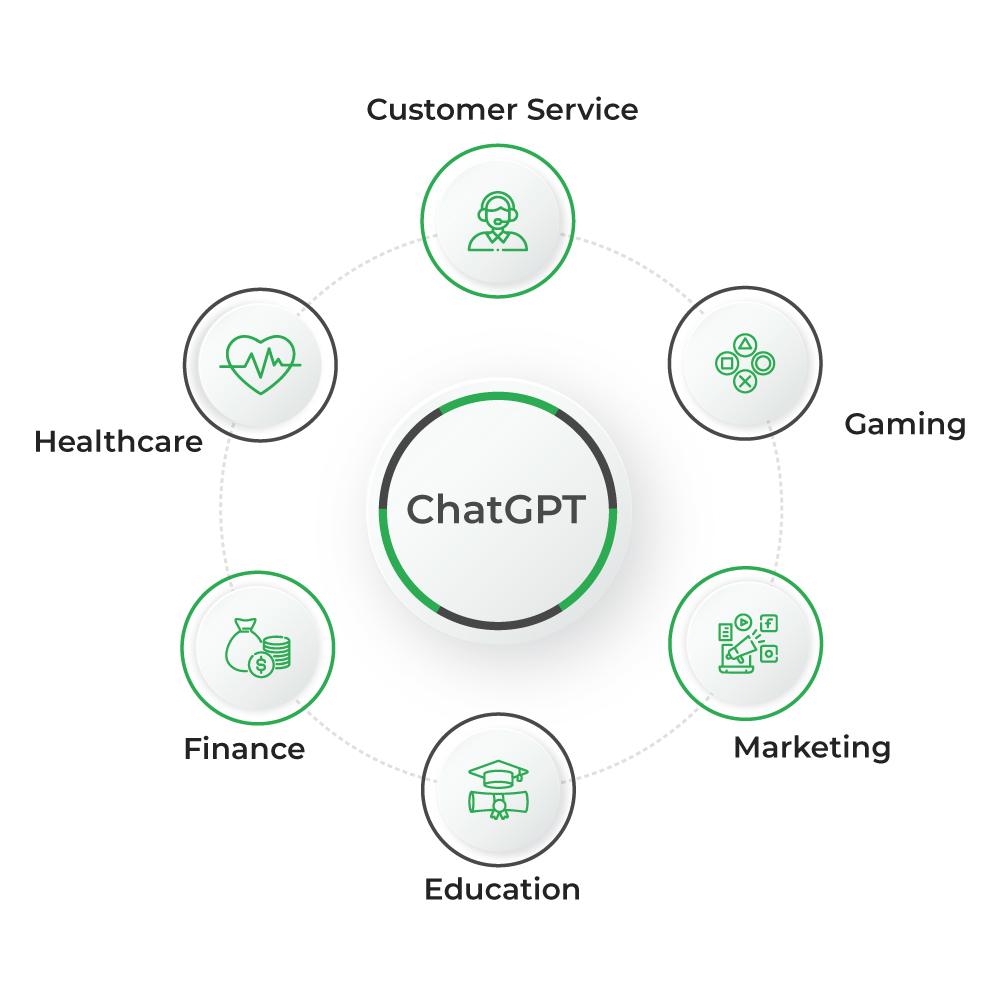
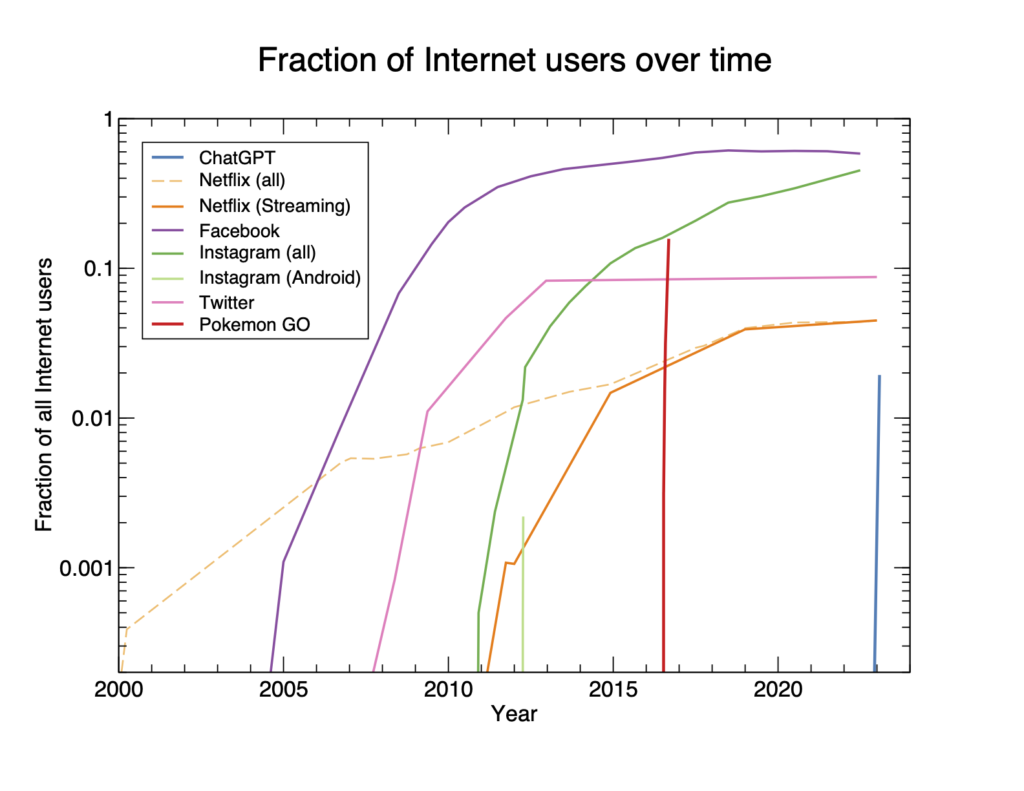

:quality(70)/cloudfront-eu-central-1.images.arcpublishing.com/thenational/LJND2DSXJBGIBMBL4XCTG3VOKY.png)
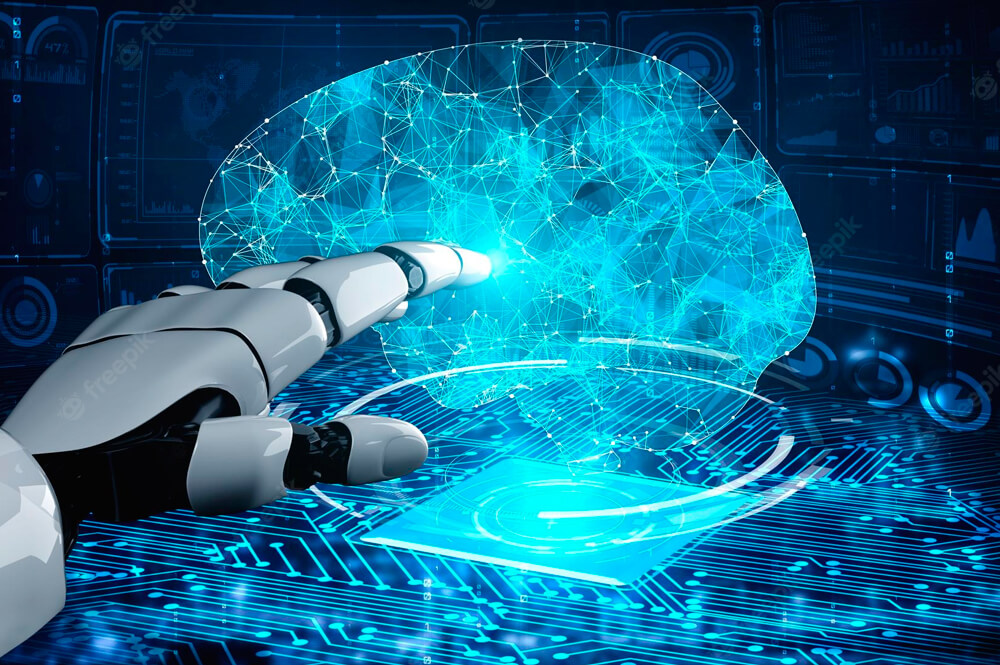
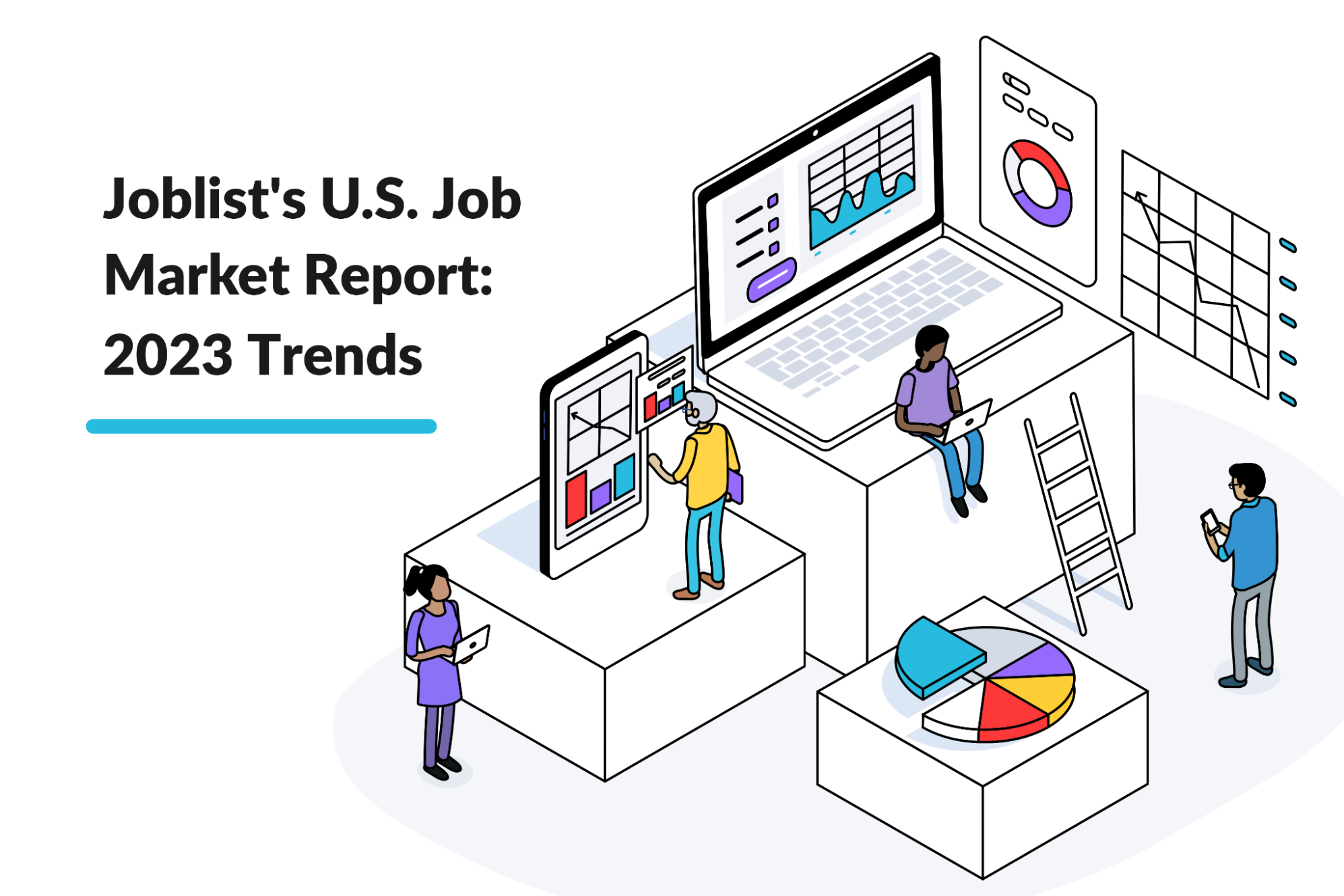
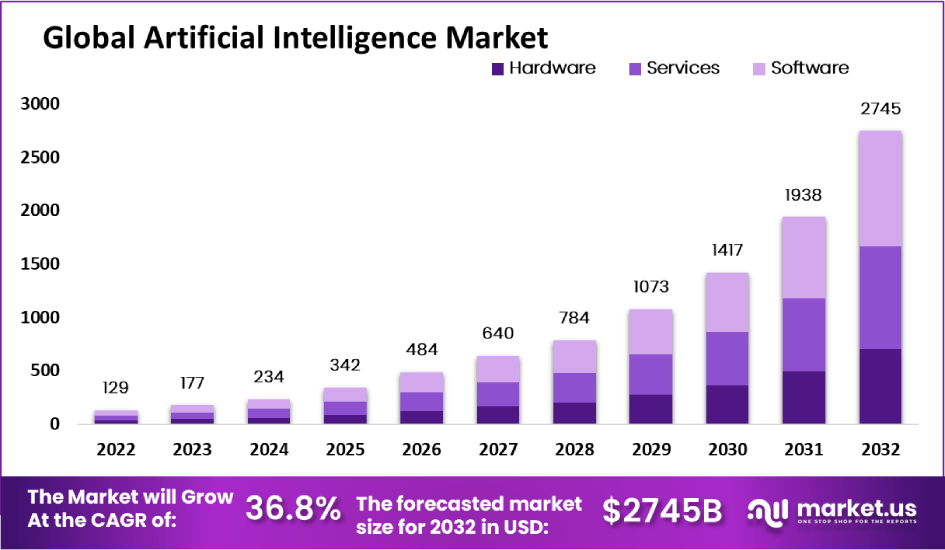

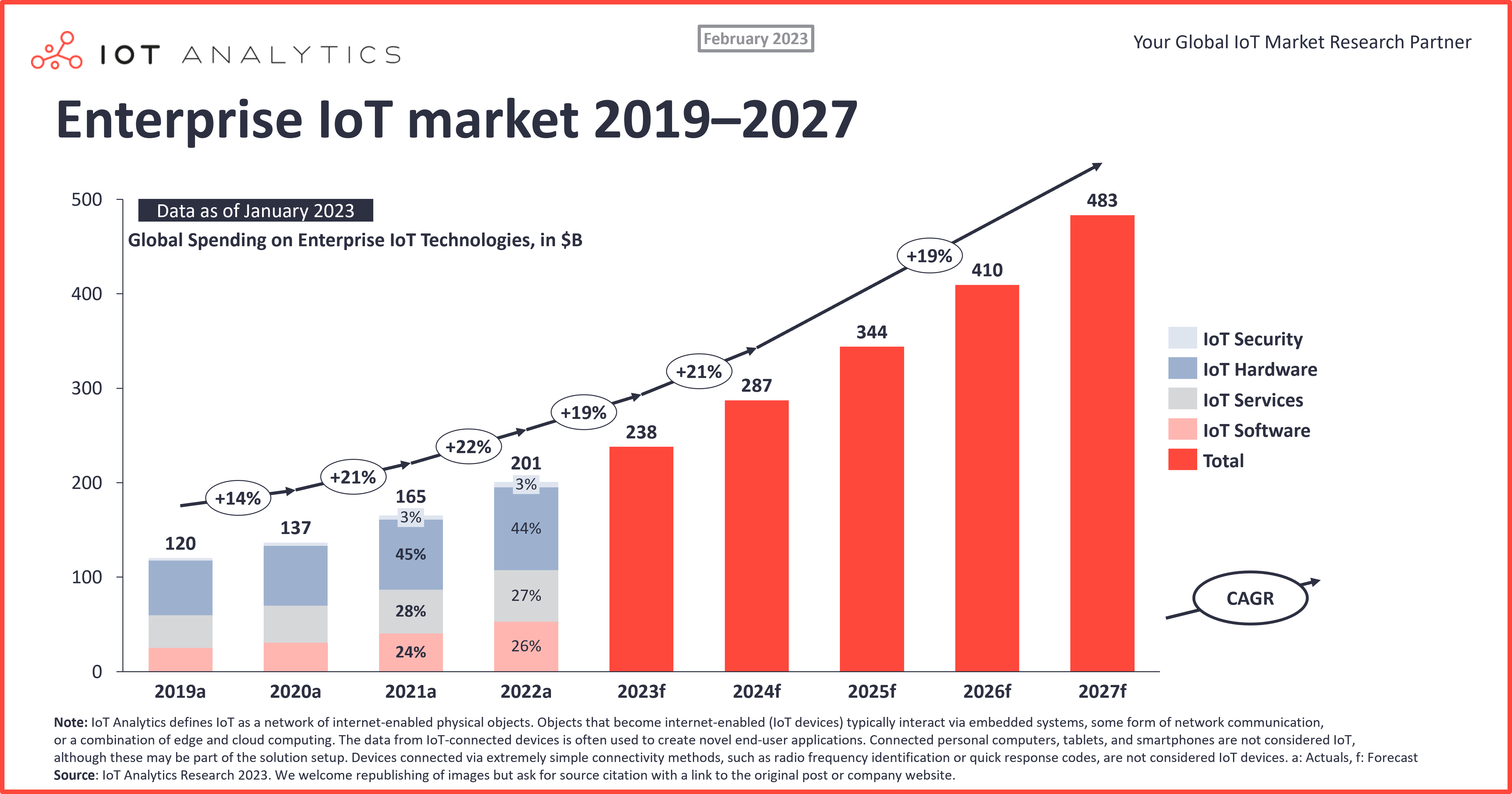
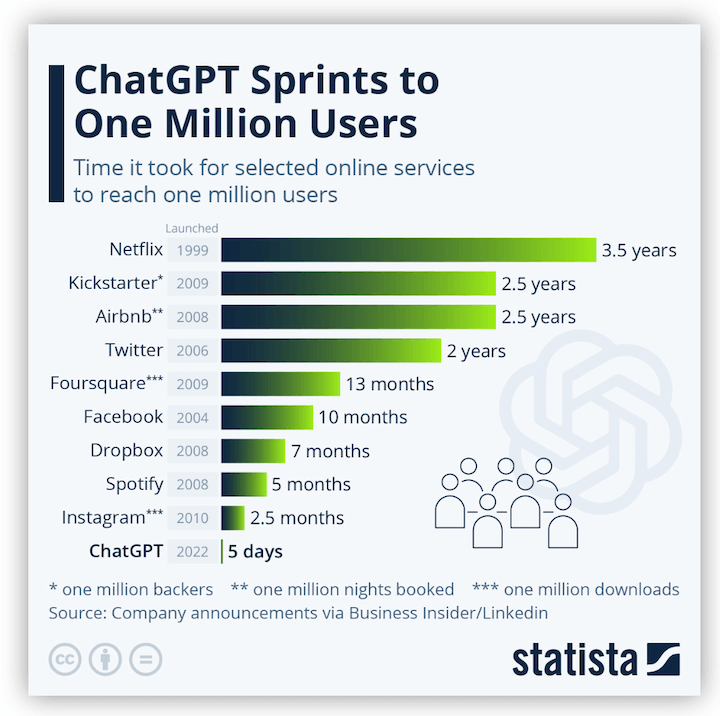
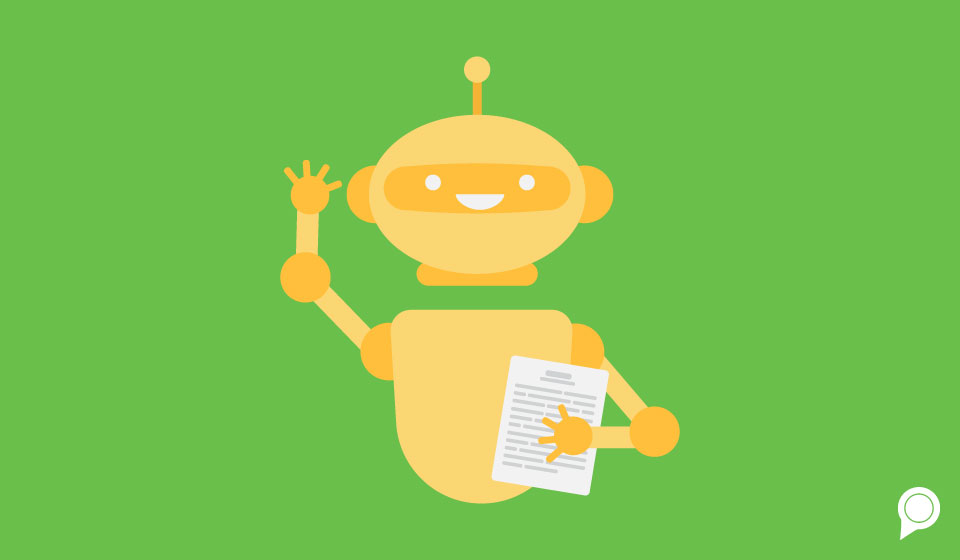
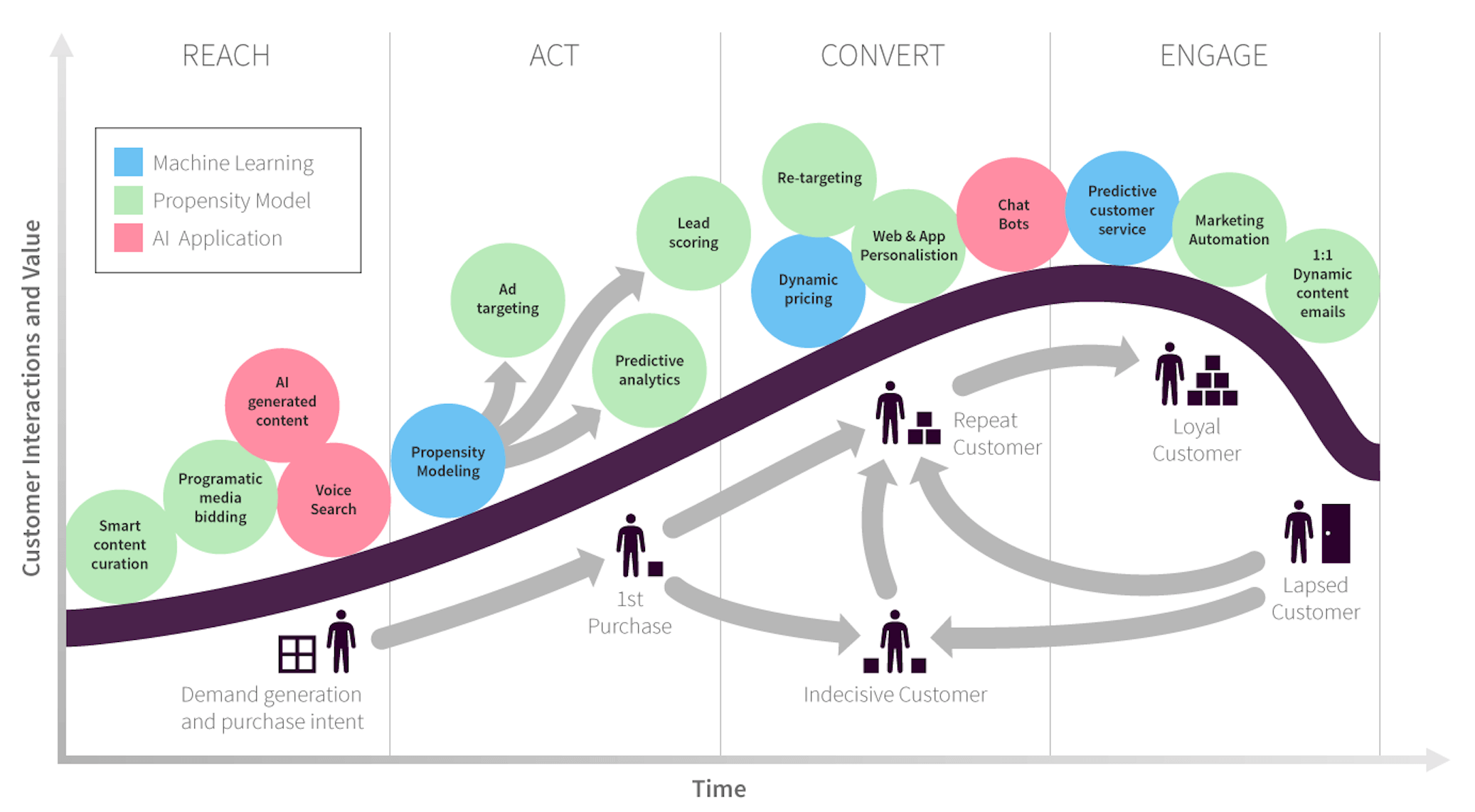
![ChatGPT For Businesses In 2024? [Best Free 25 Use Cases] - Free AI ...](https://mrrama.com/wp-content/uploads/2023/03/Chatgpt-use-cases-768x466.png)
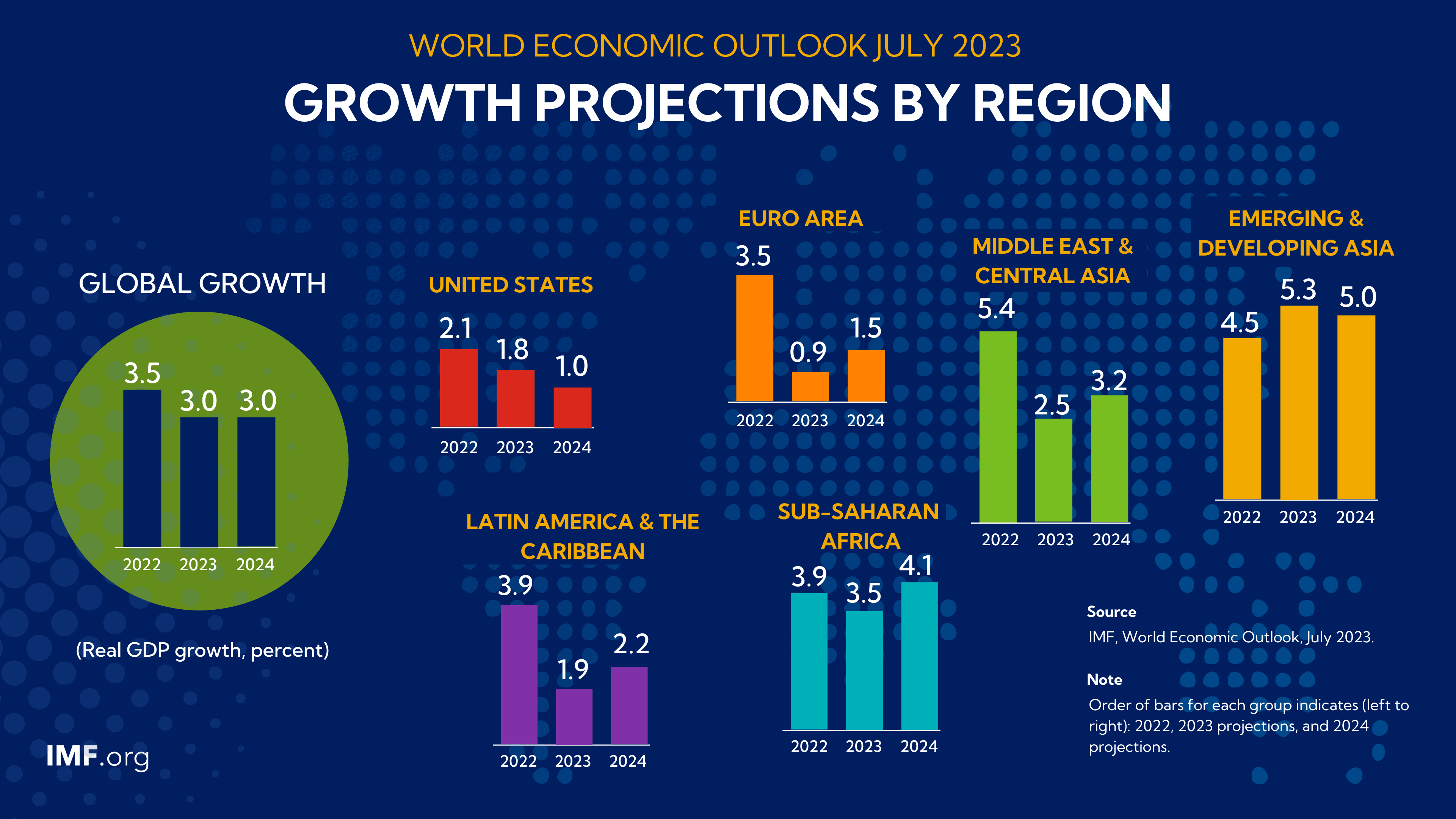


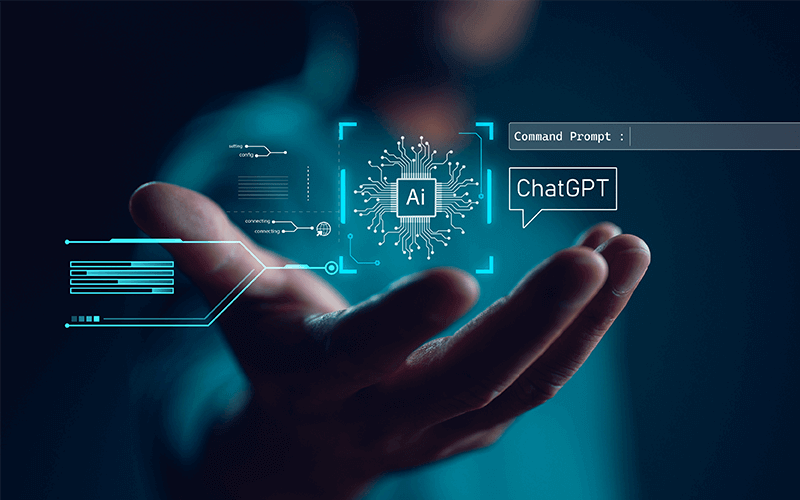








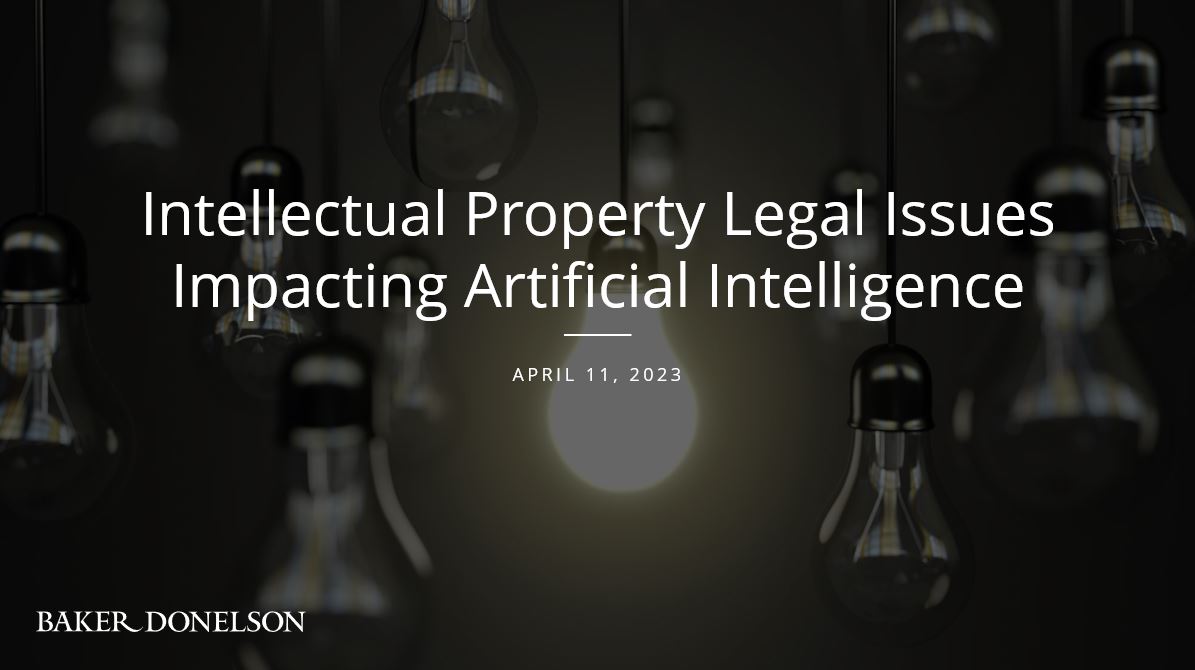

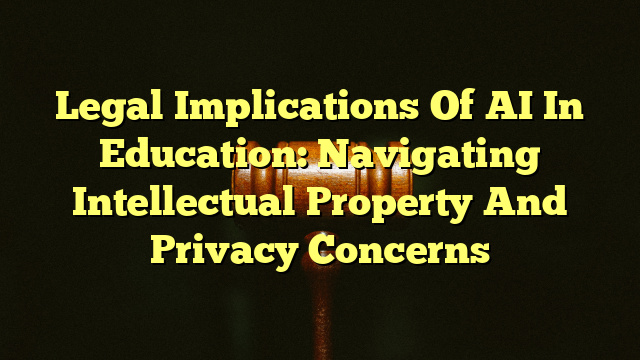


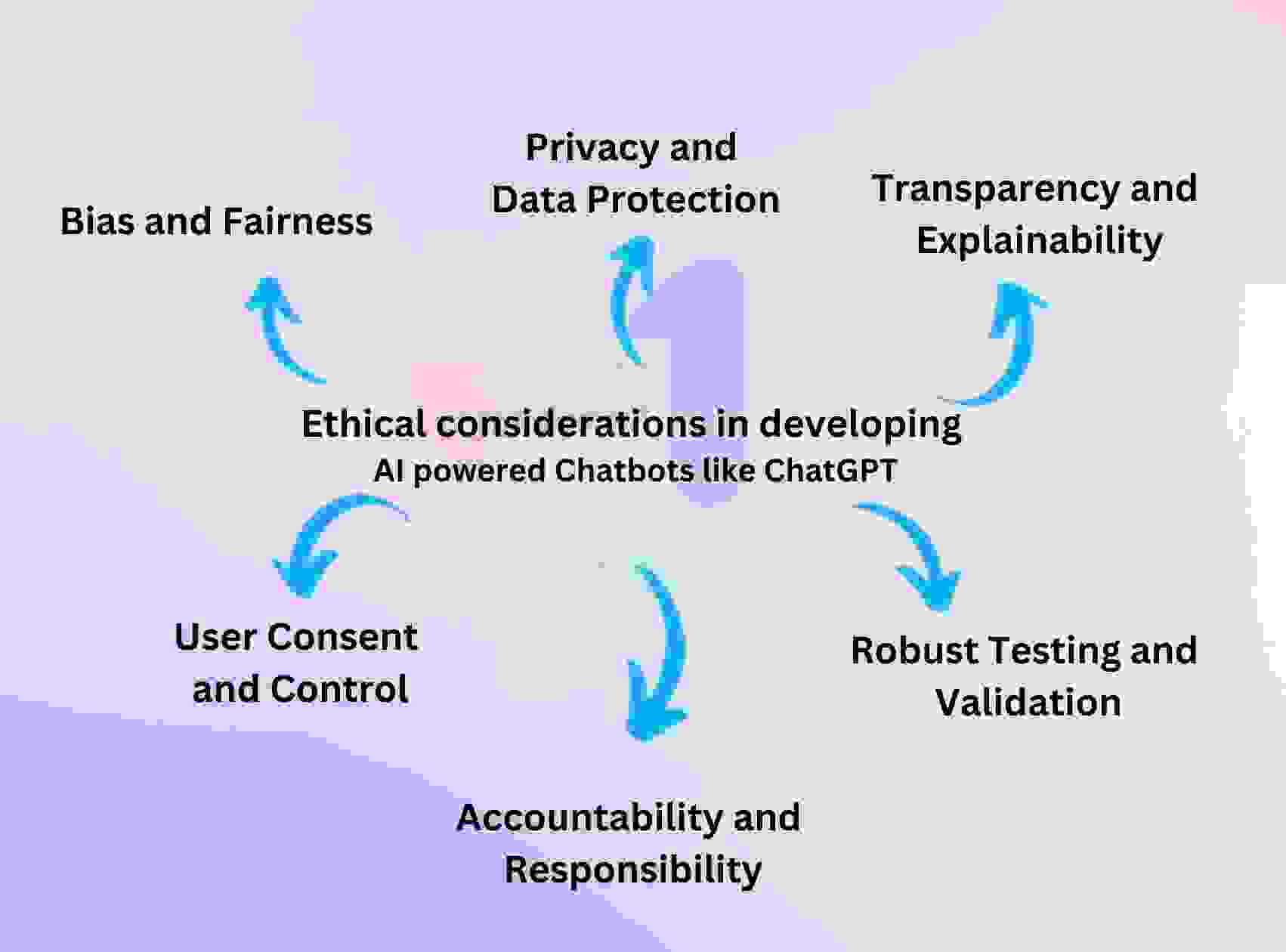



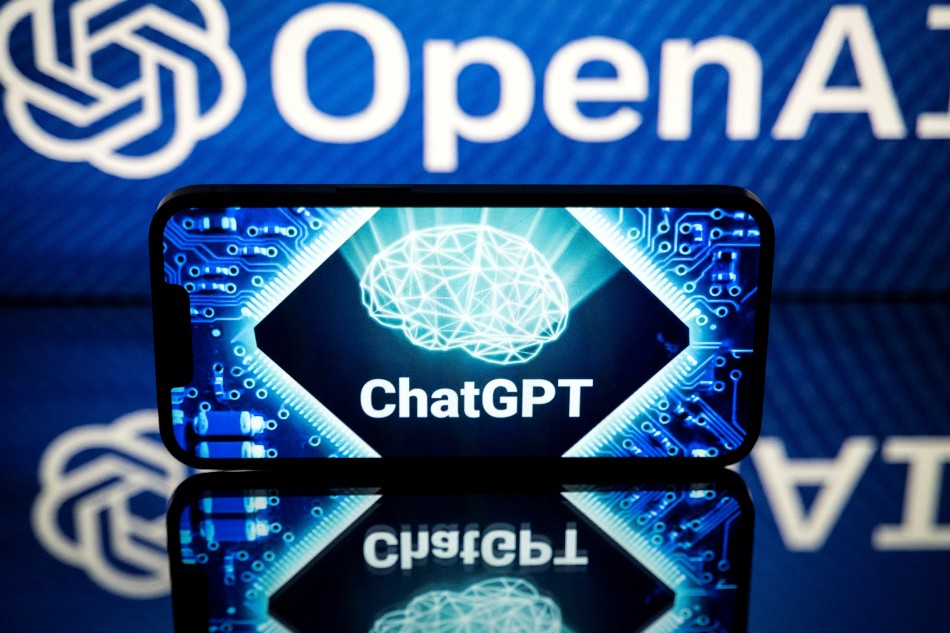








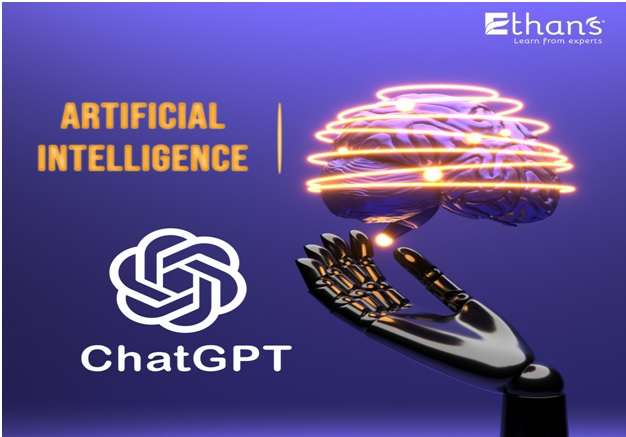

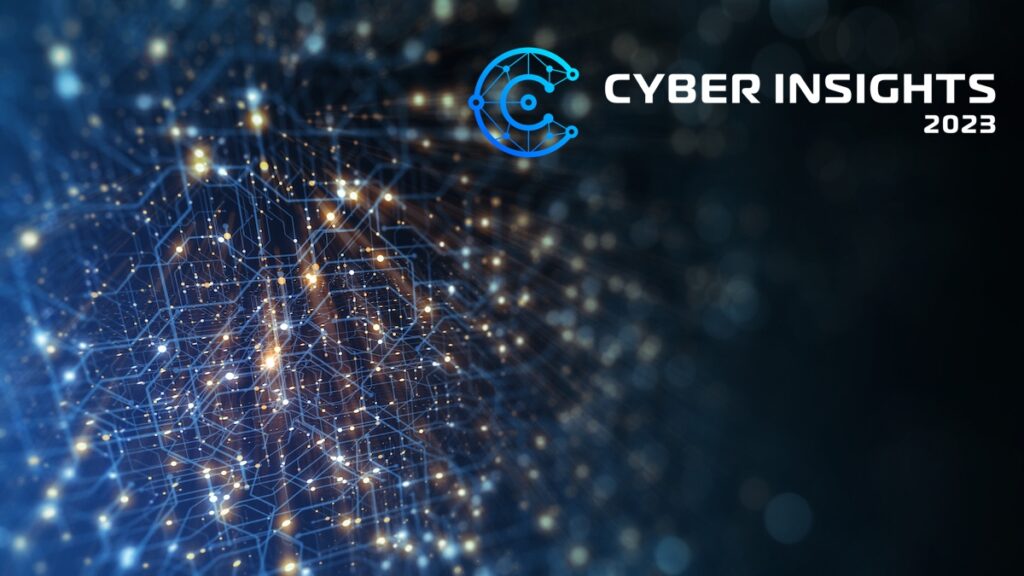

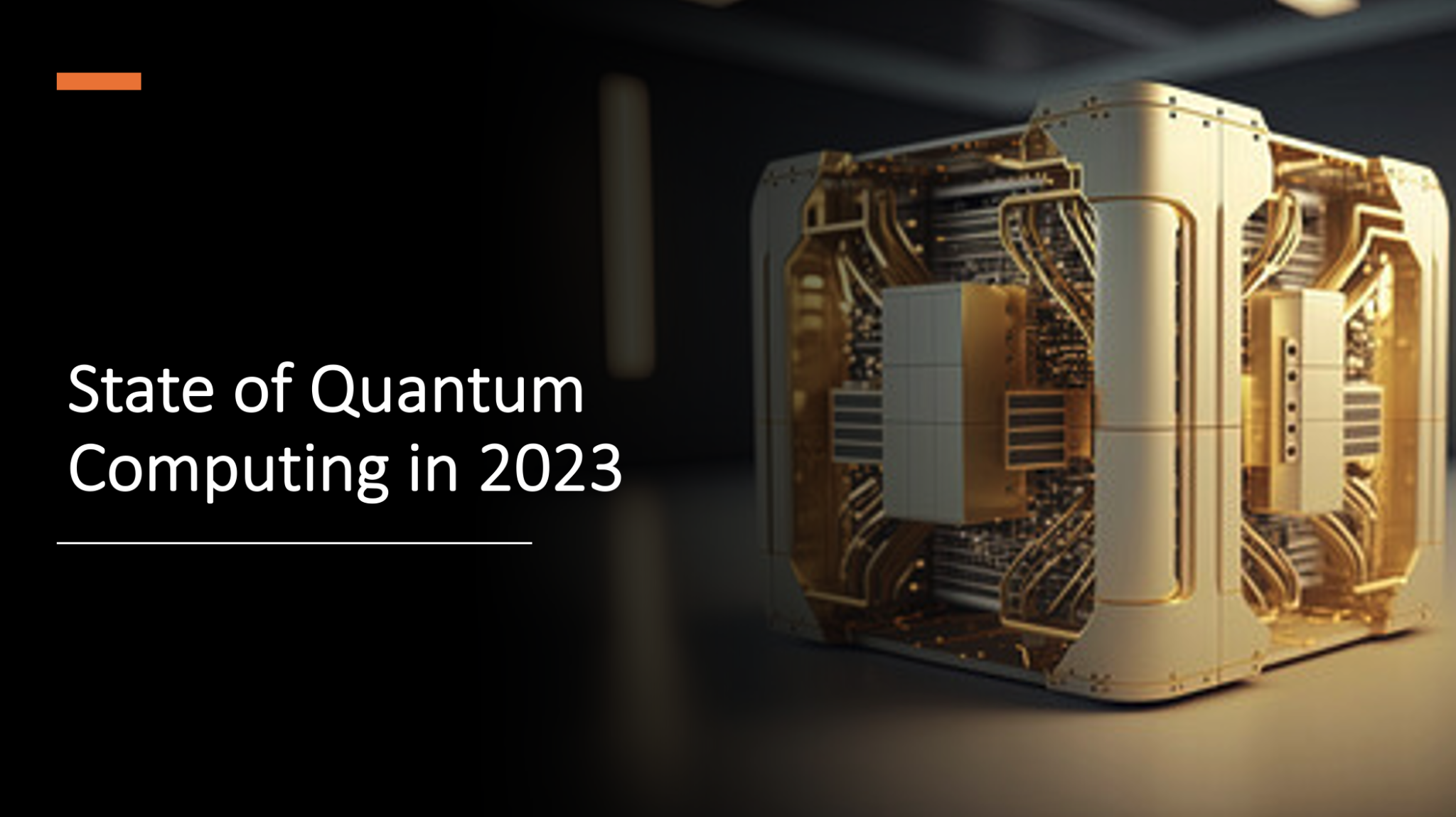

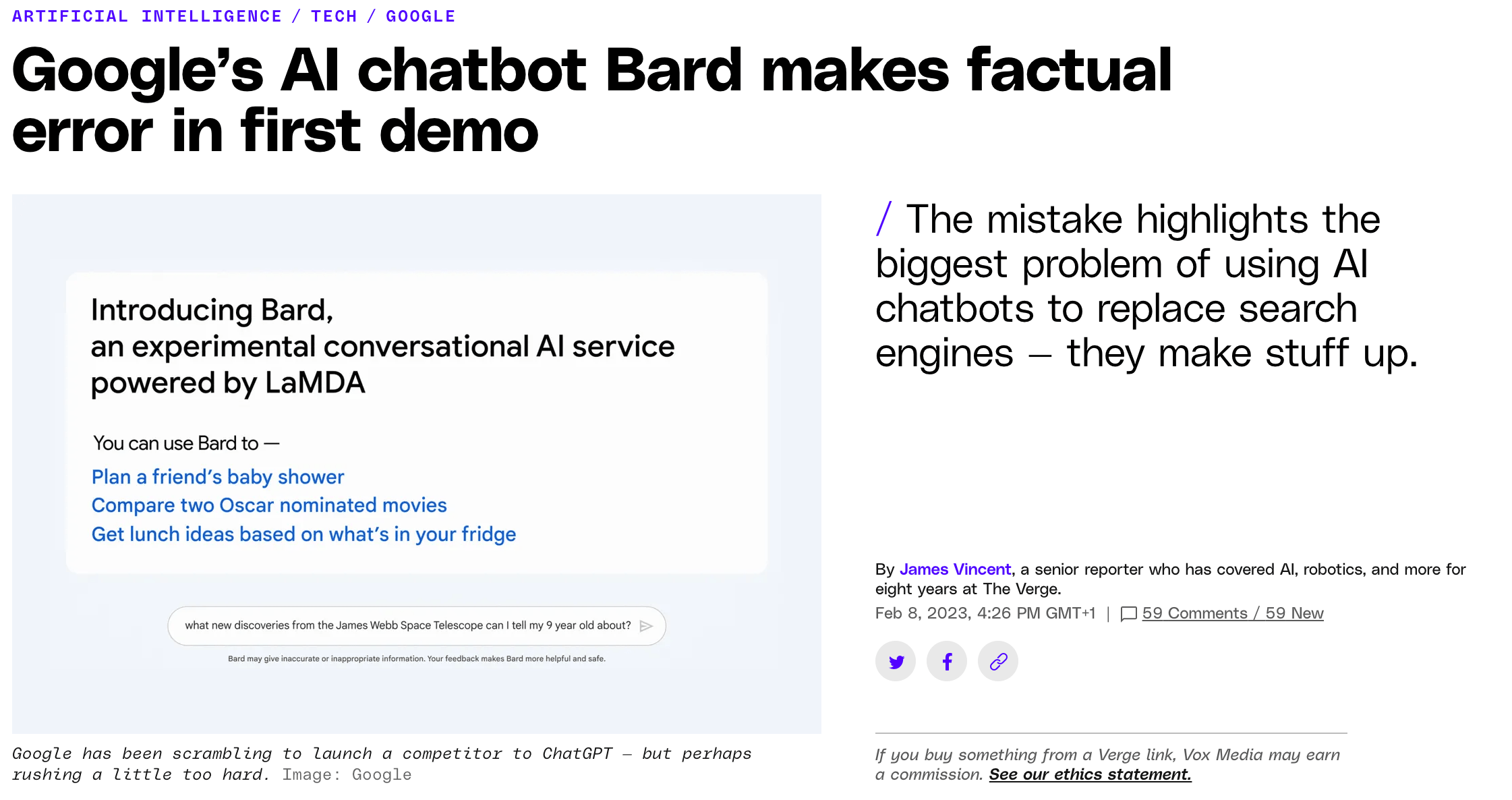
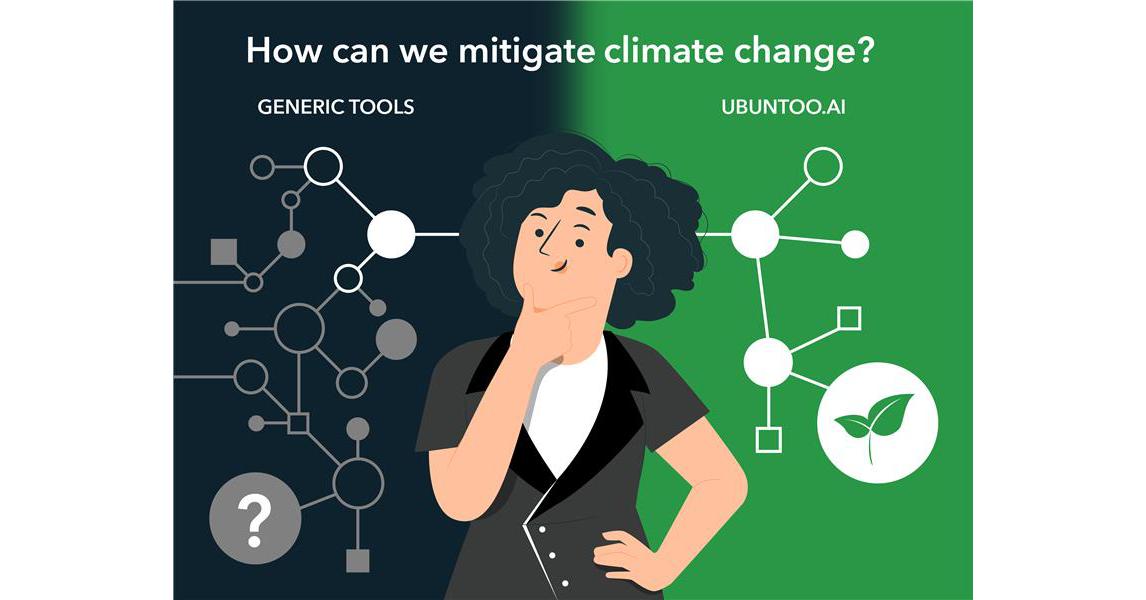
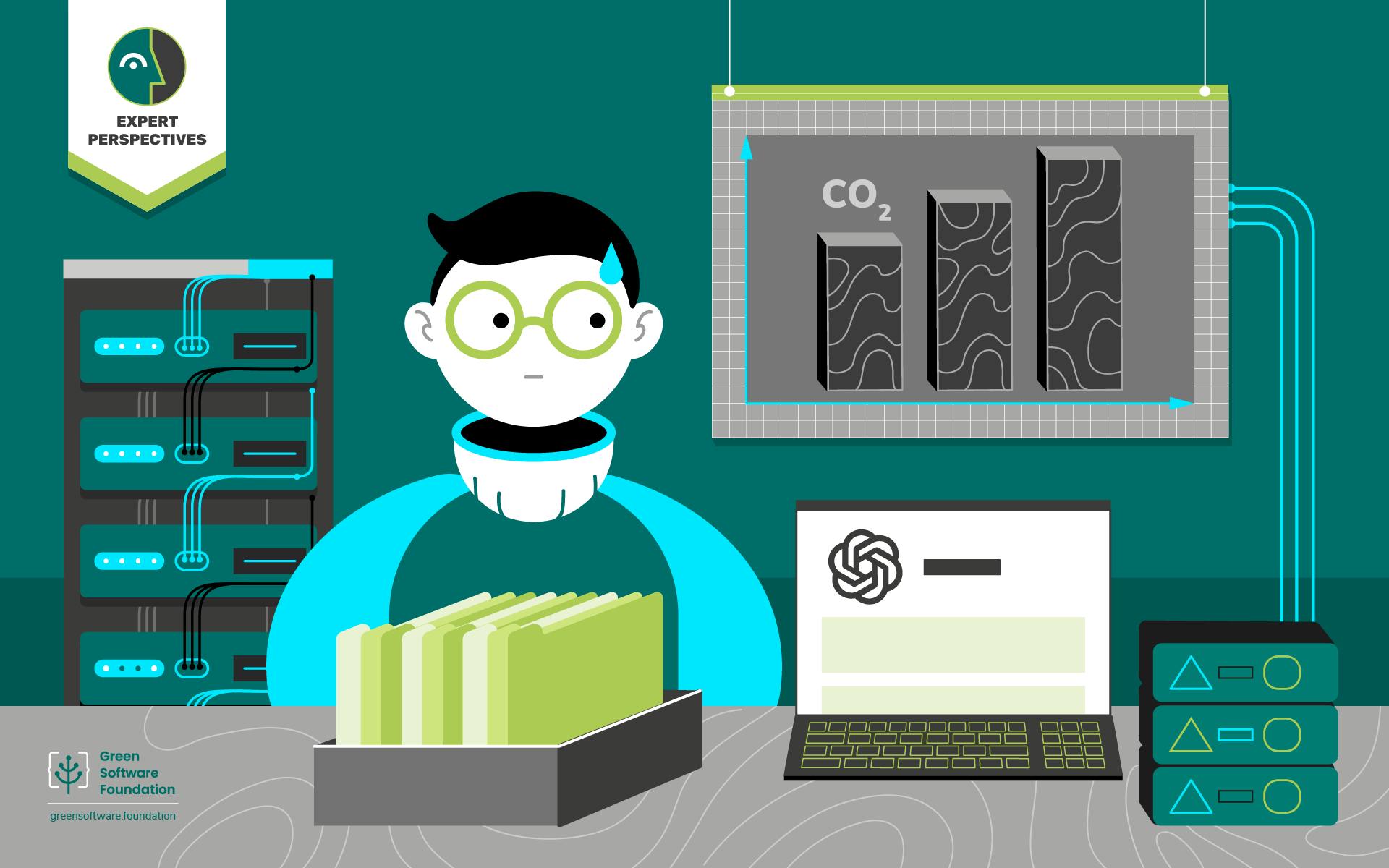
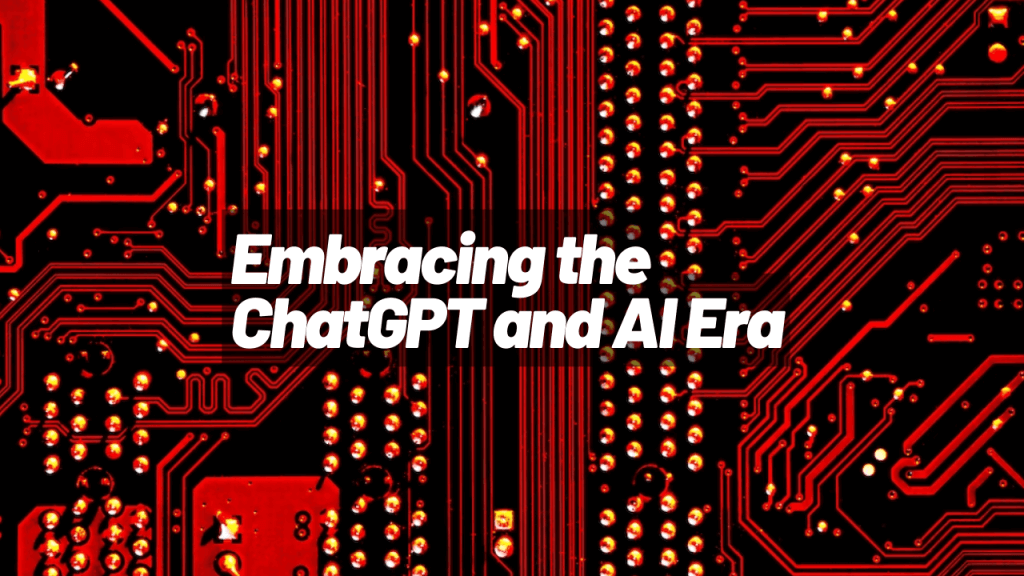


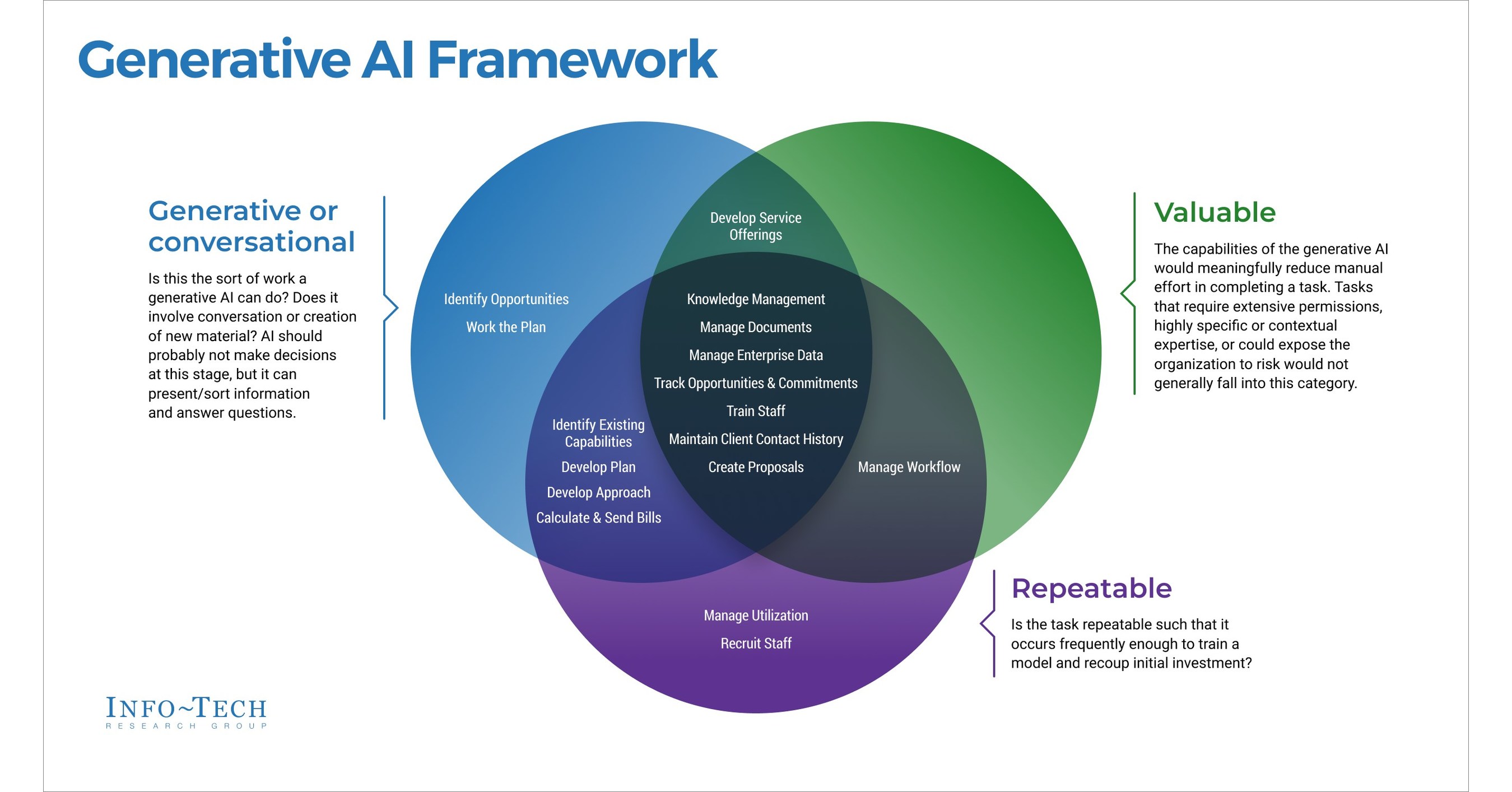


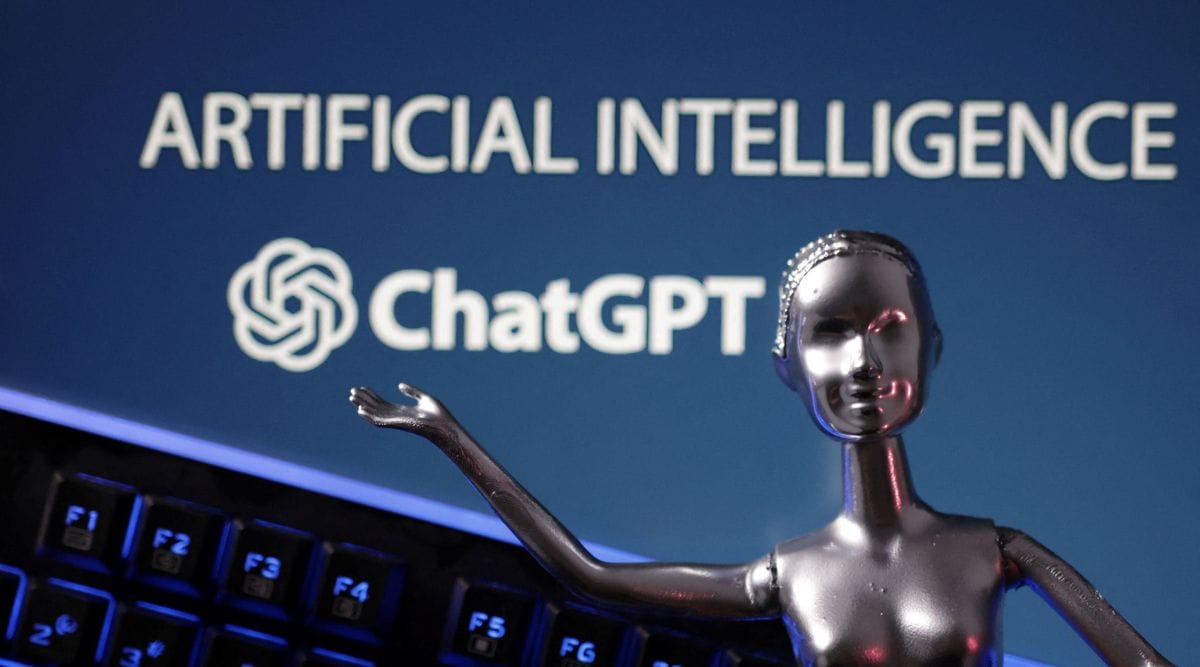
.png?auto=format&ixlib=react-9.0.3&h=1731&w=1337)
